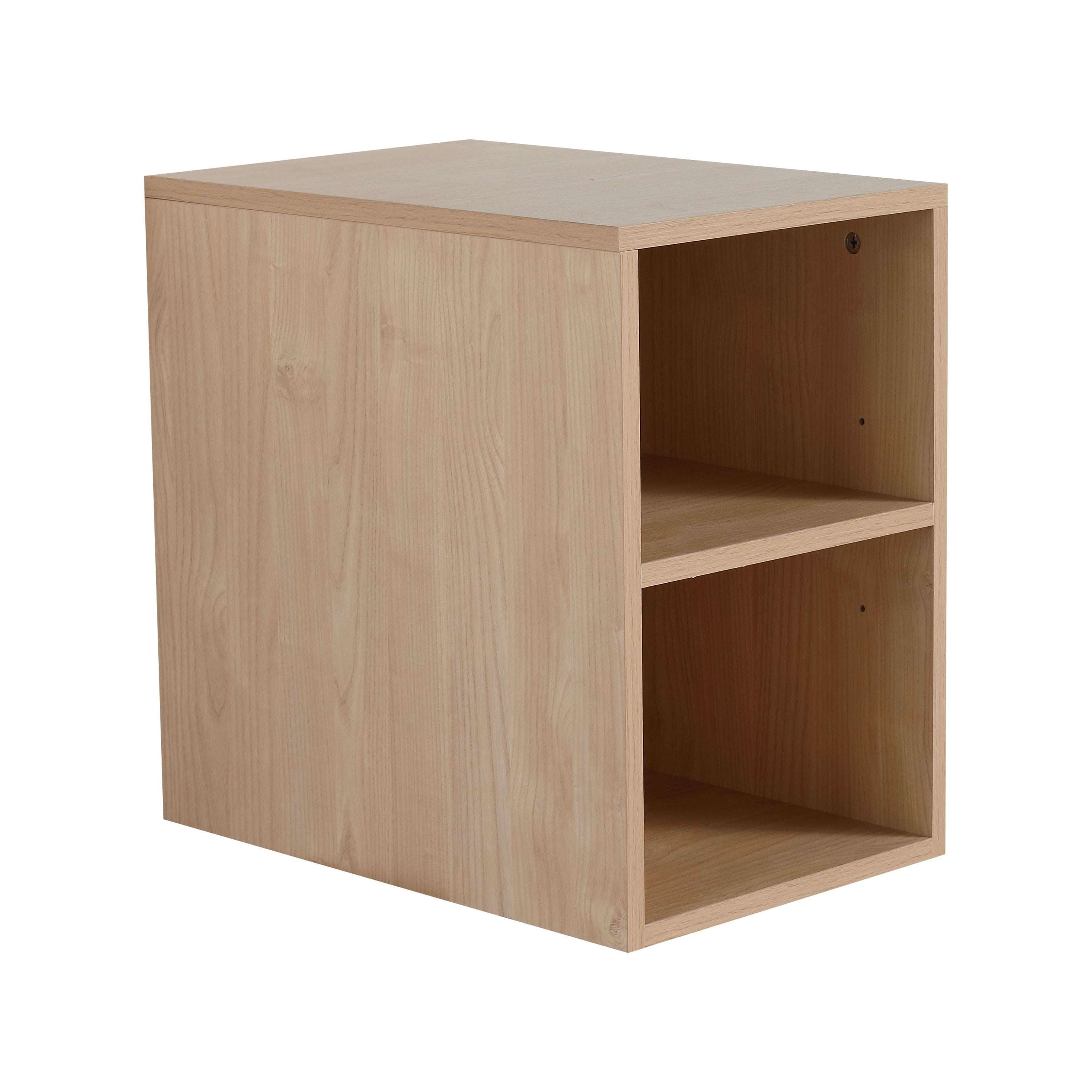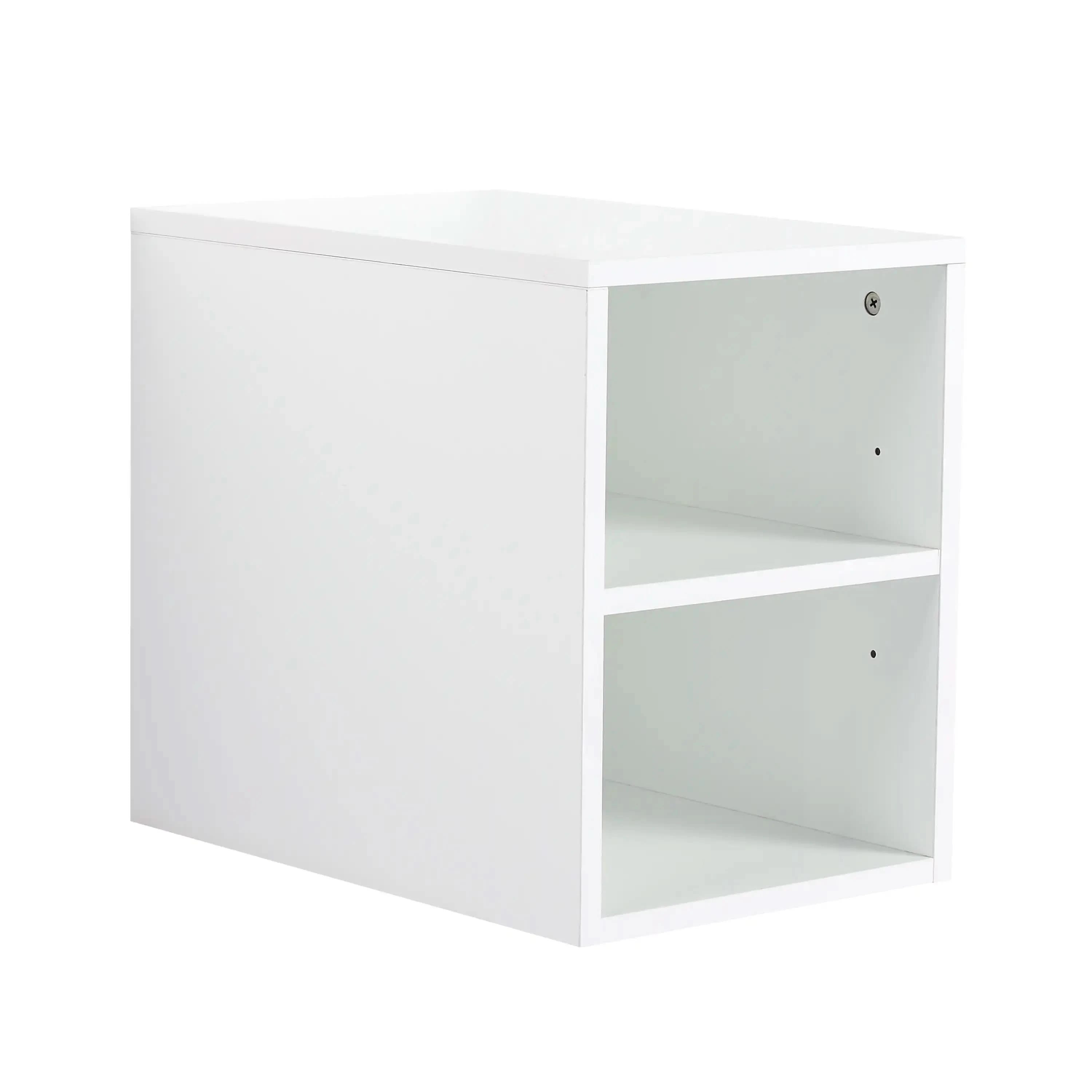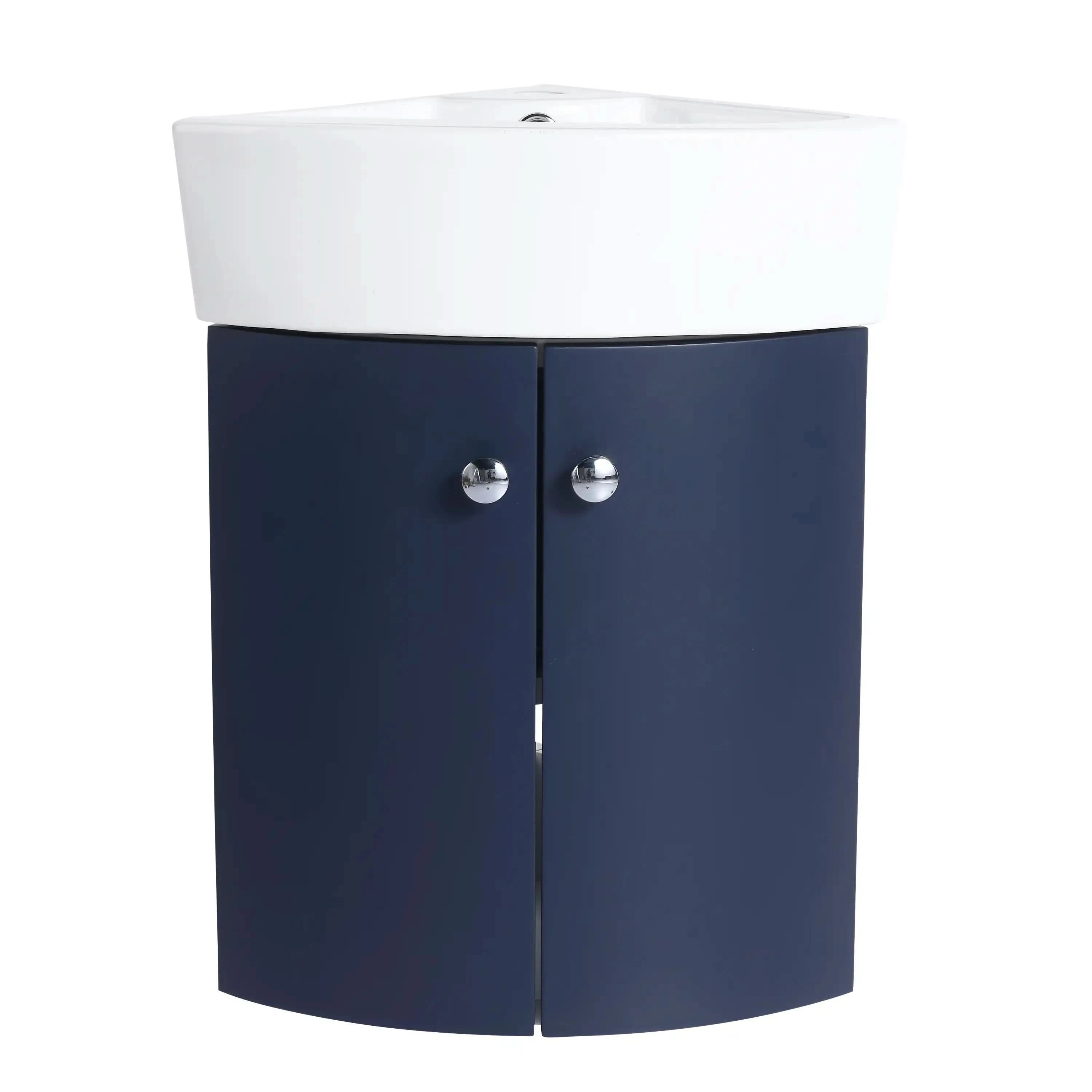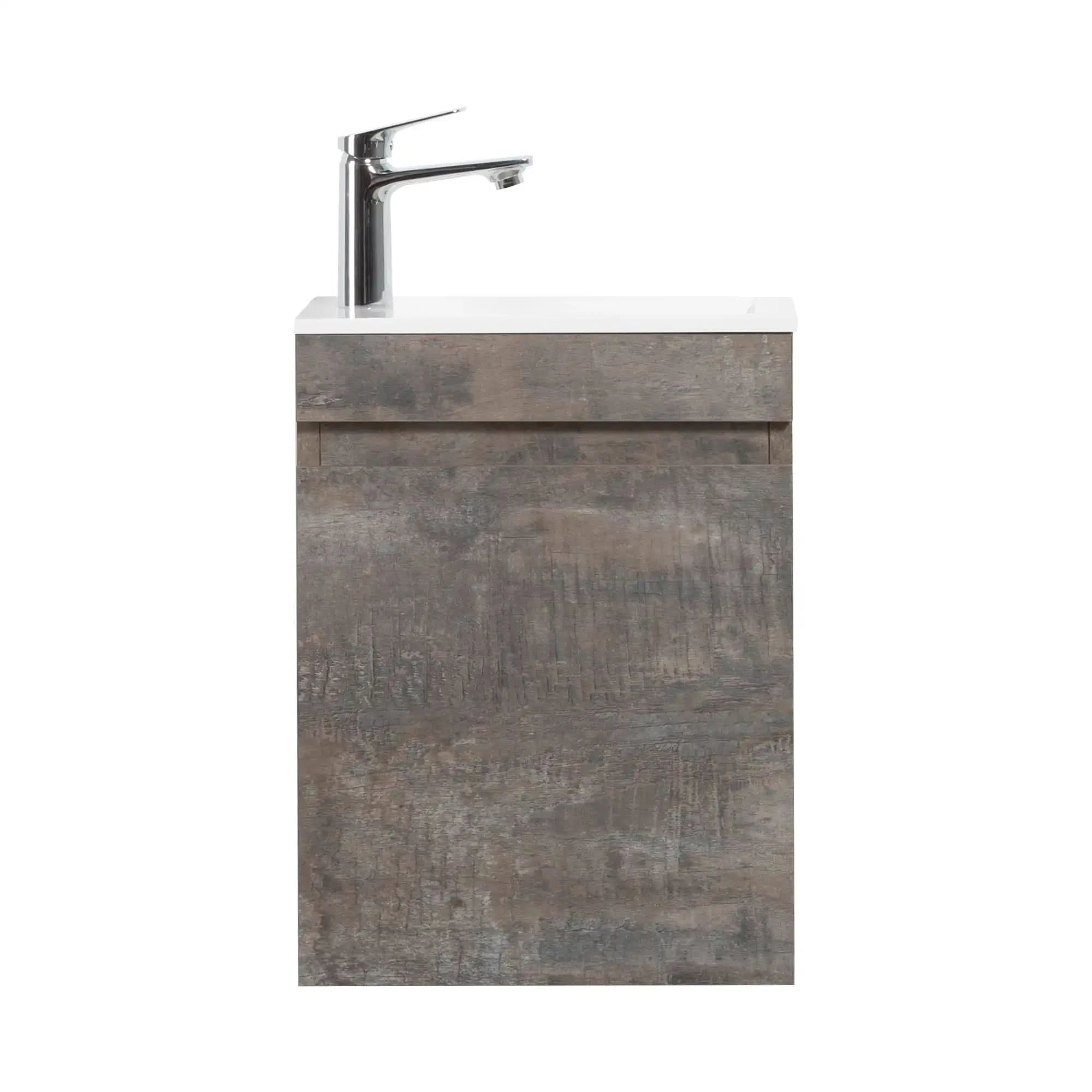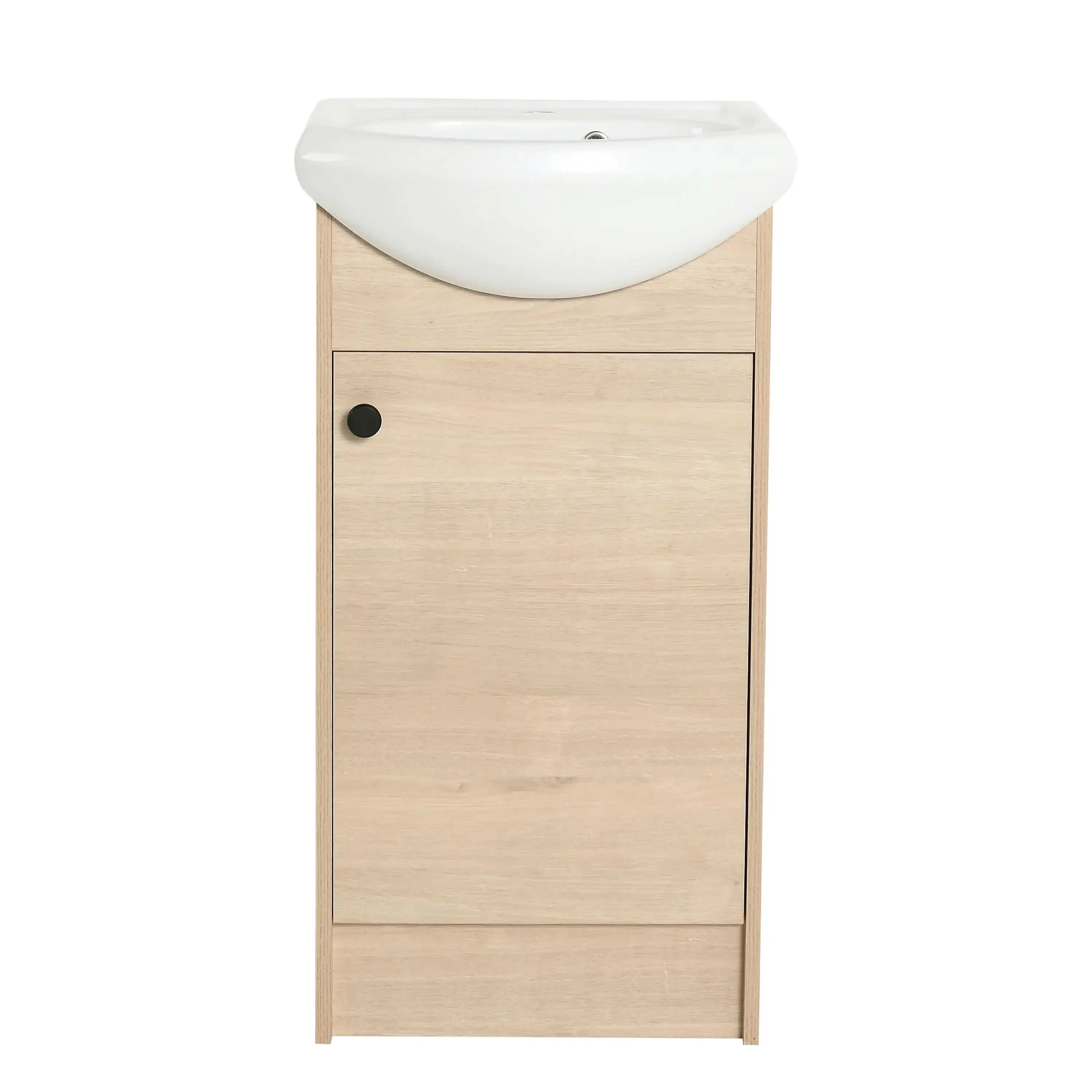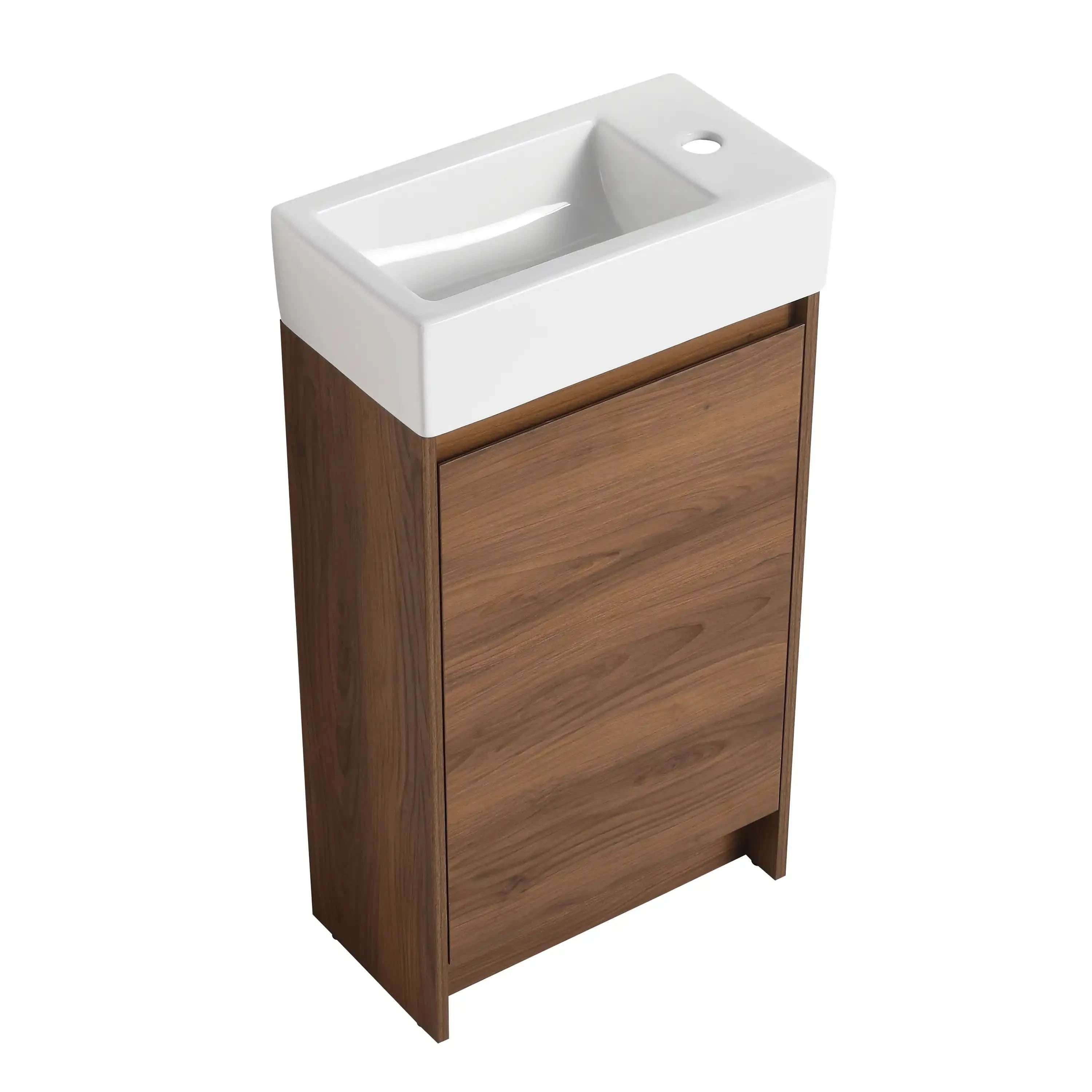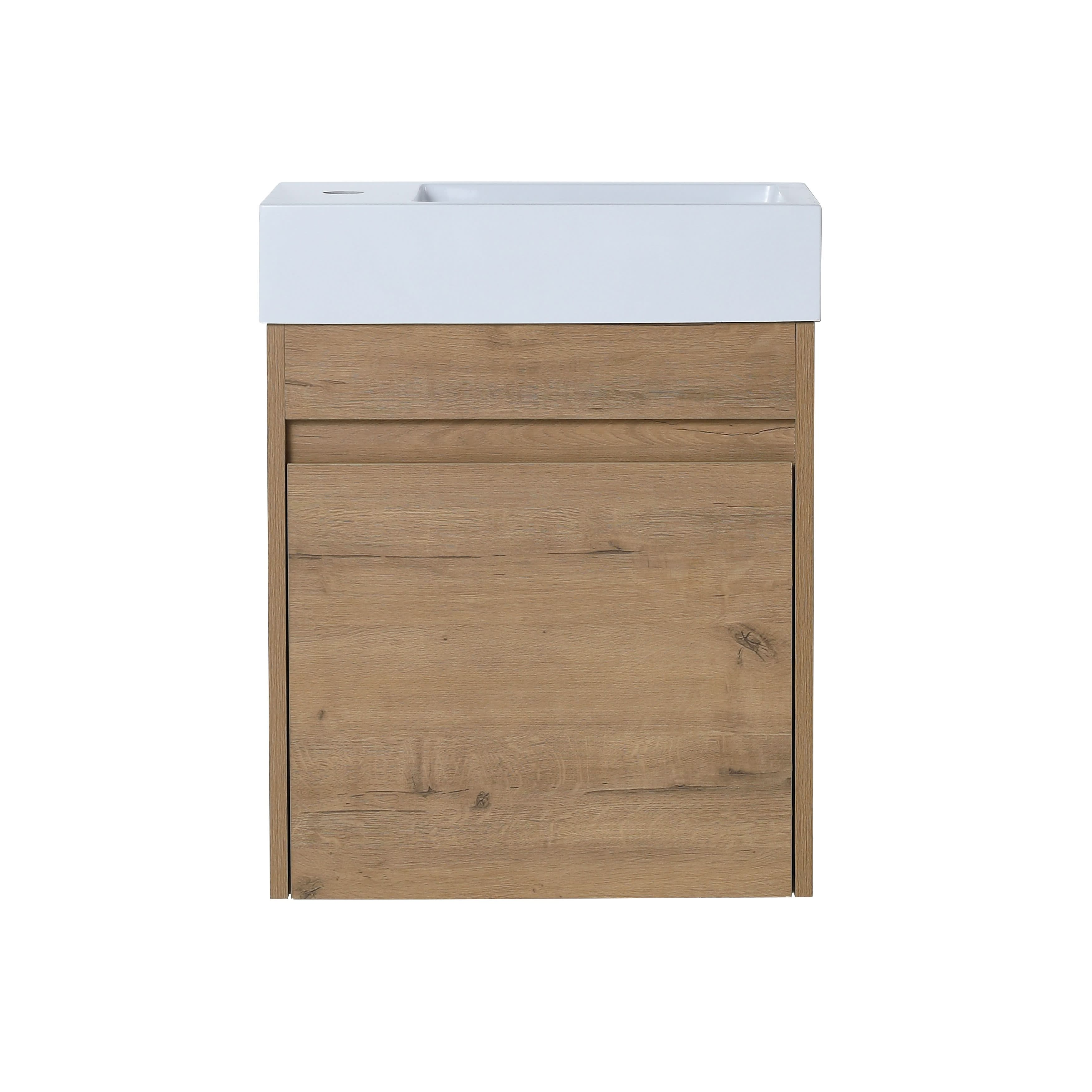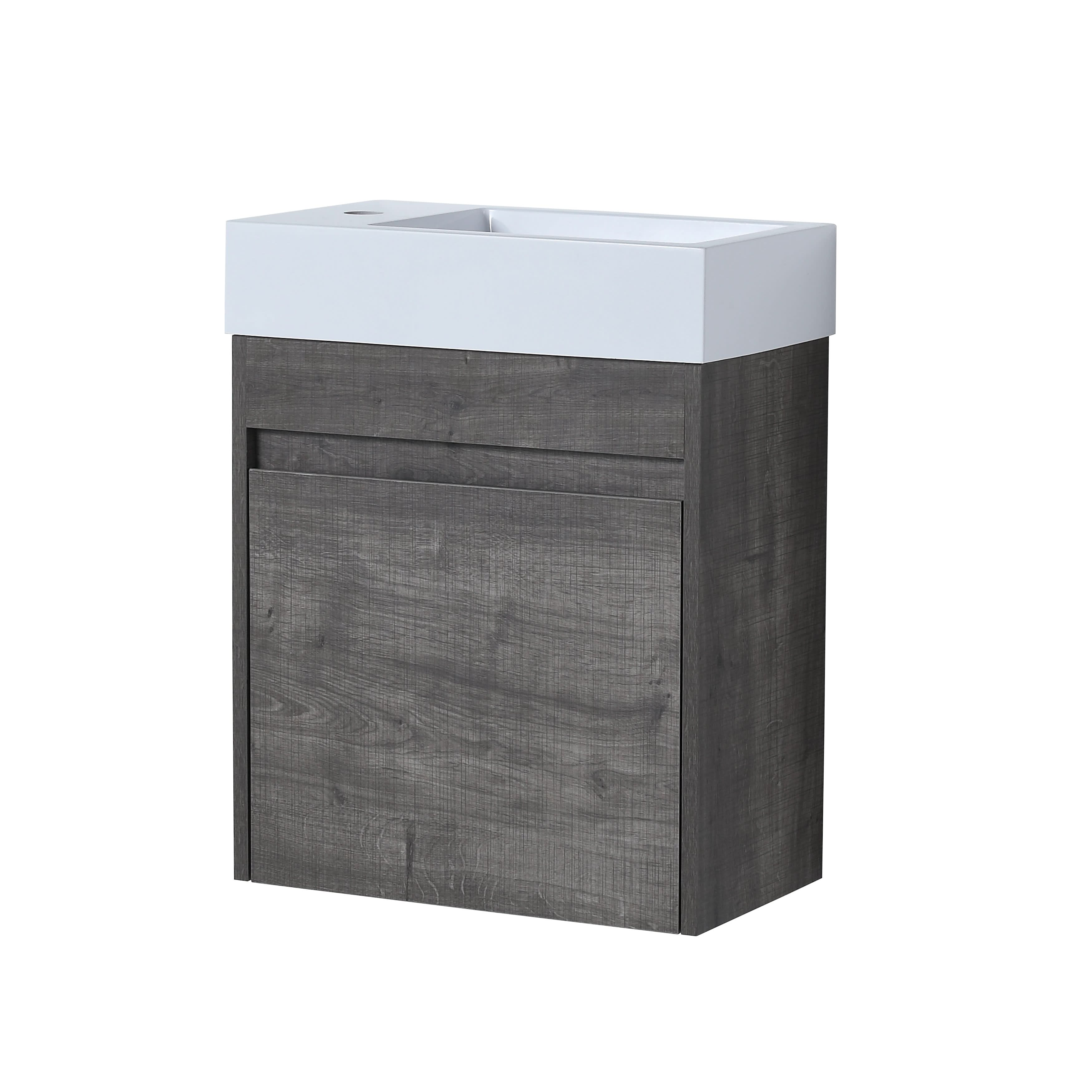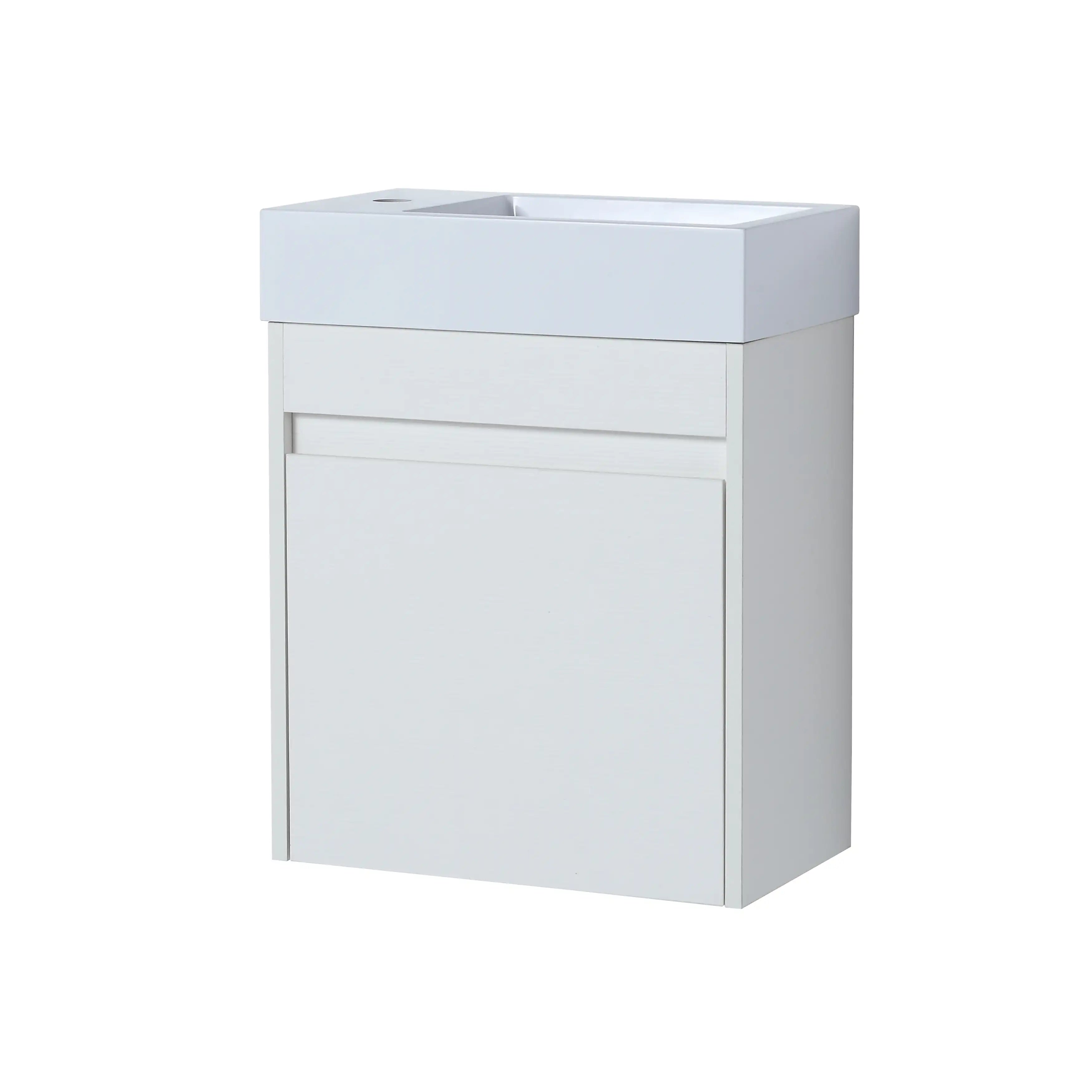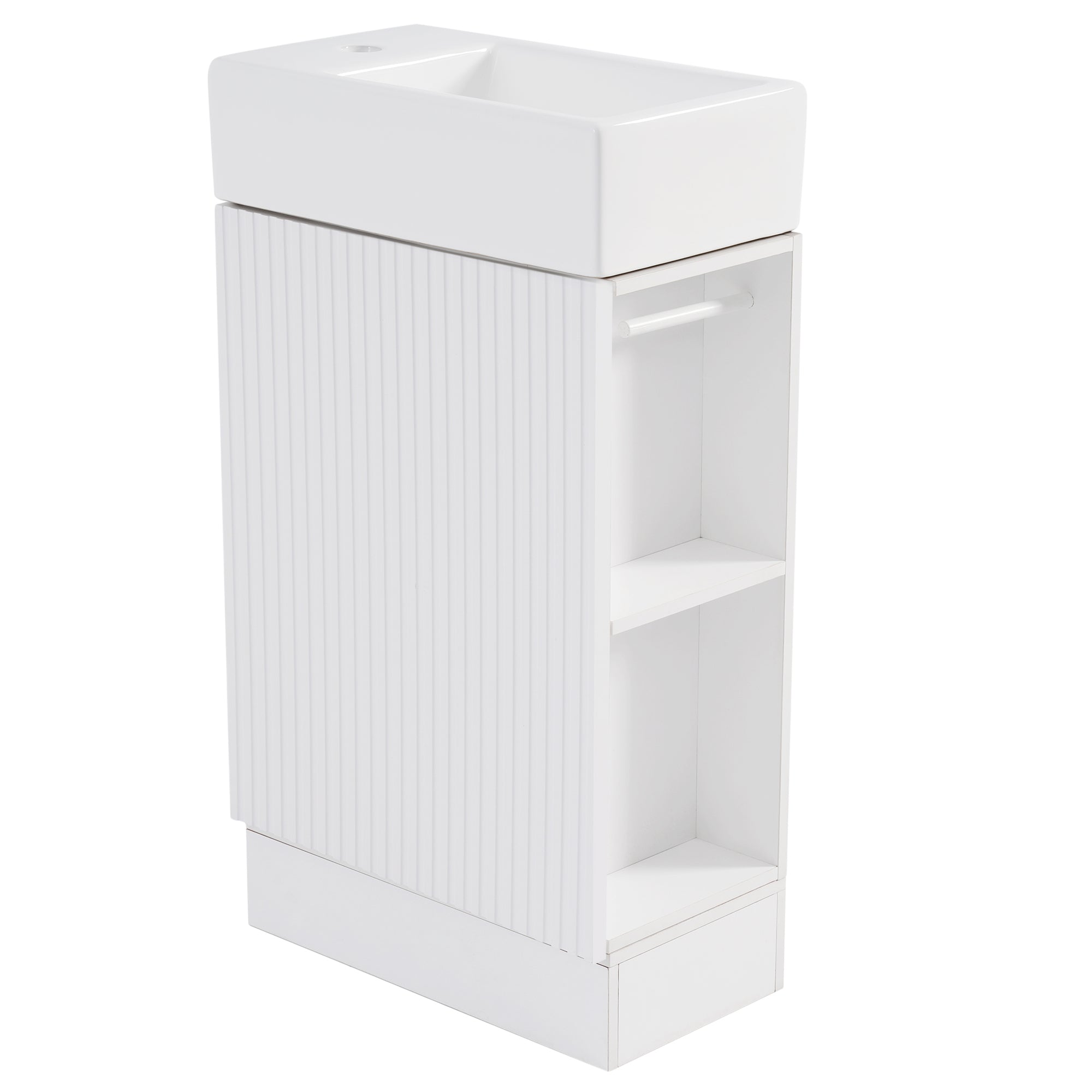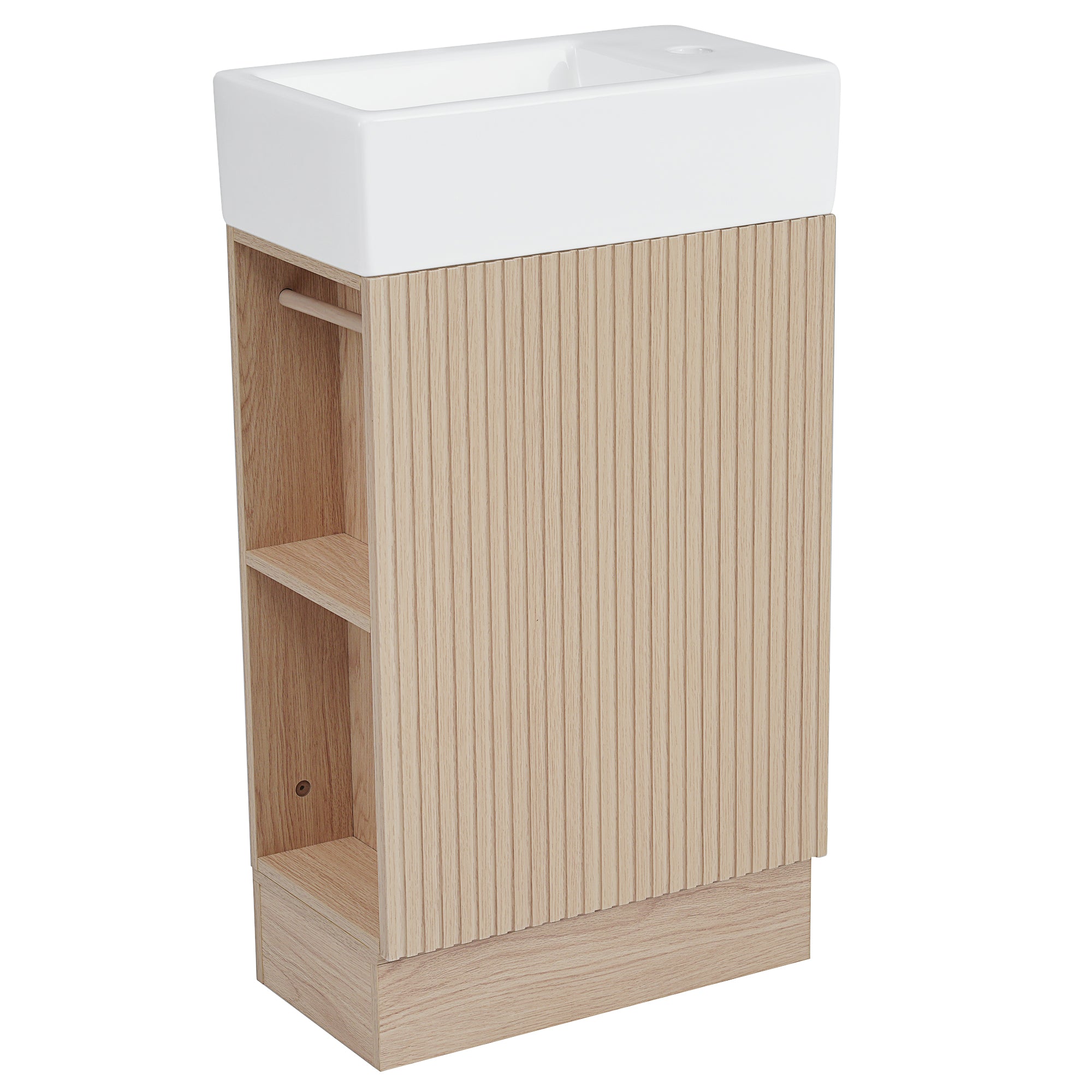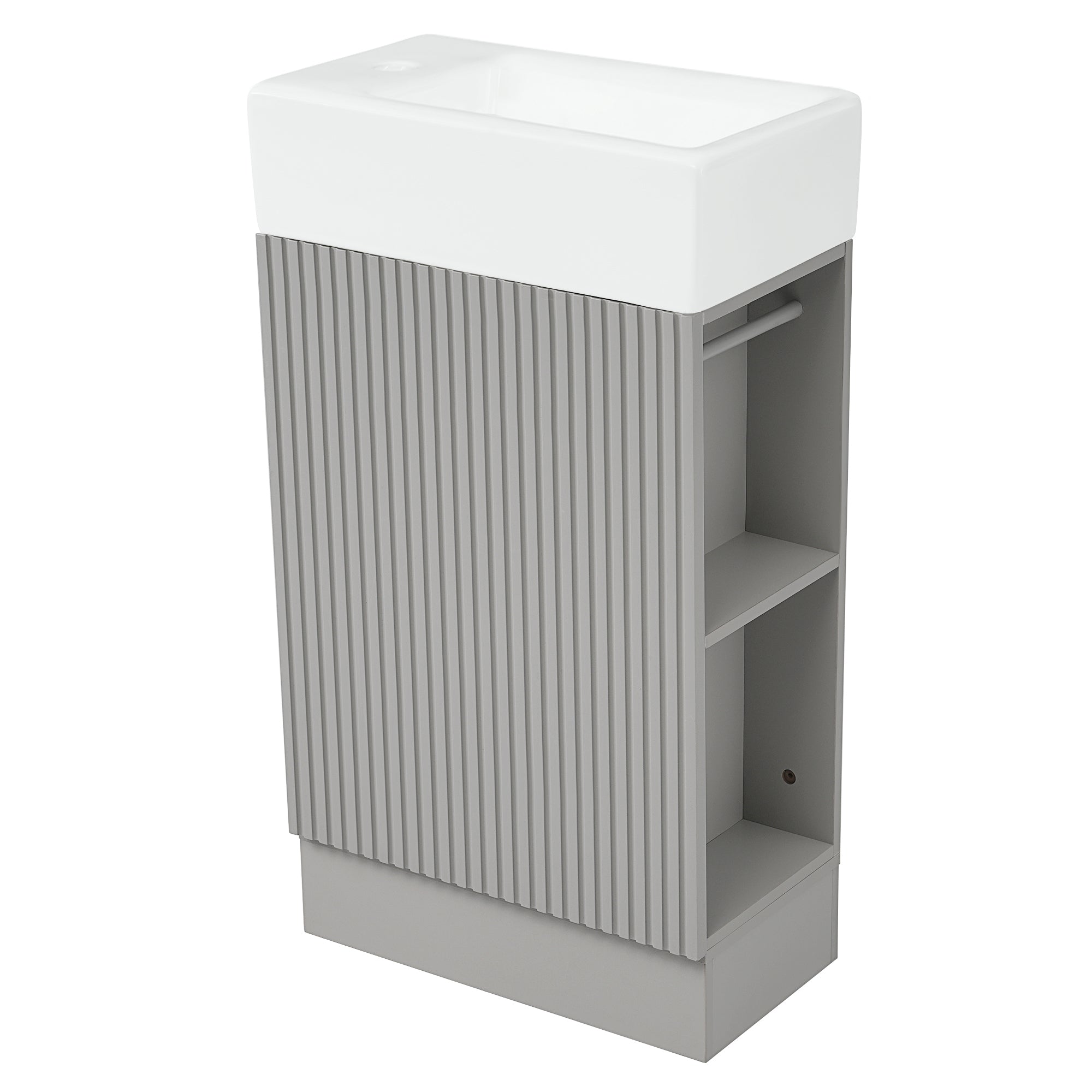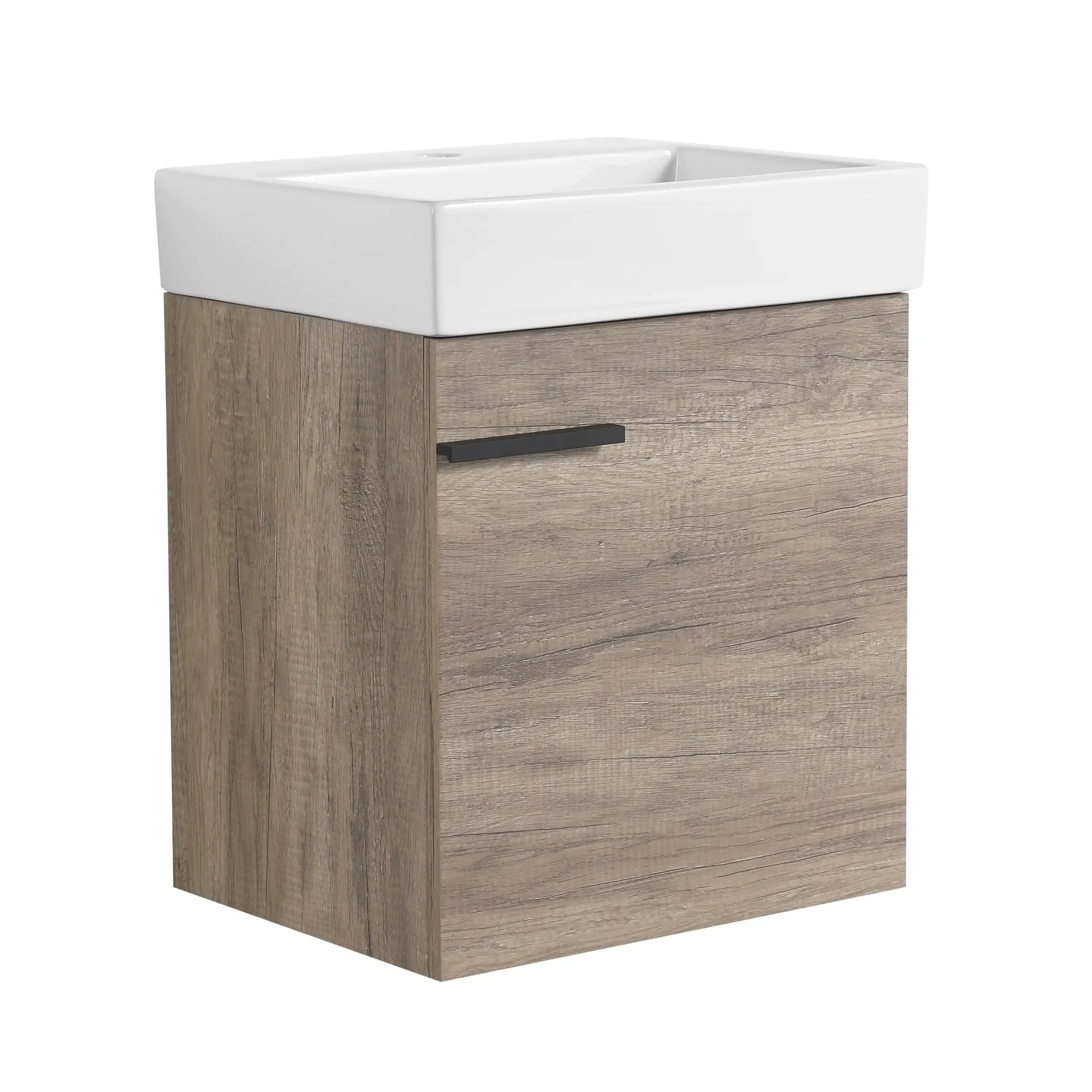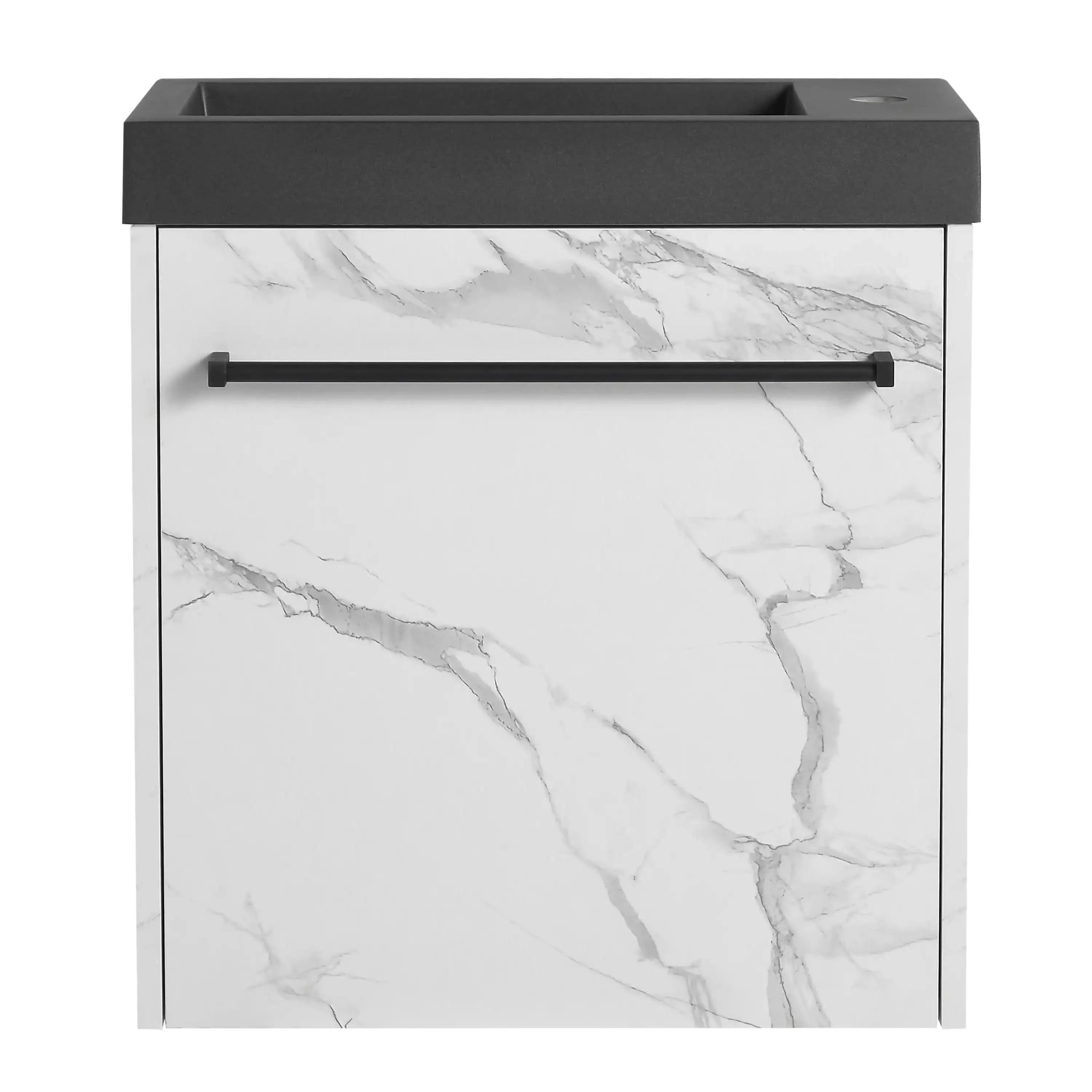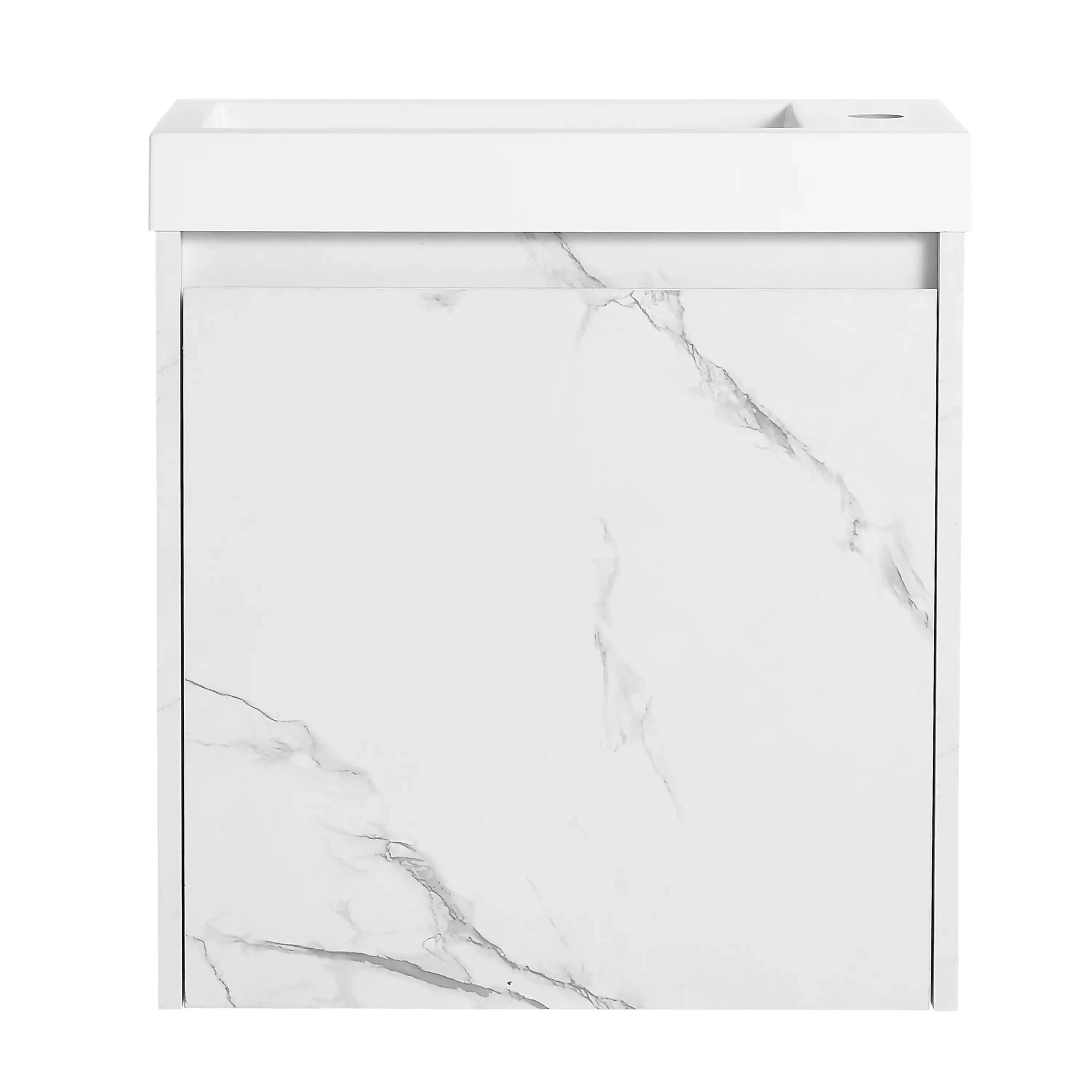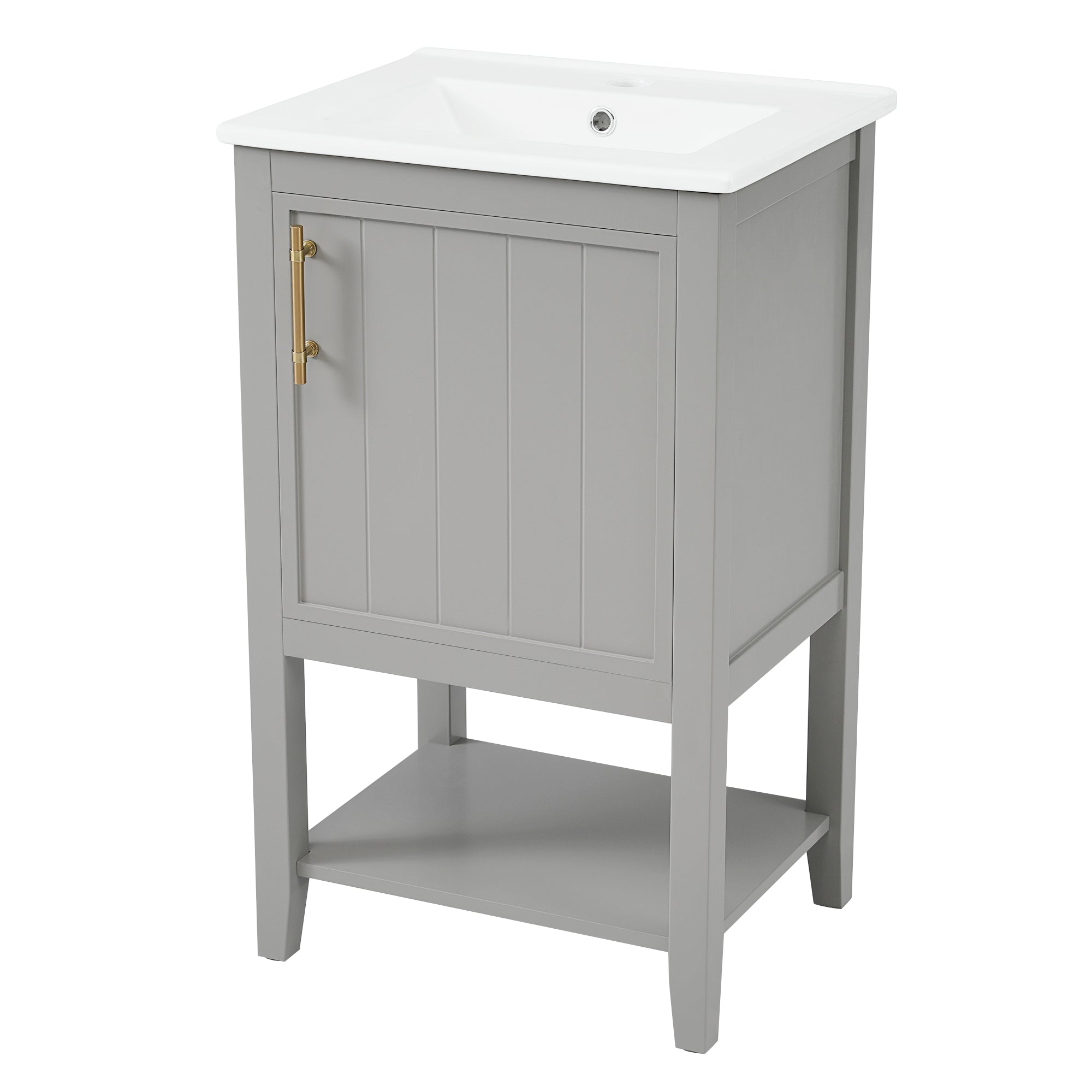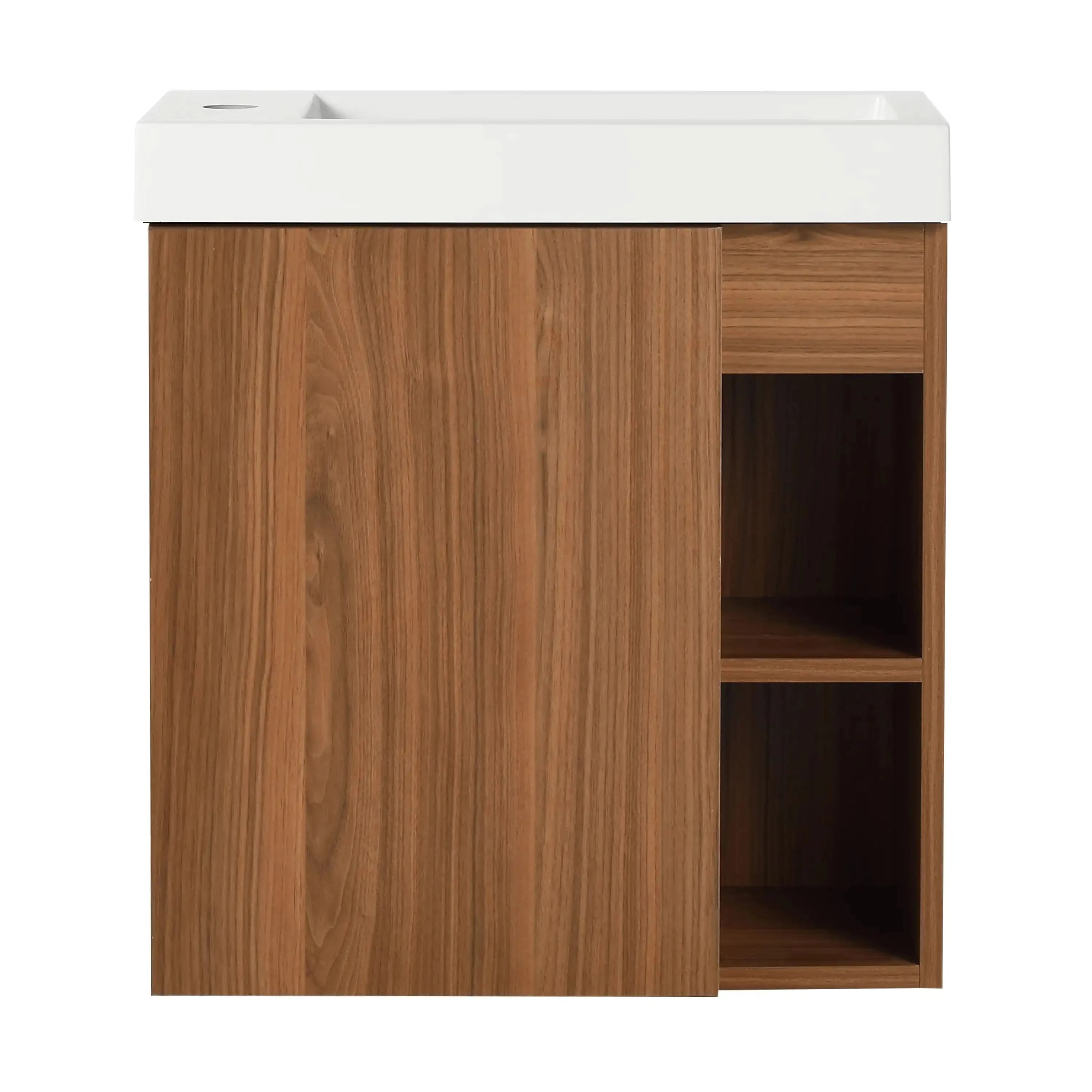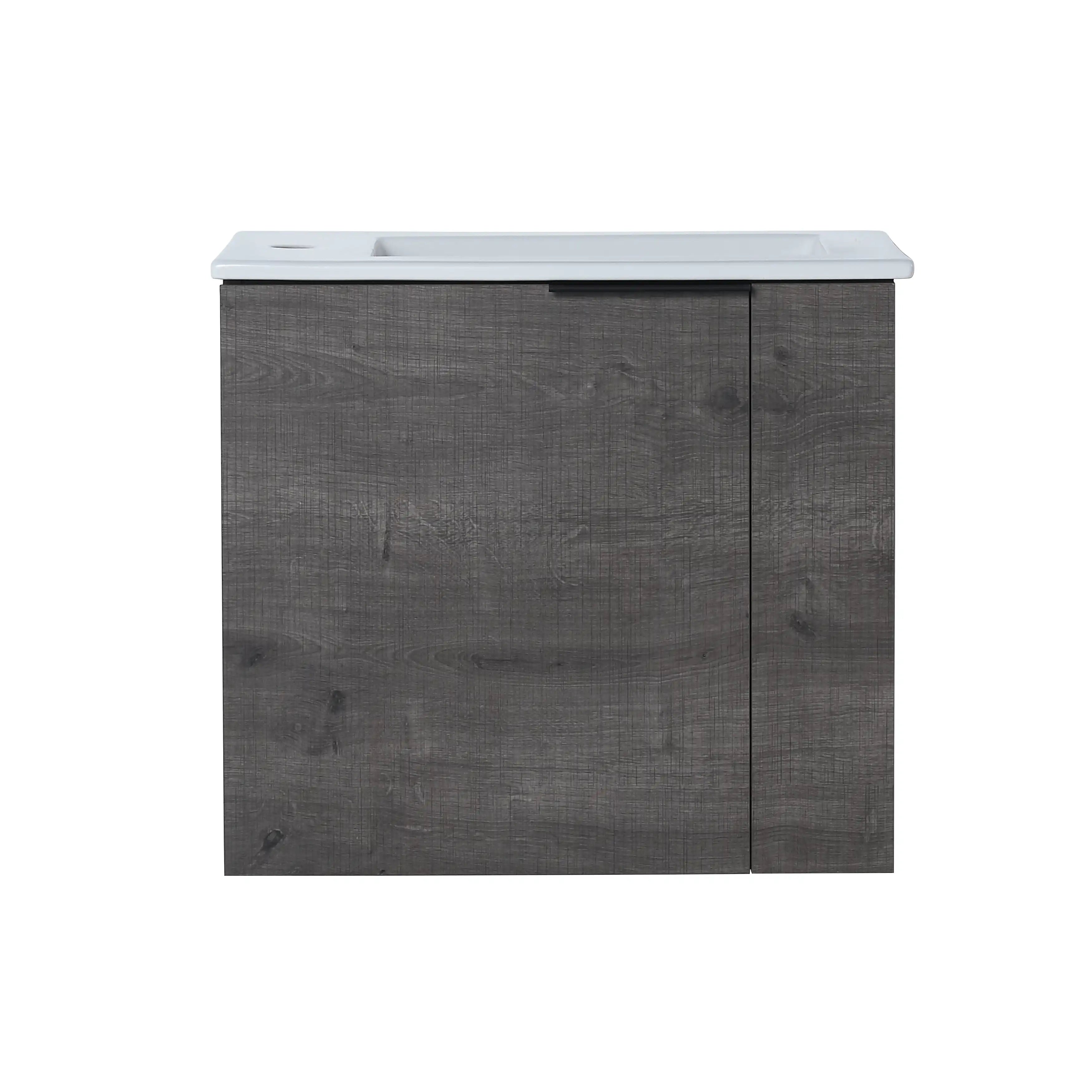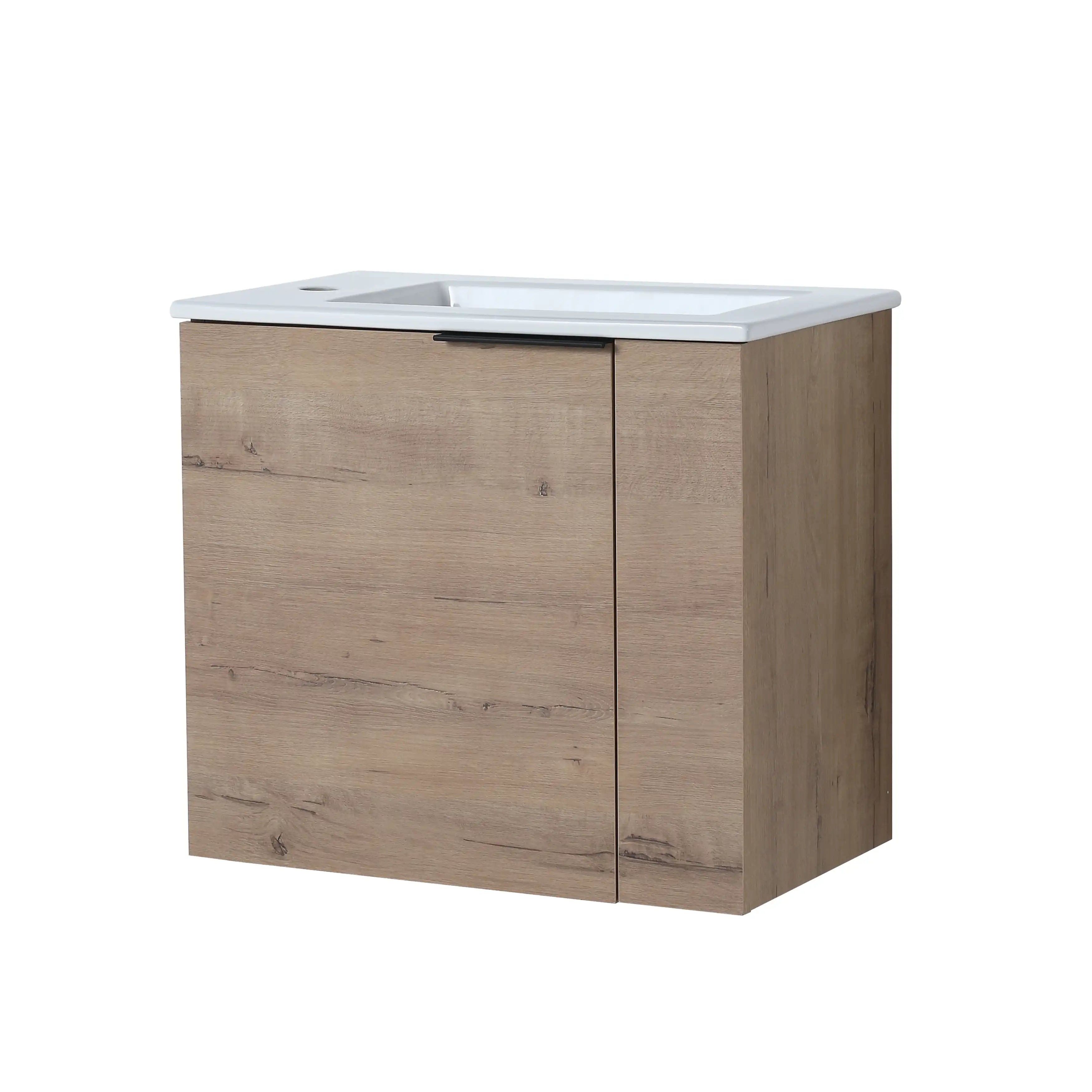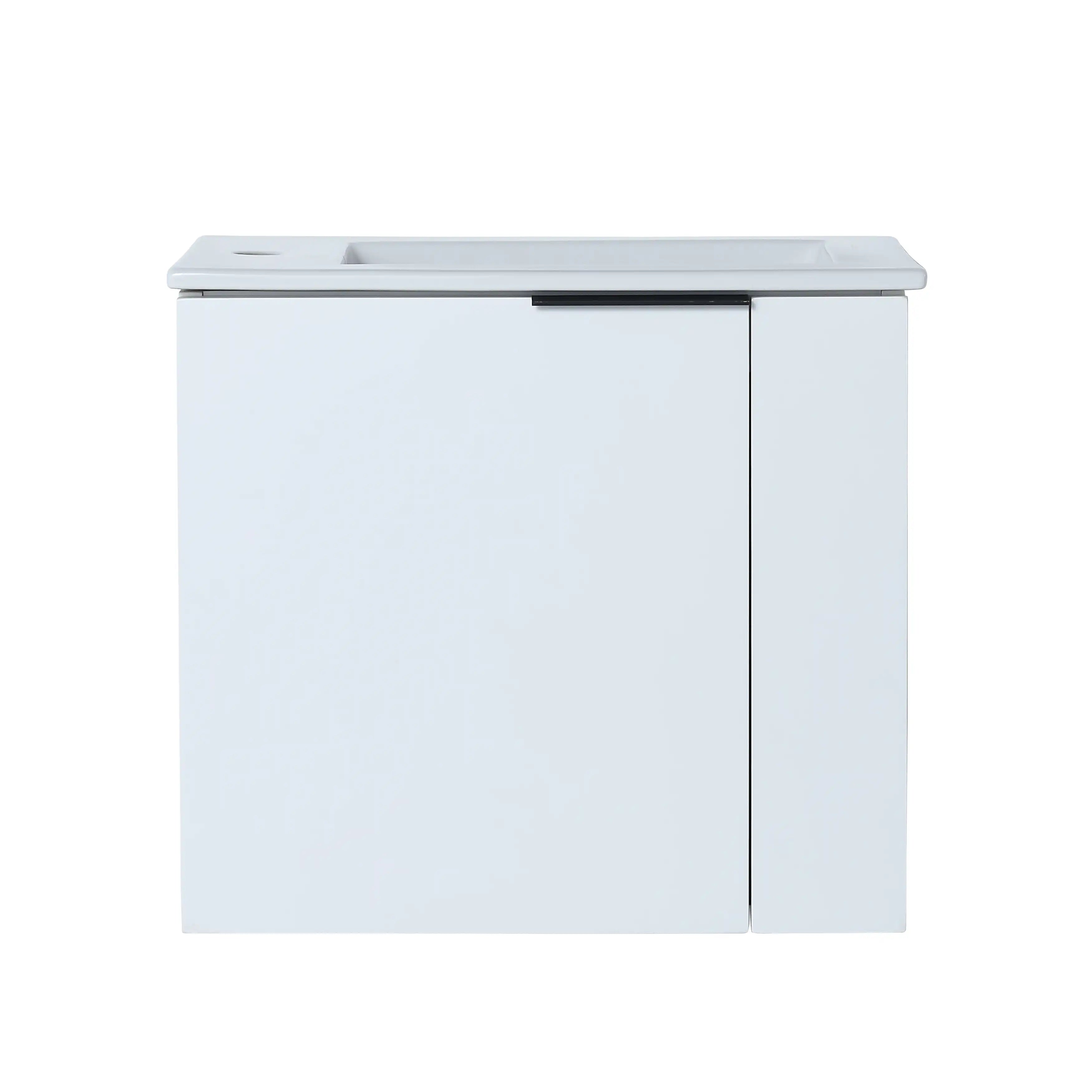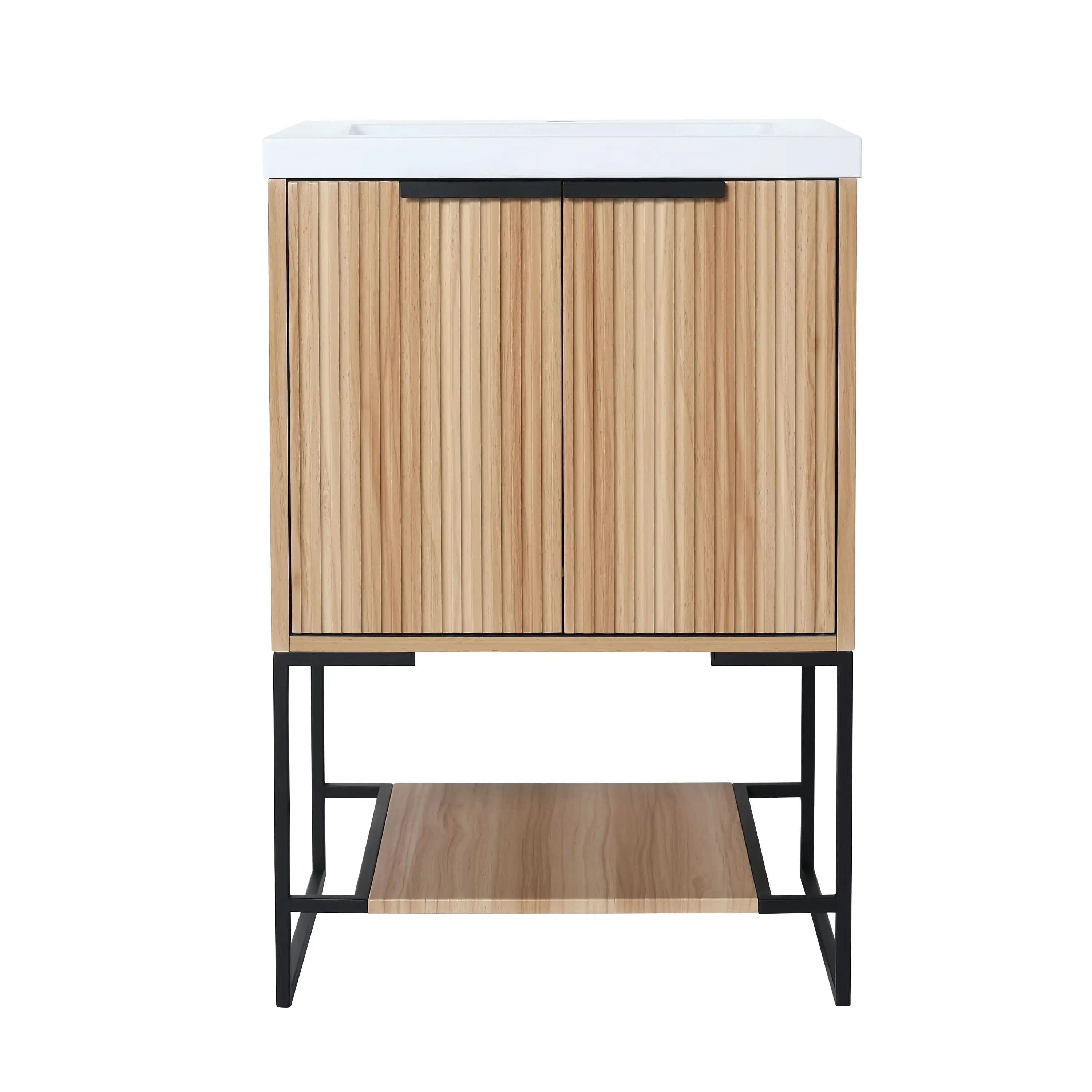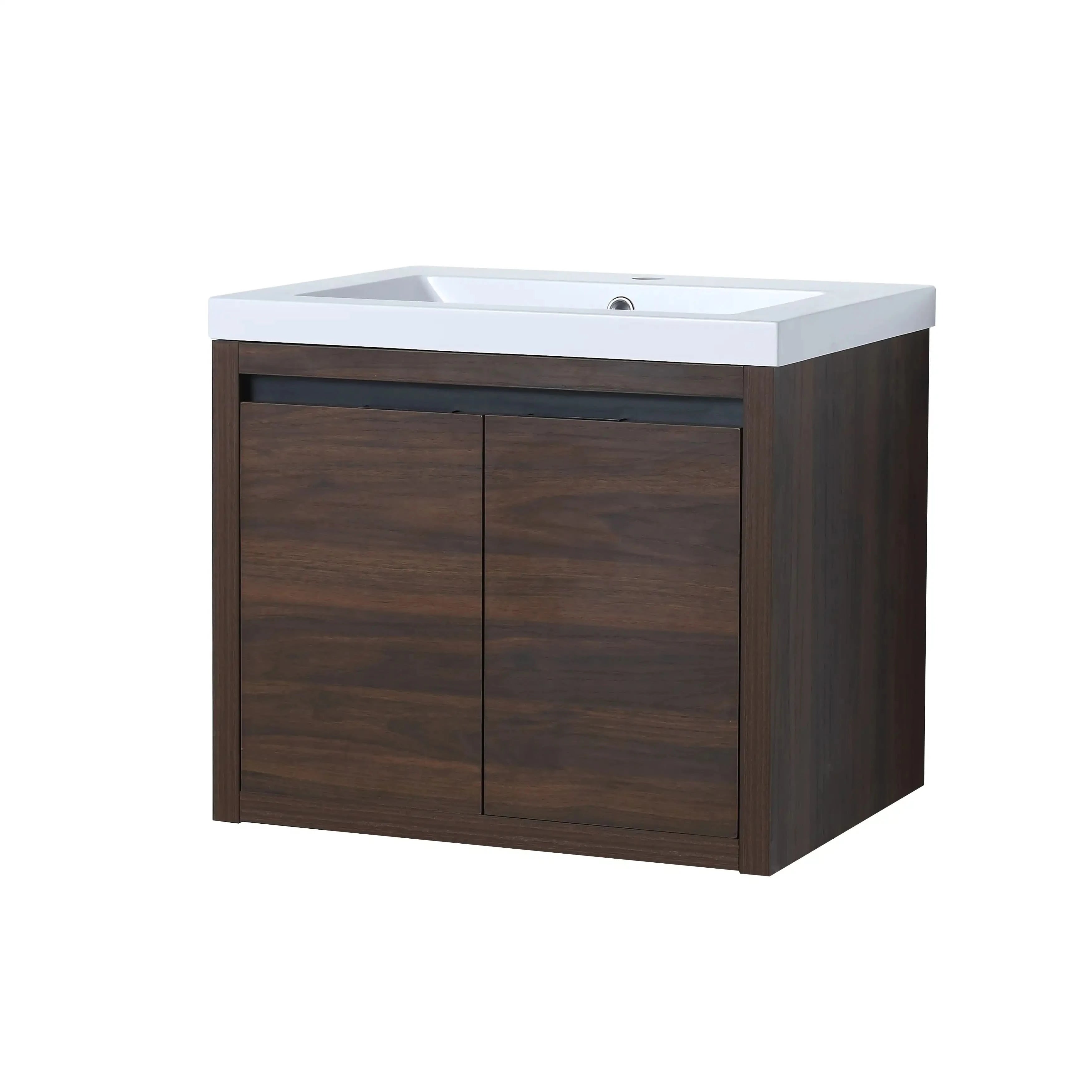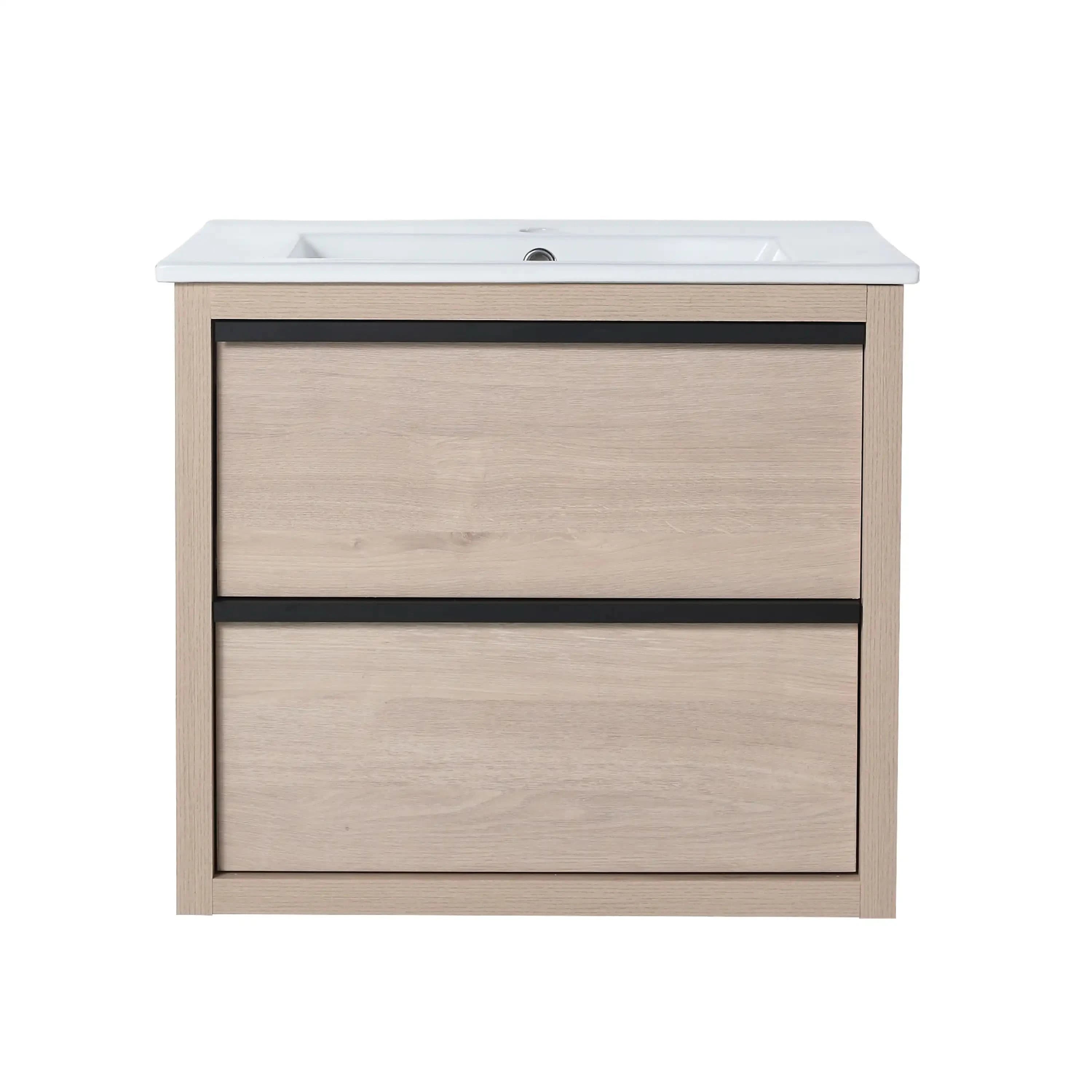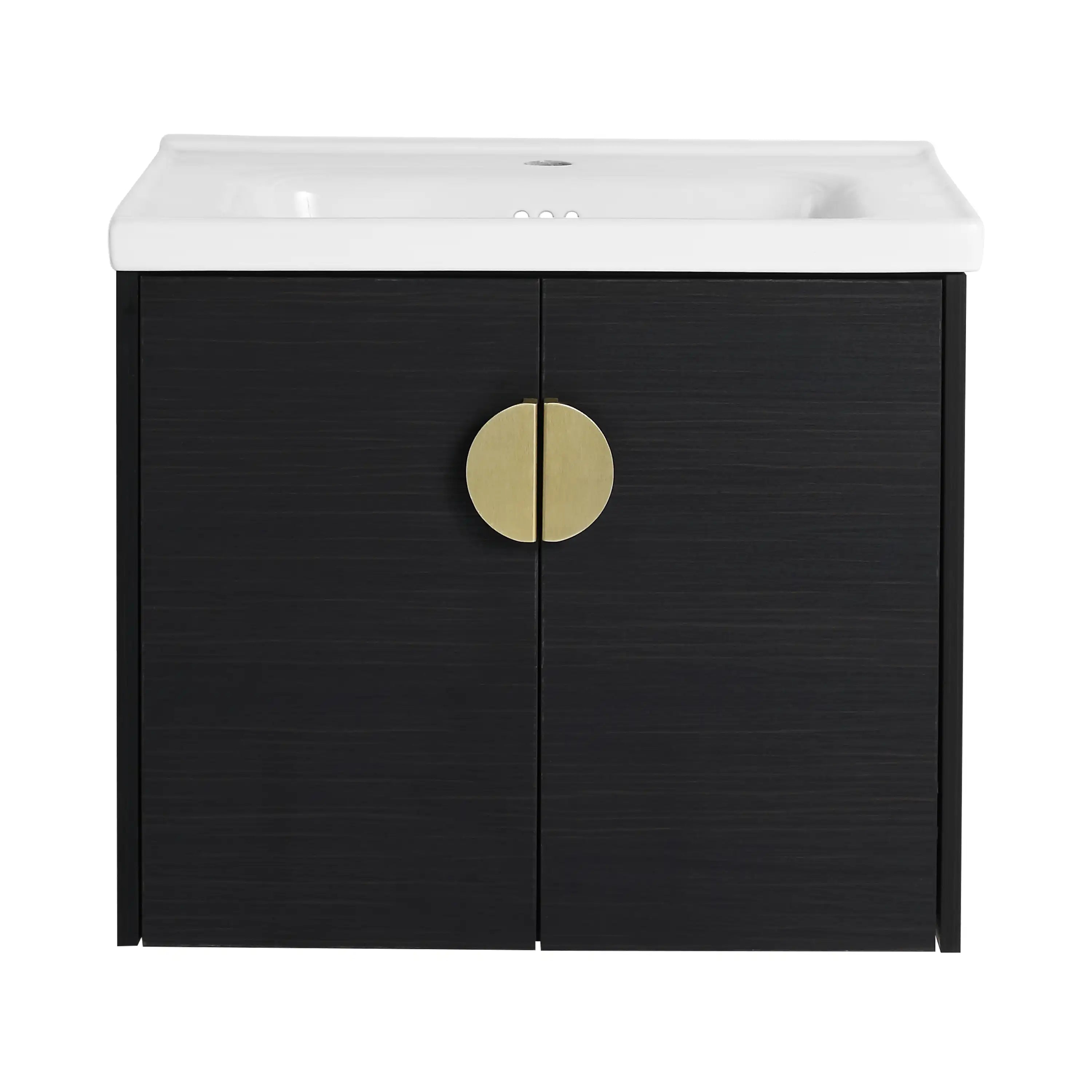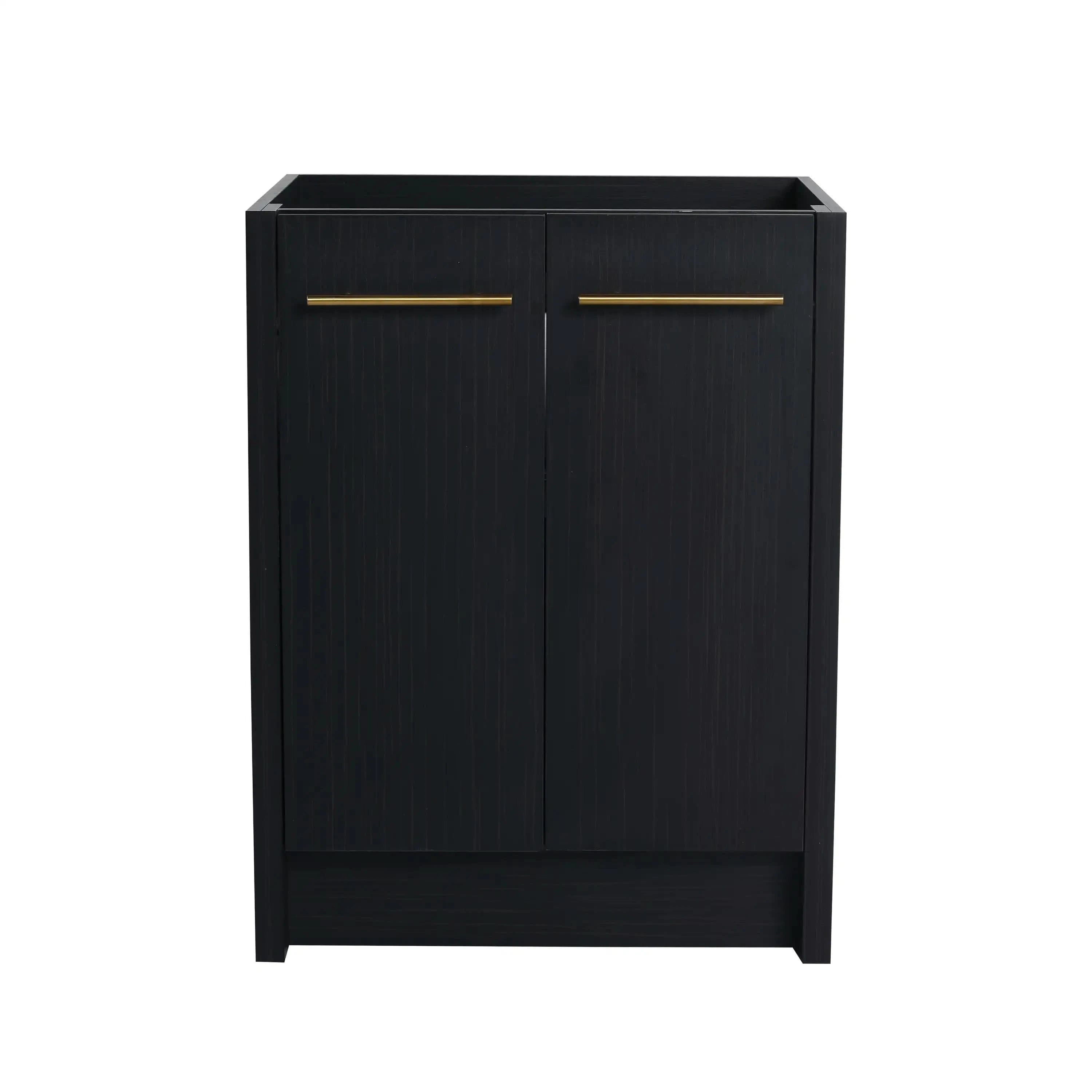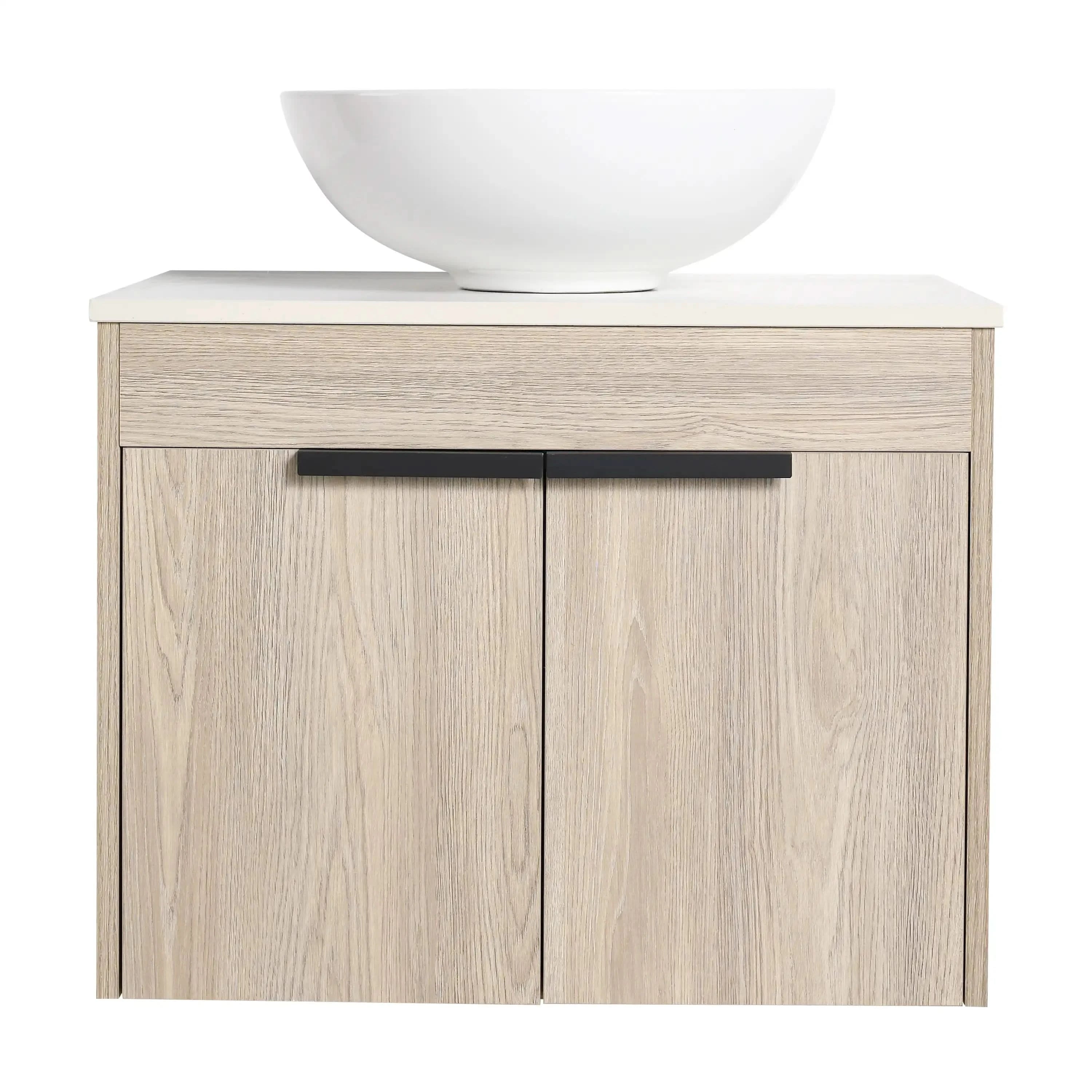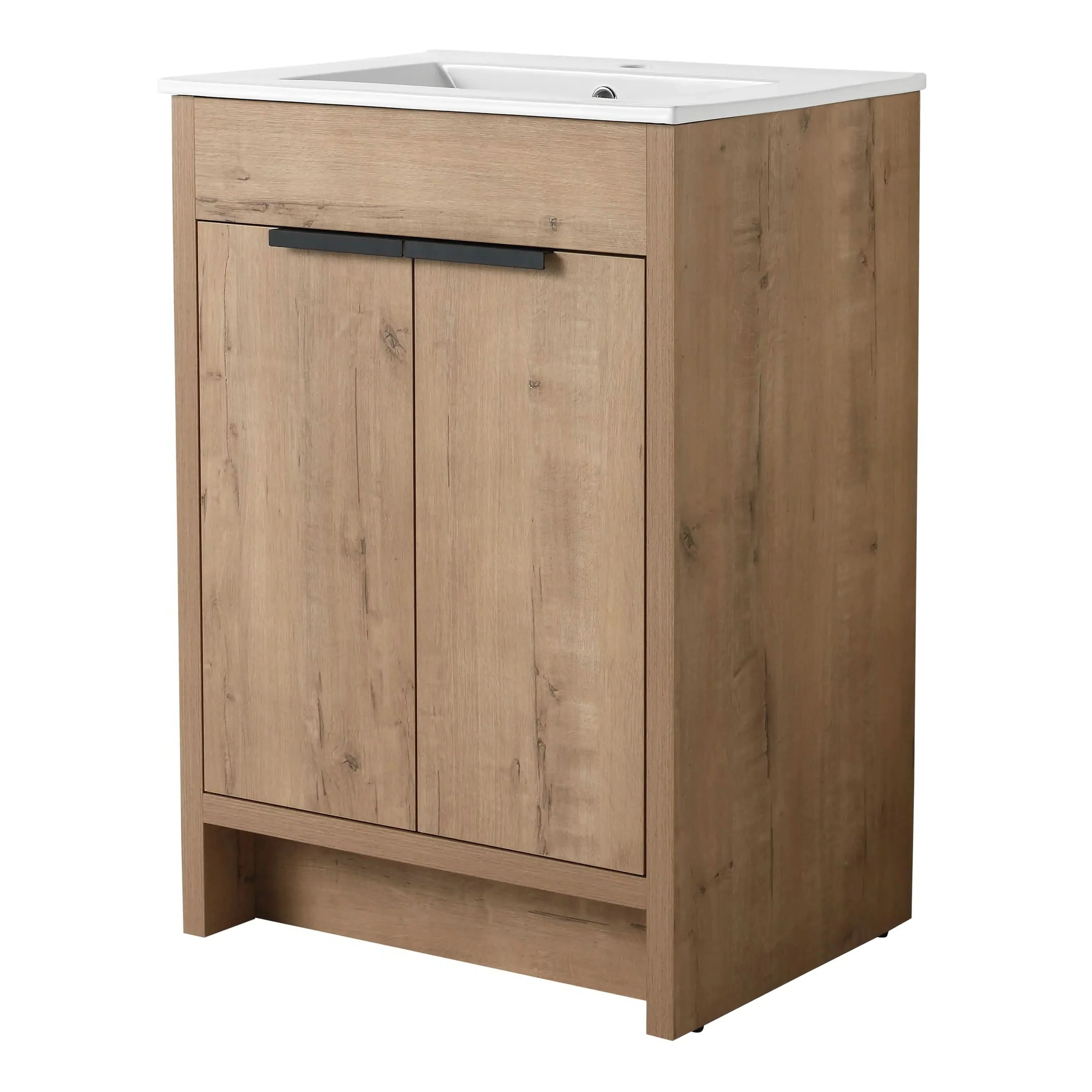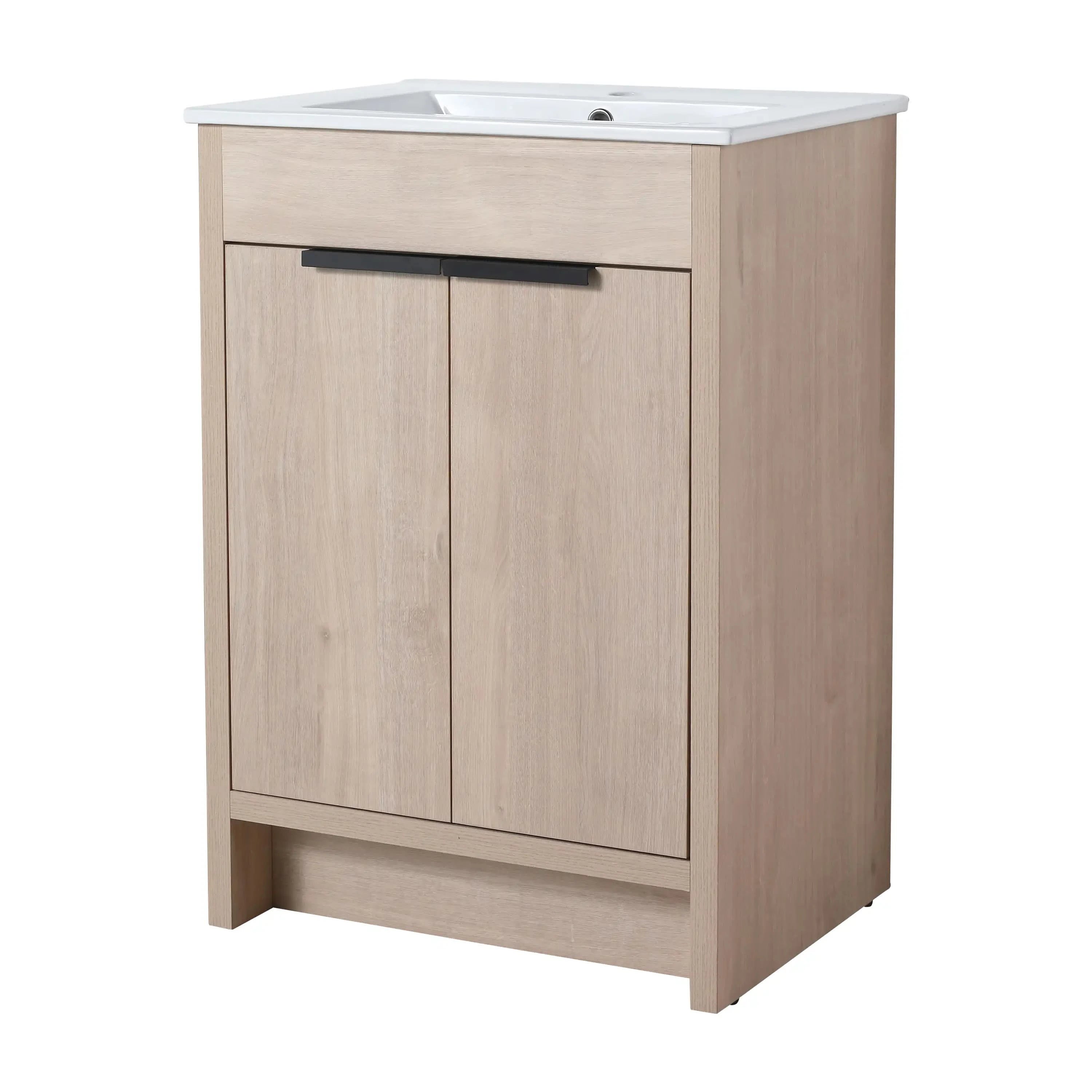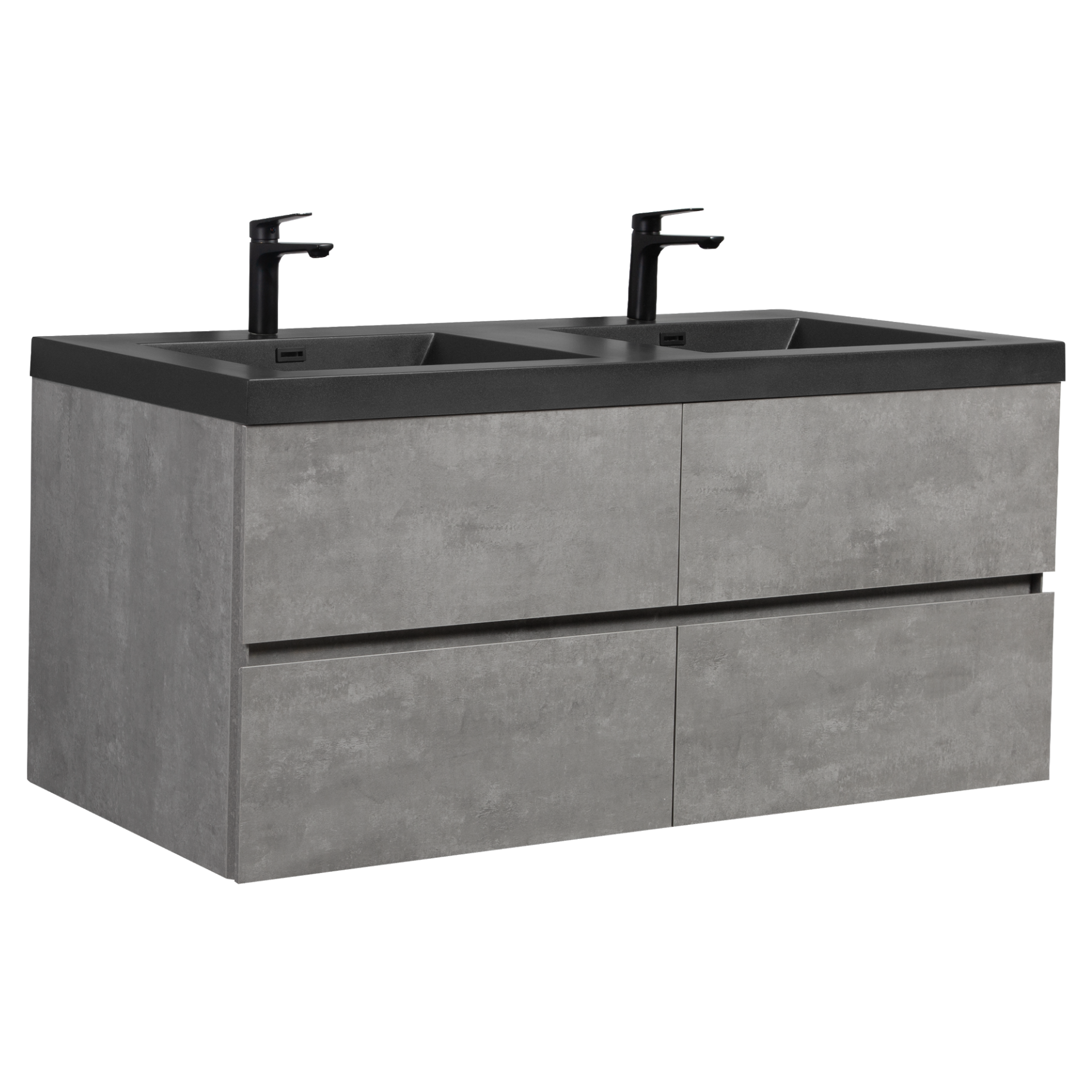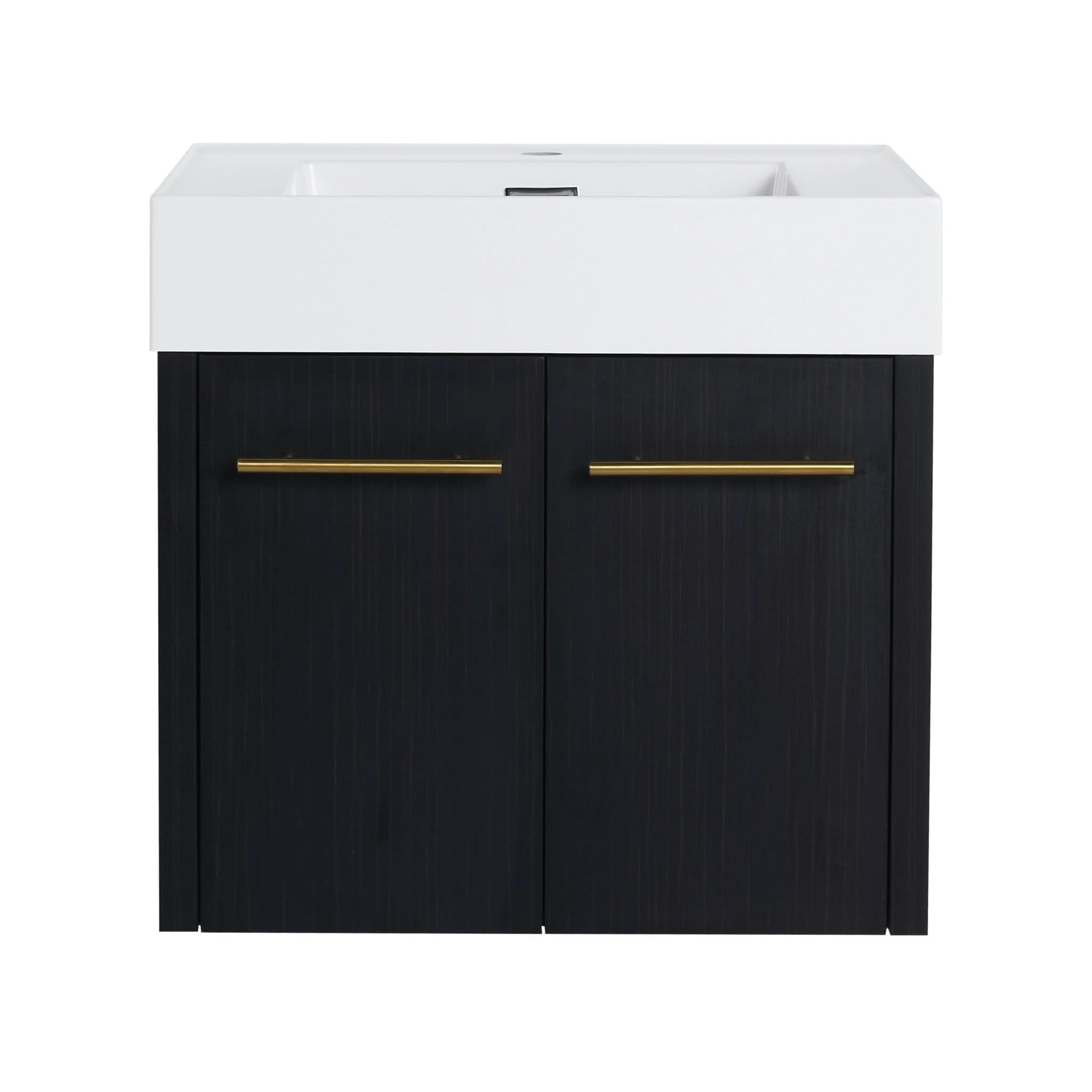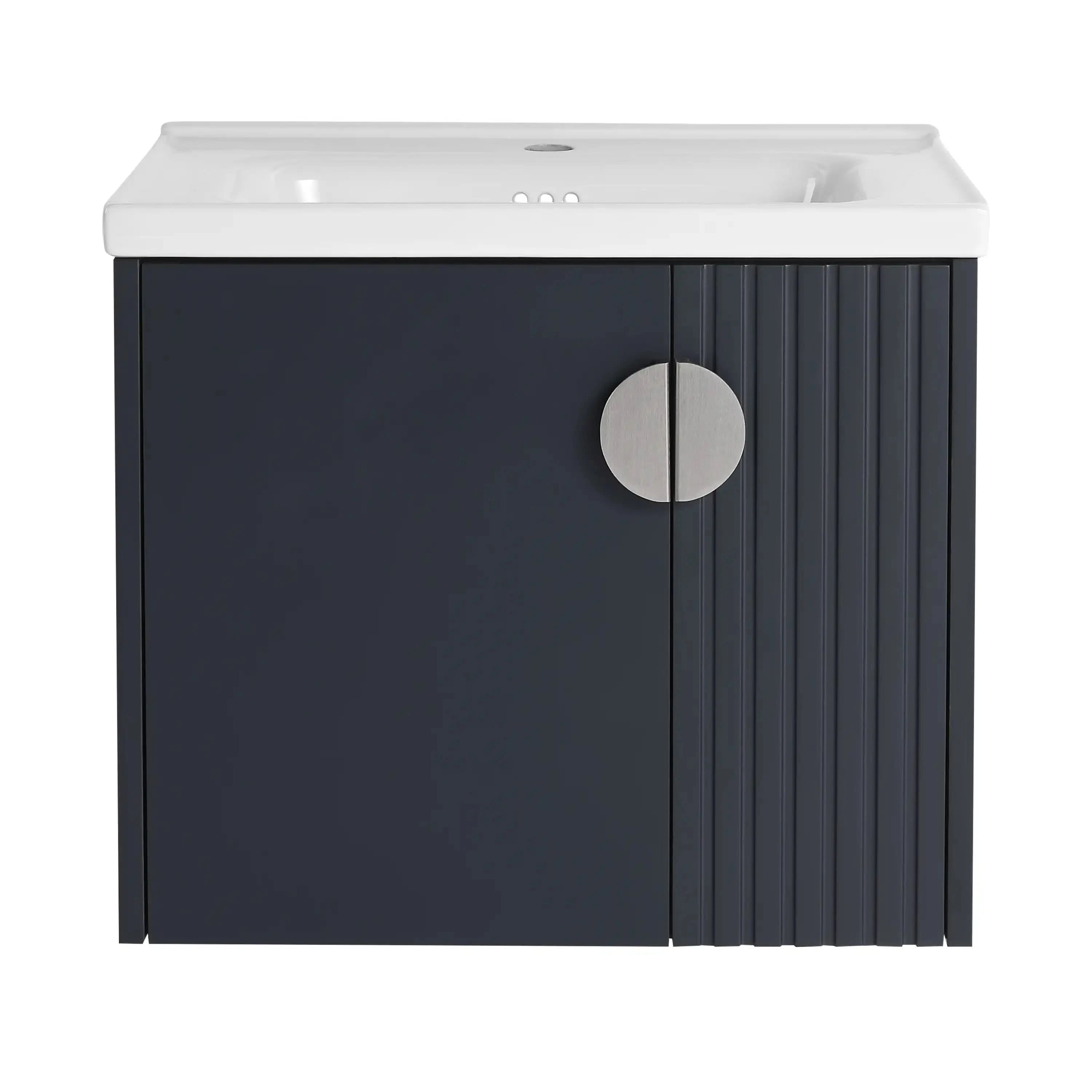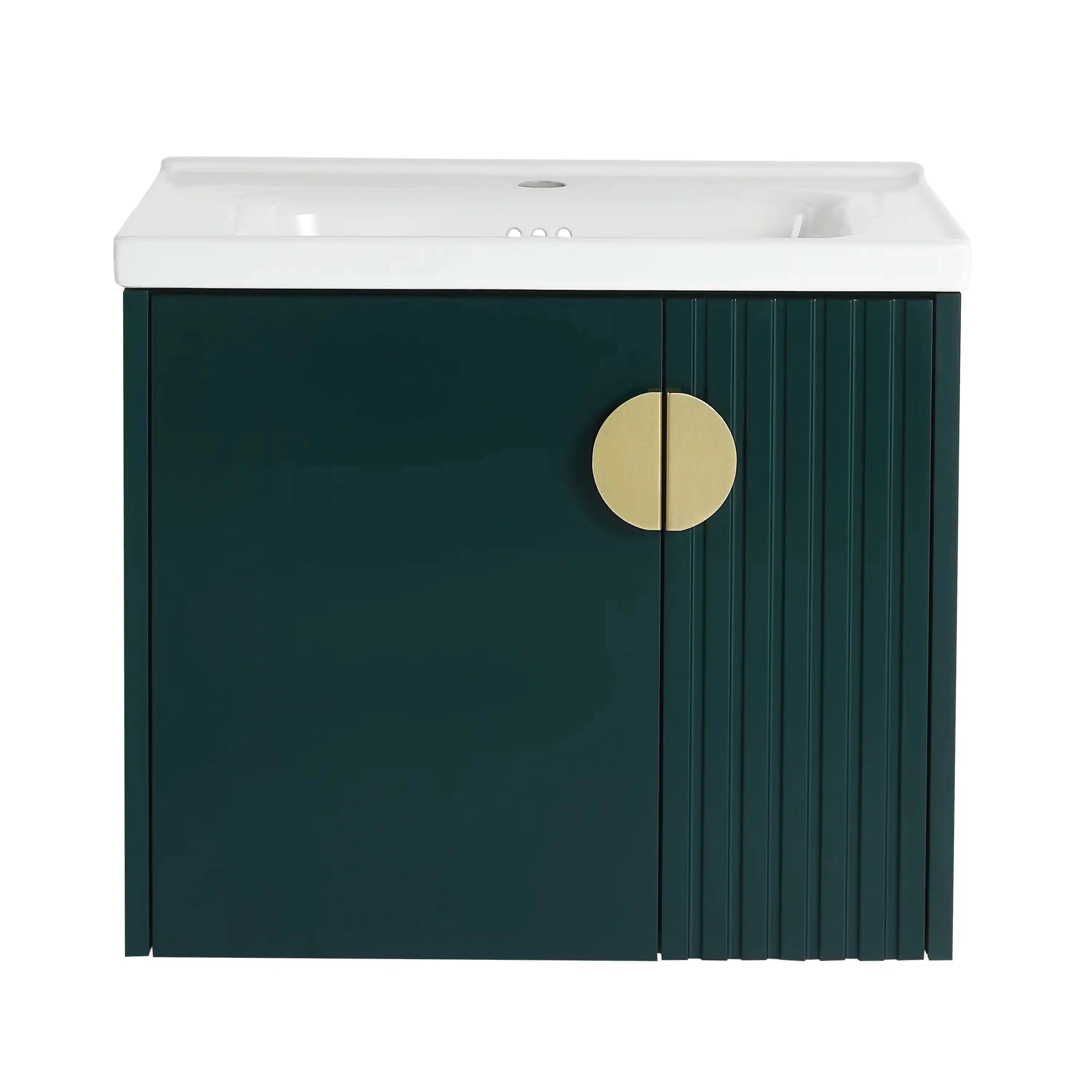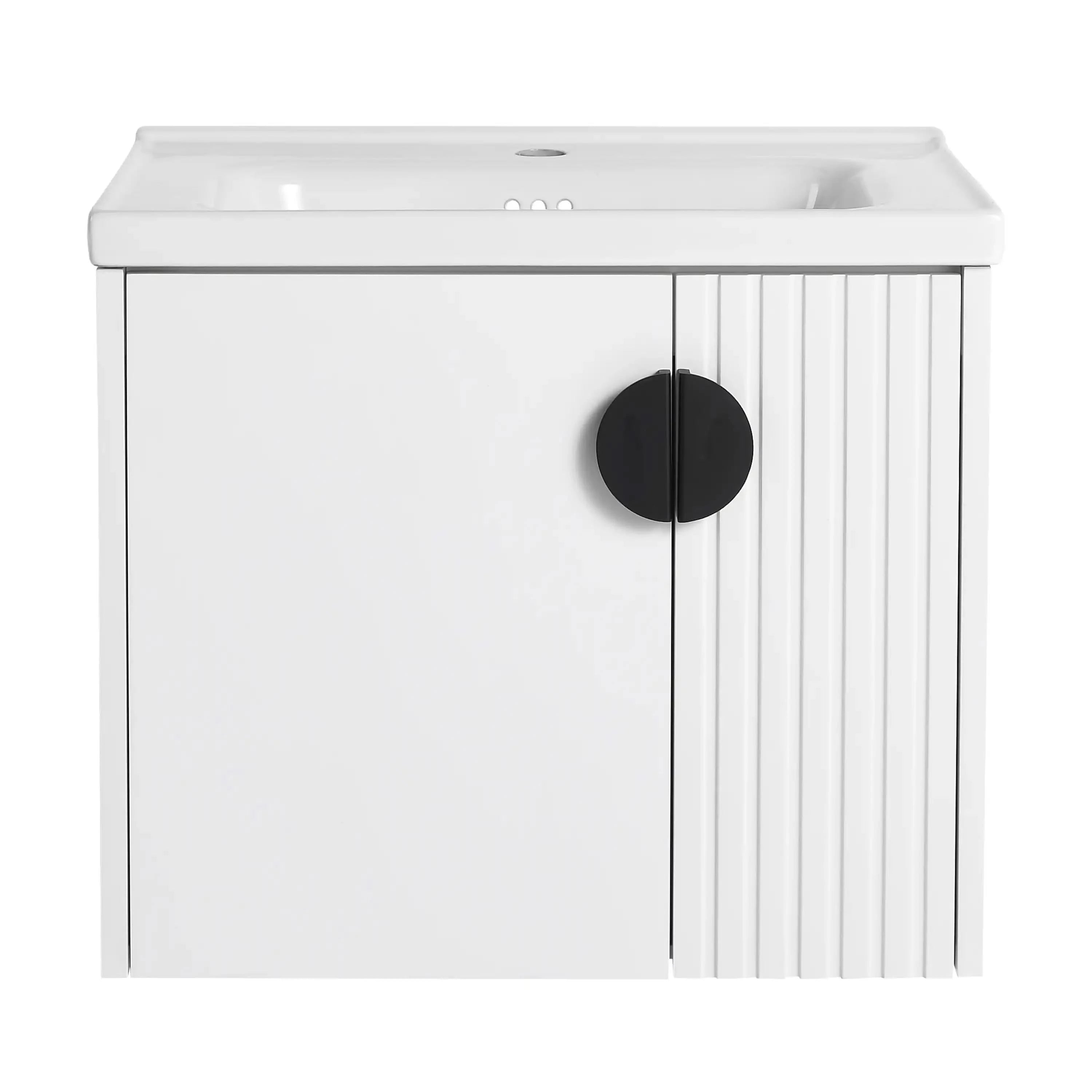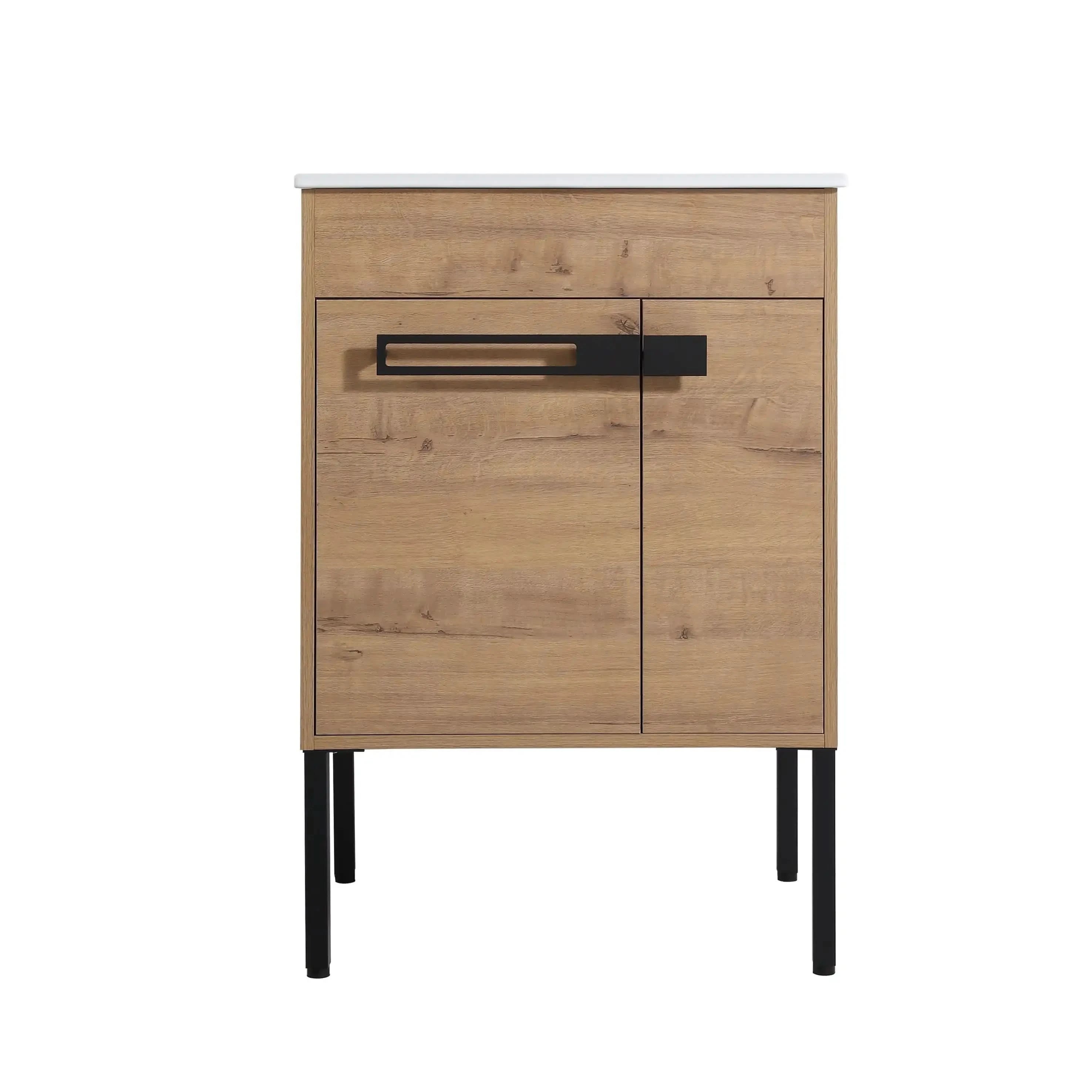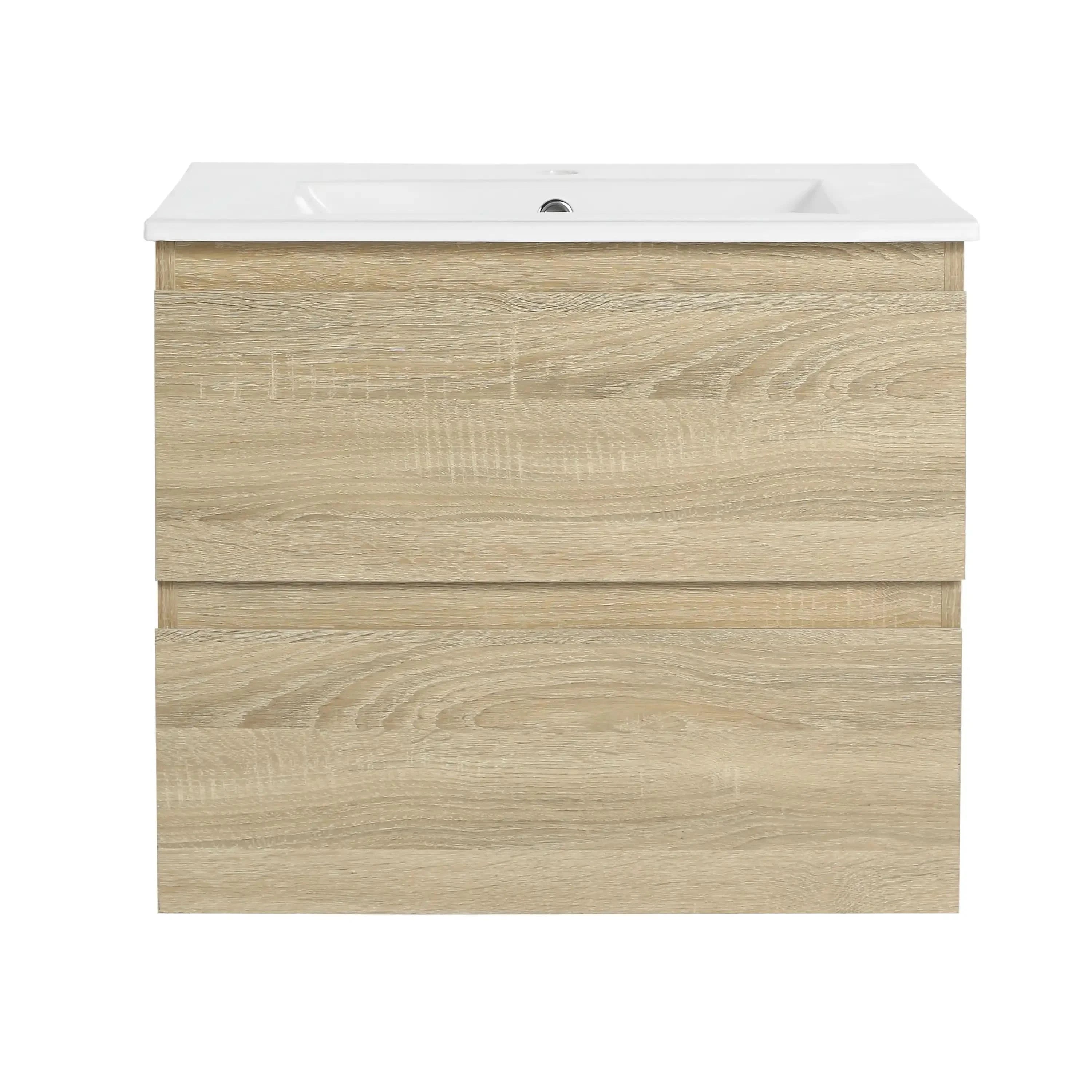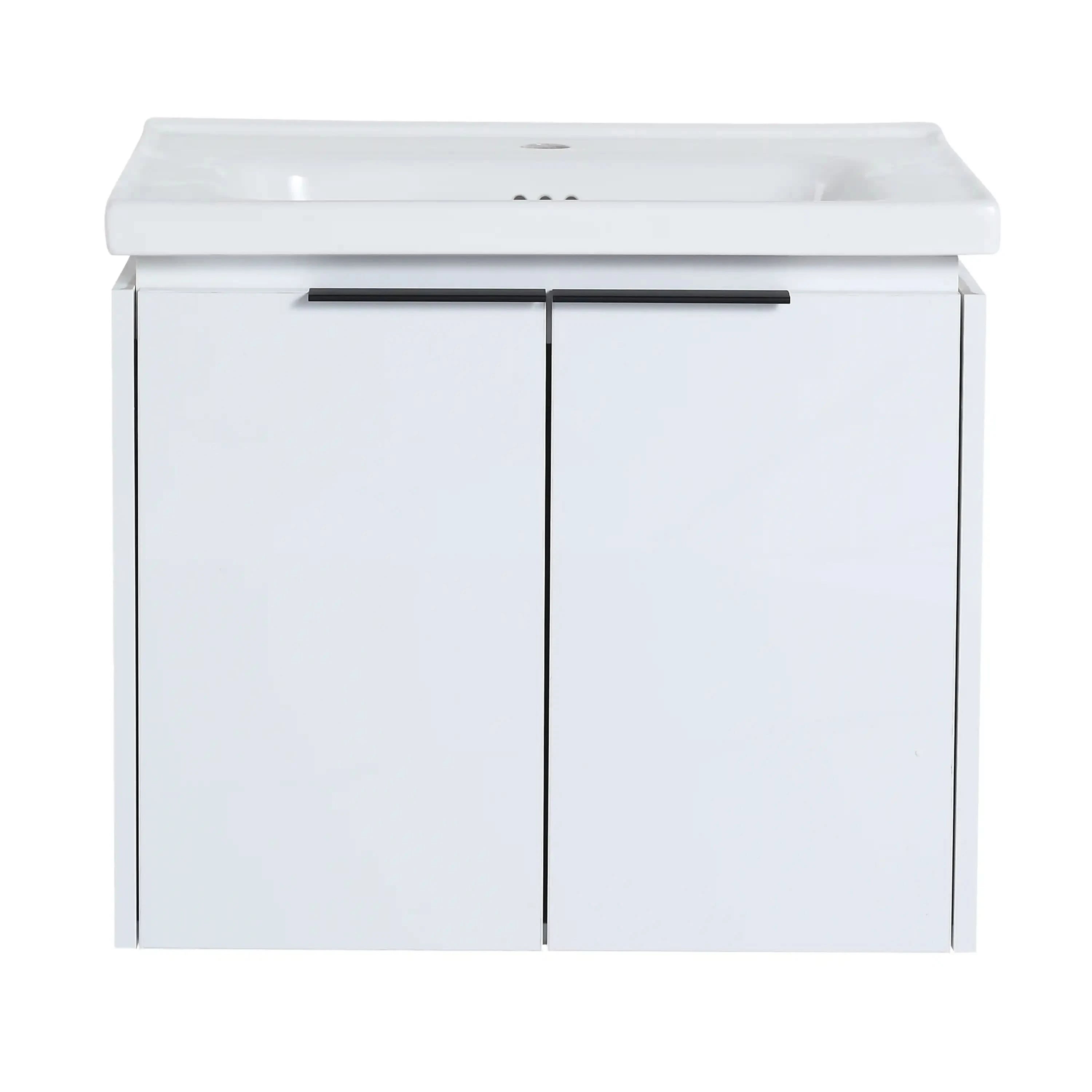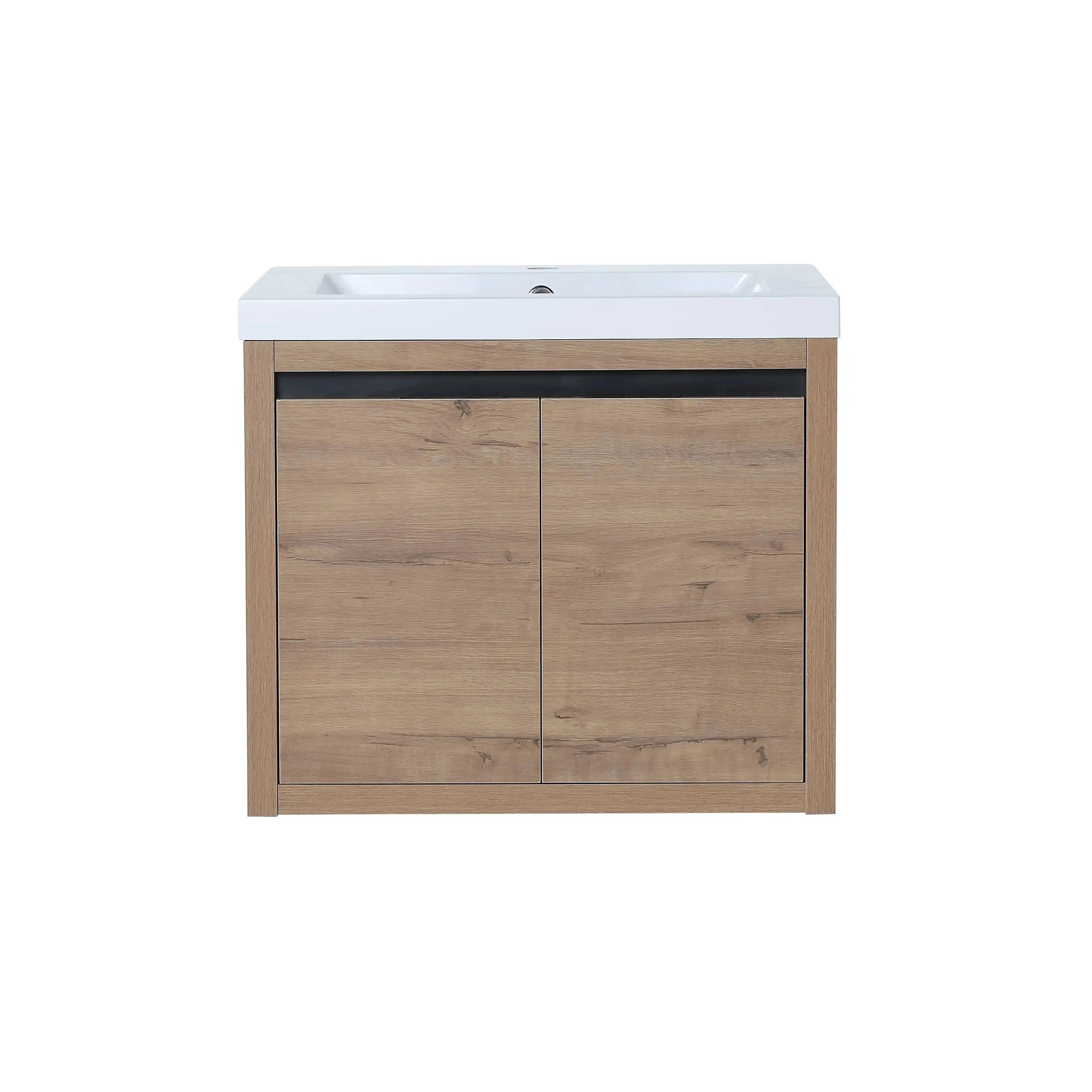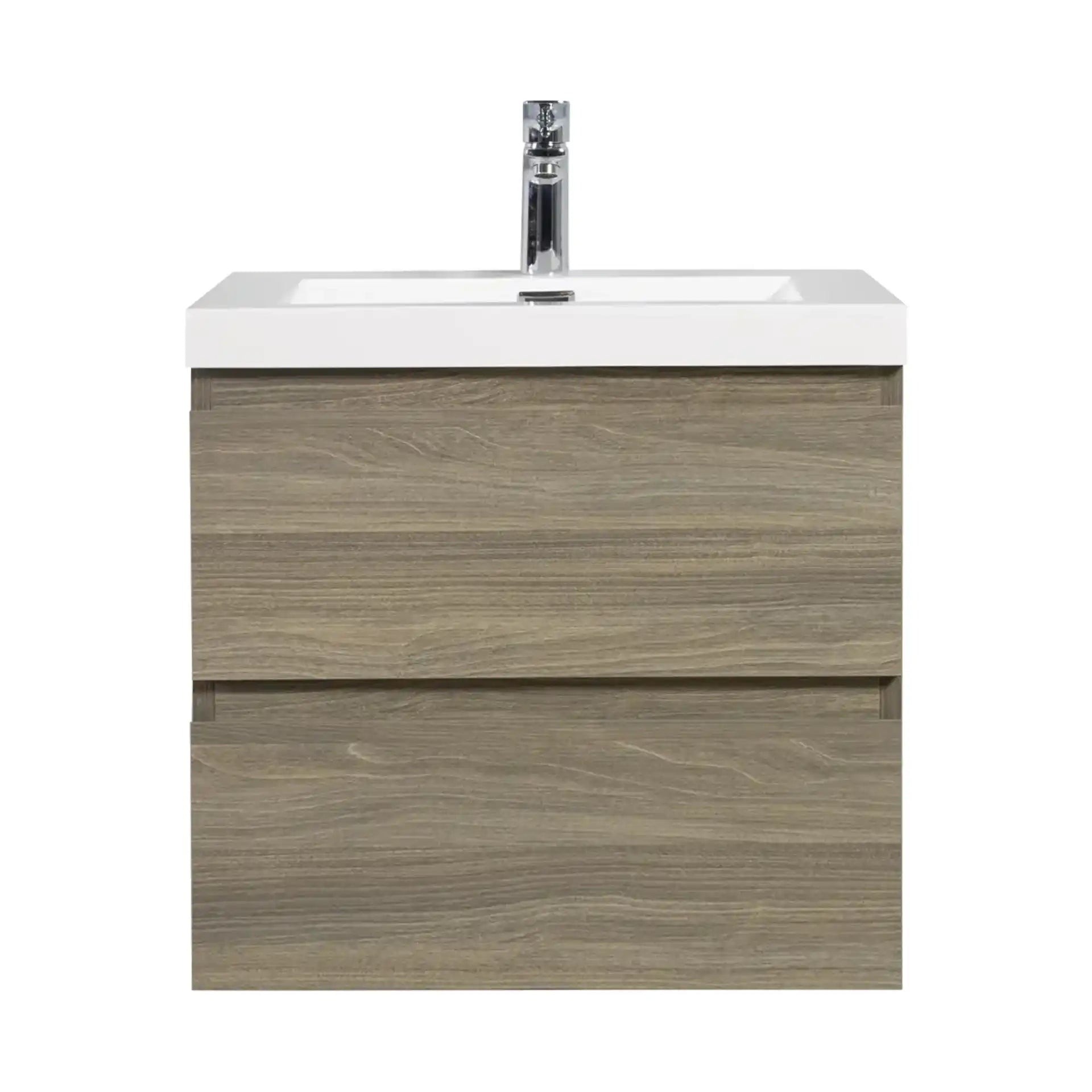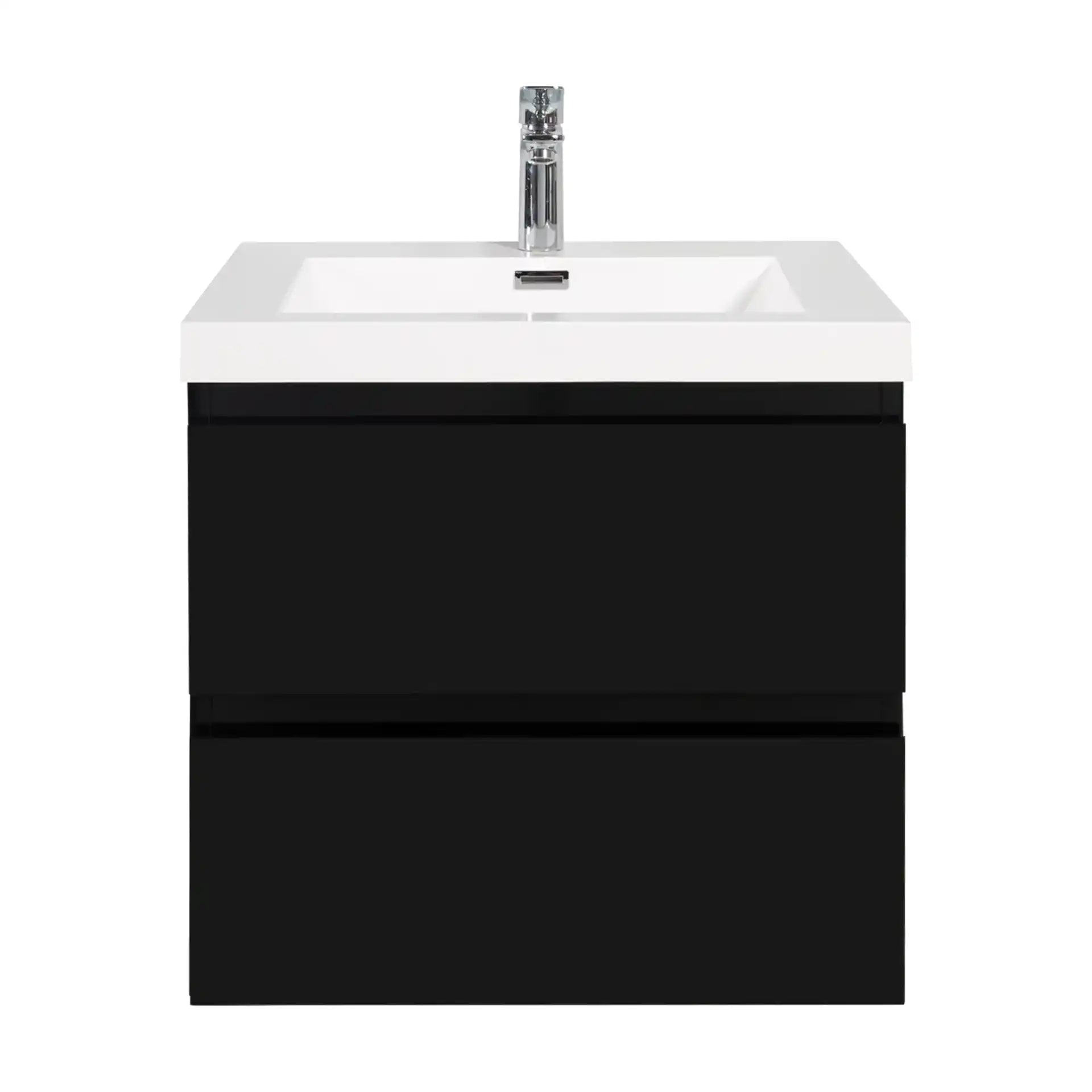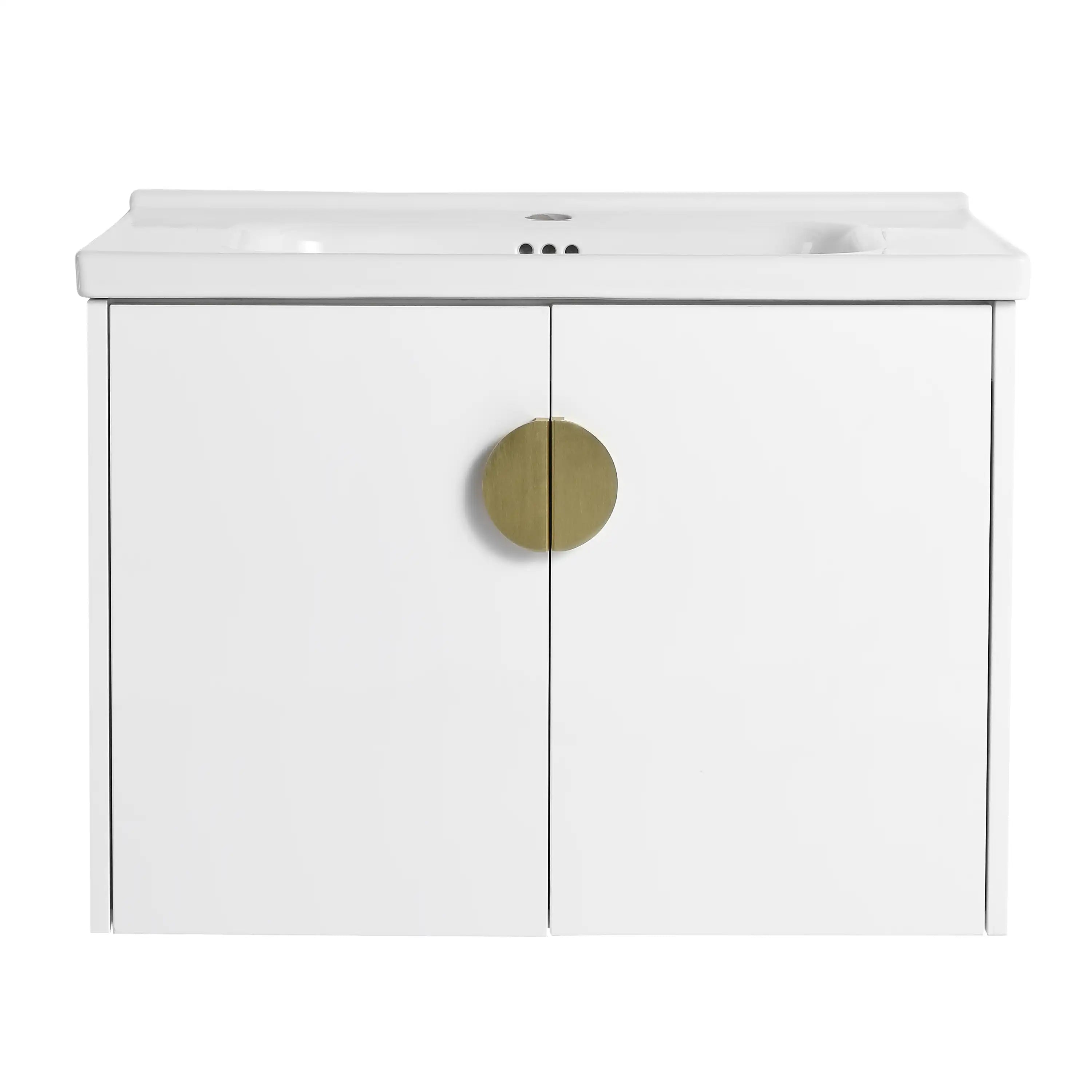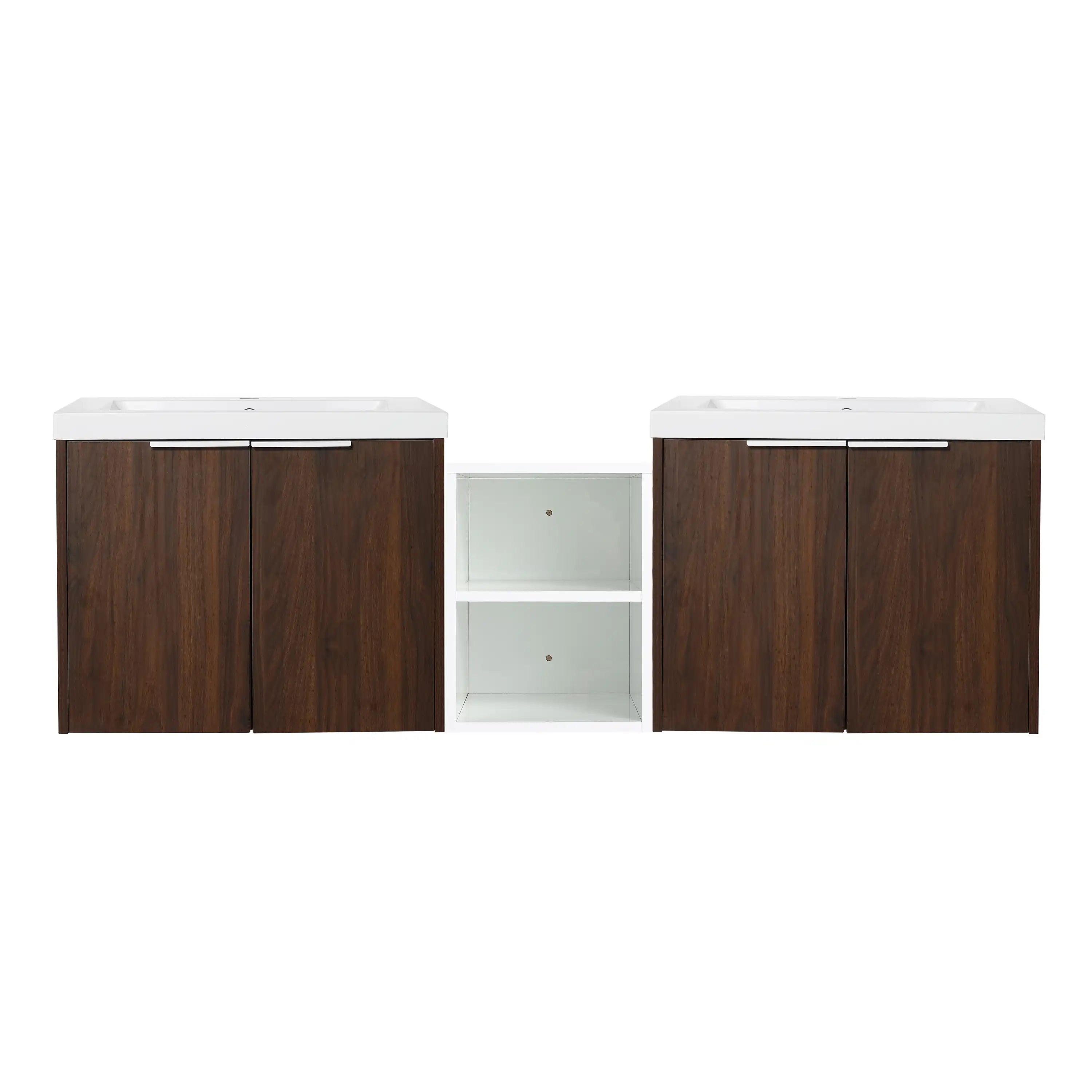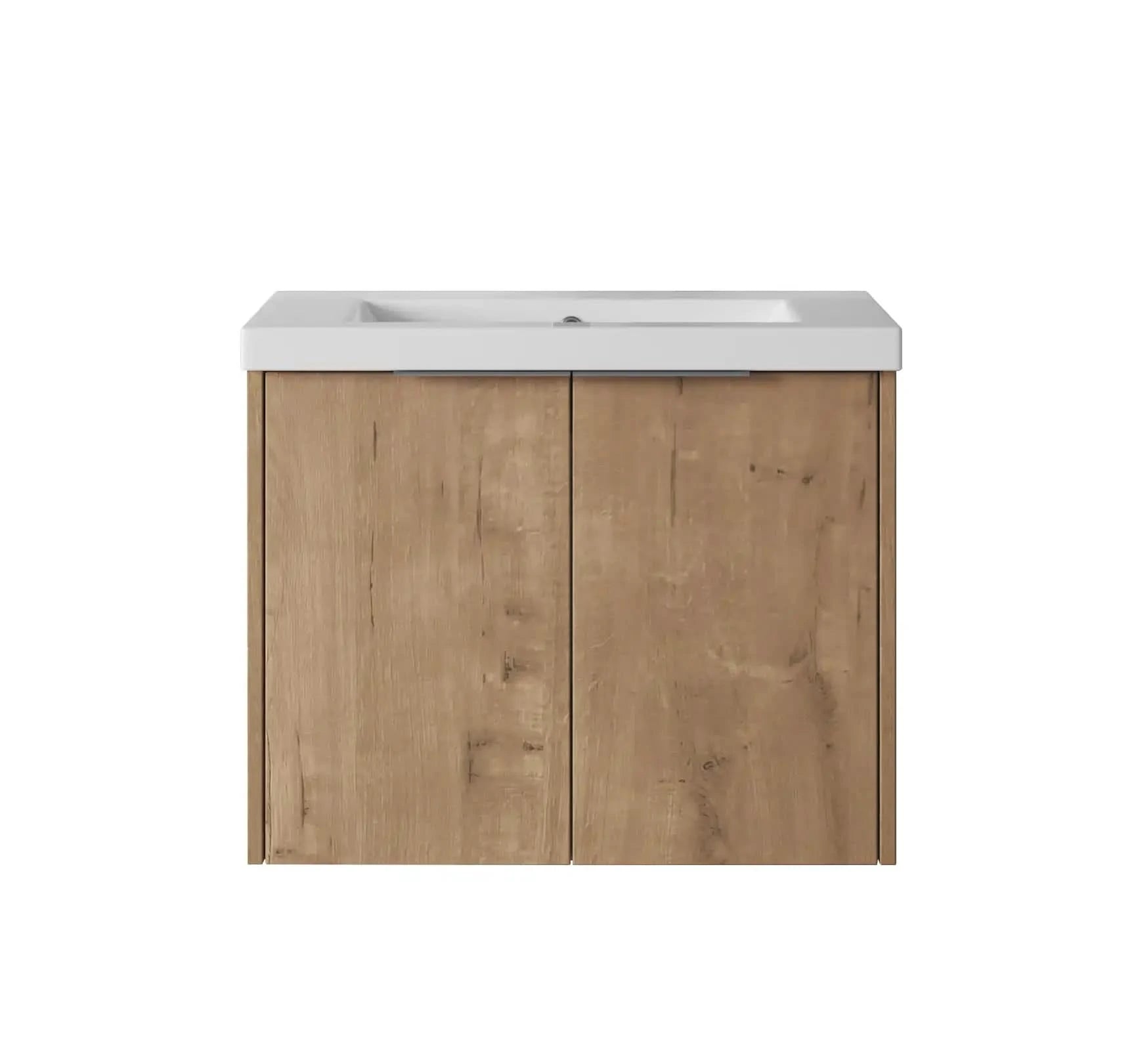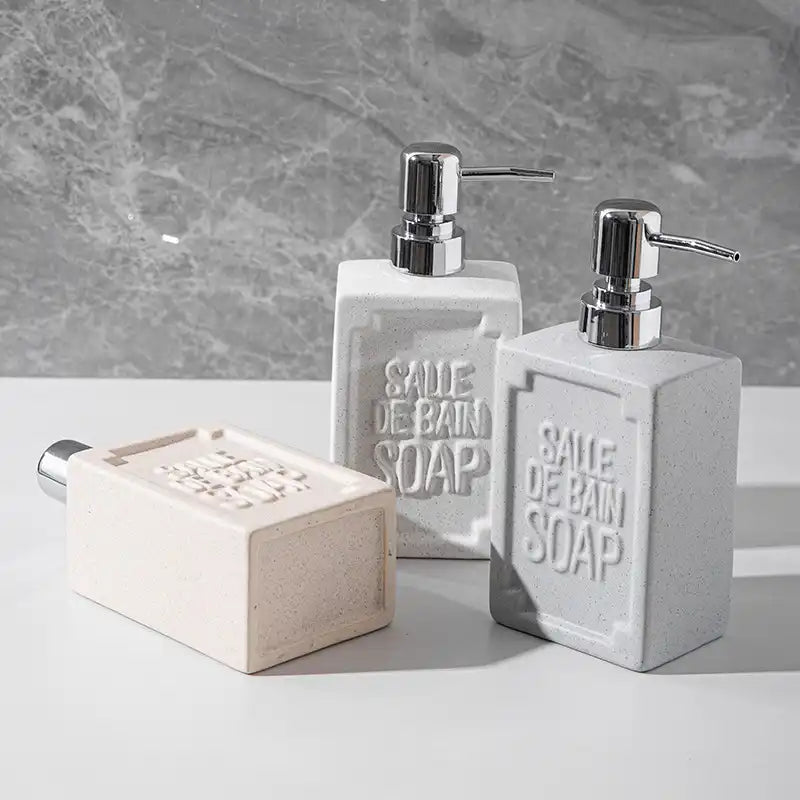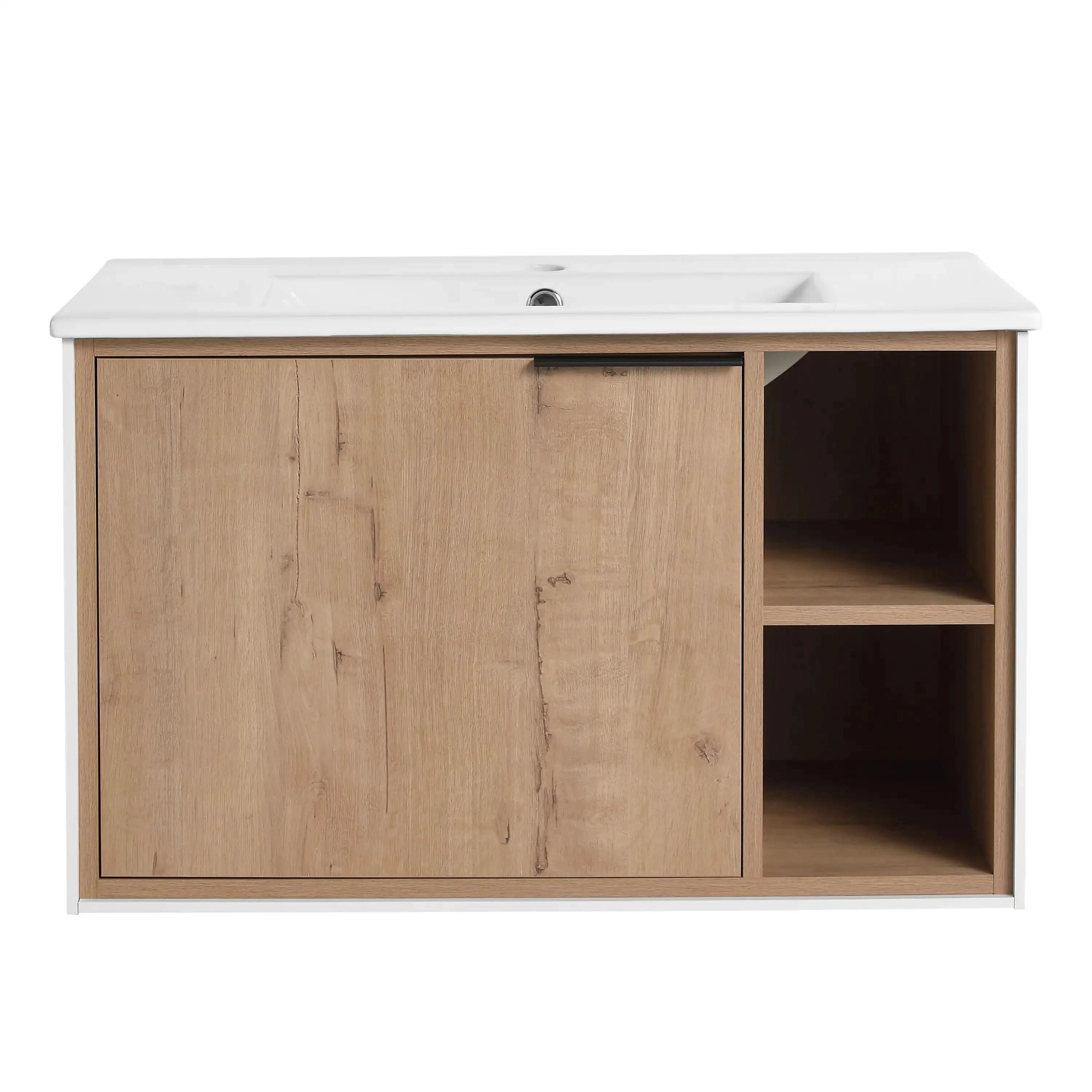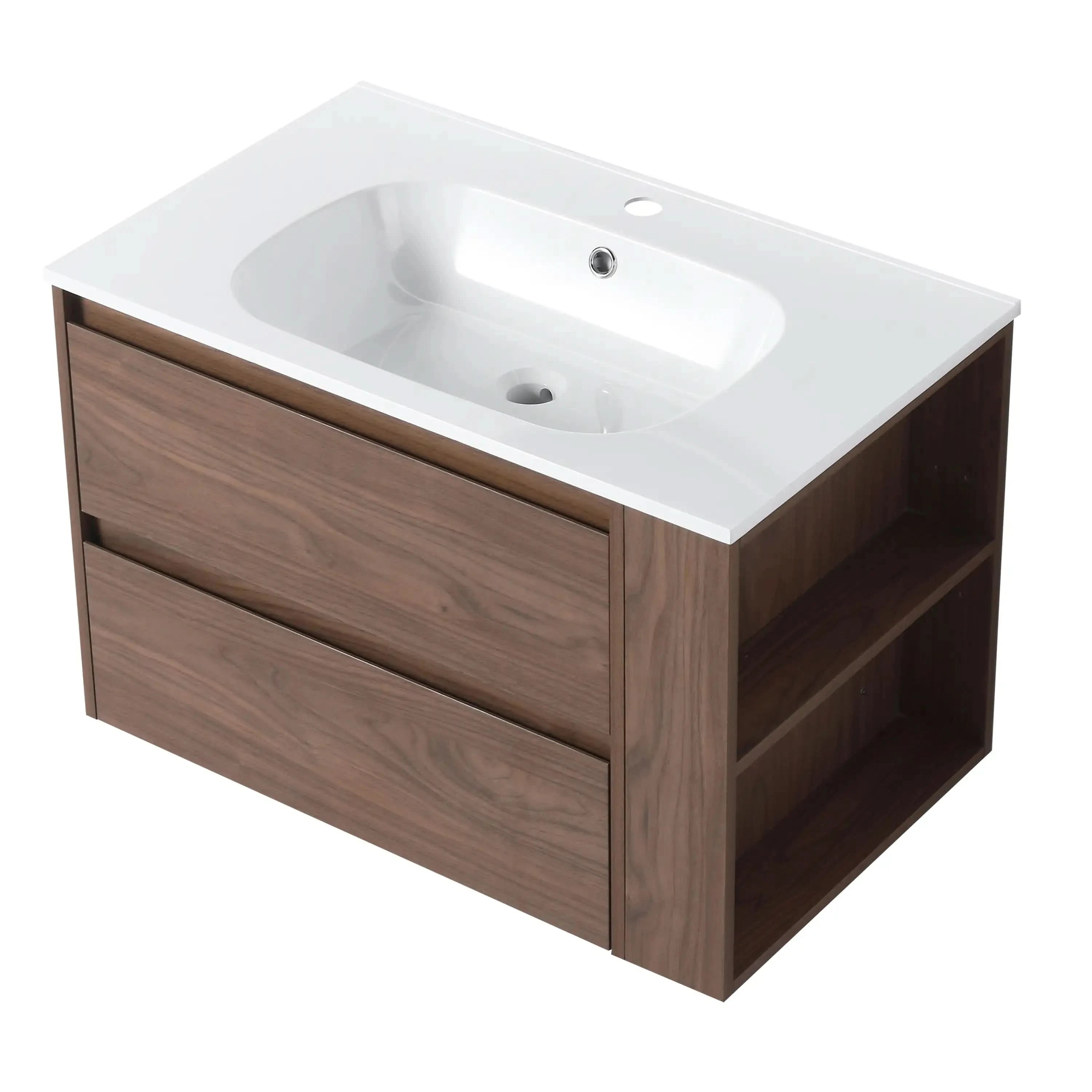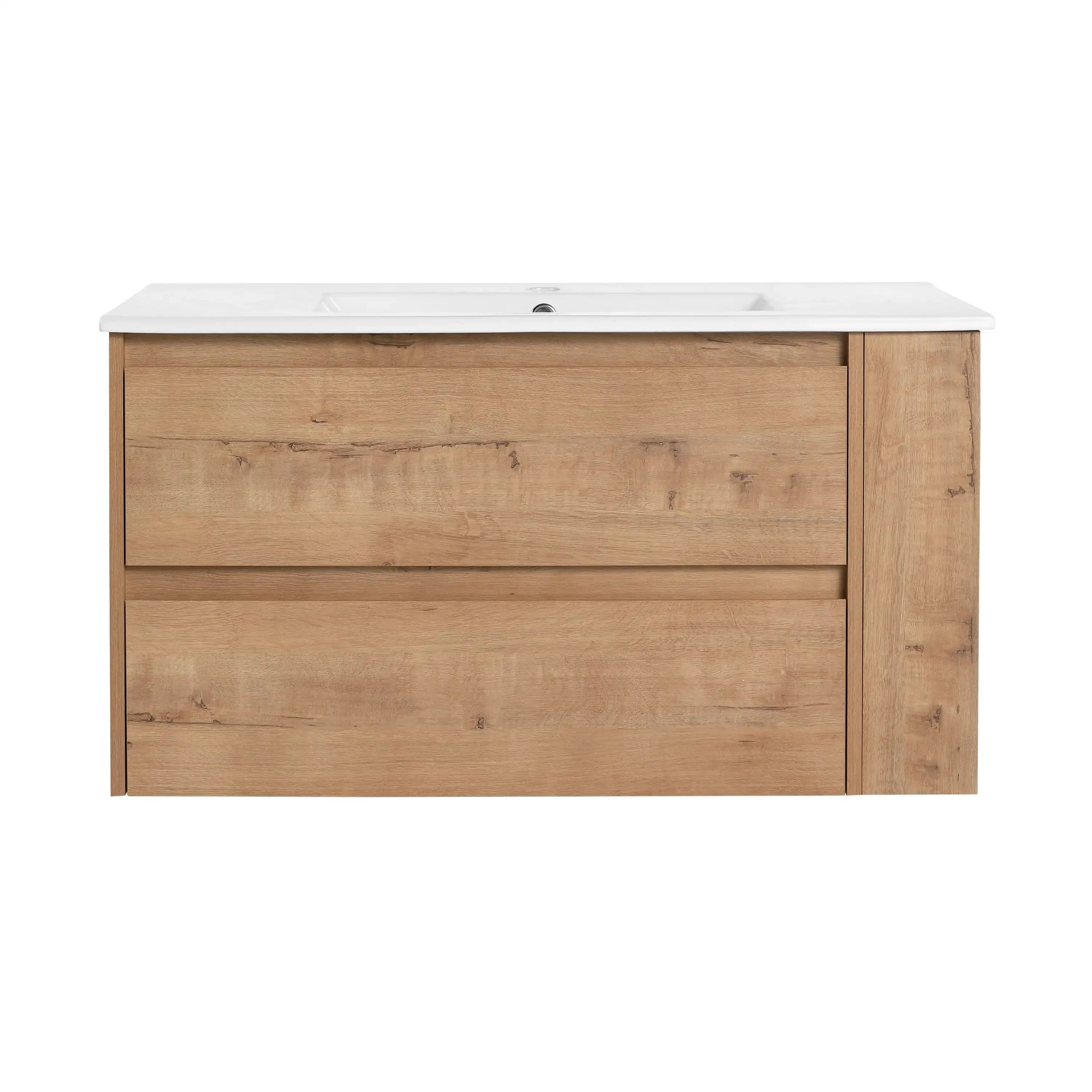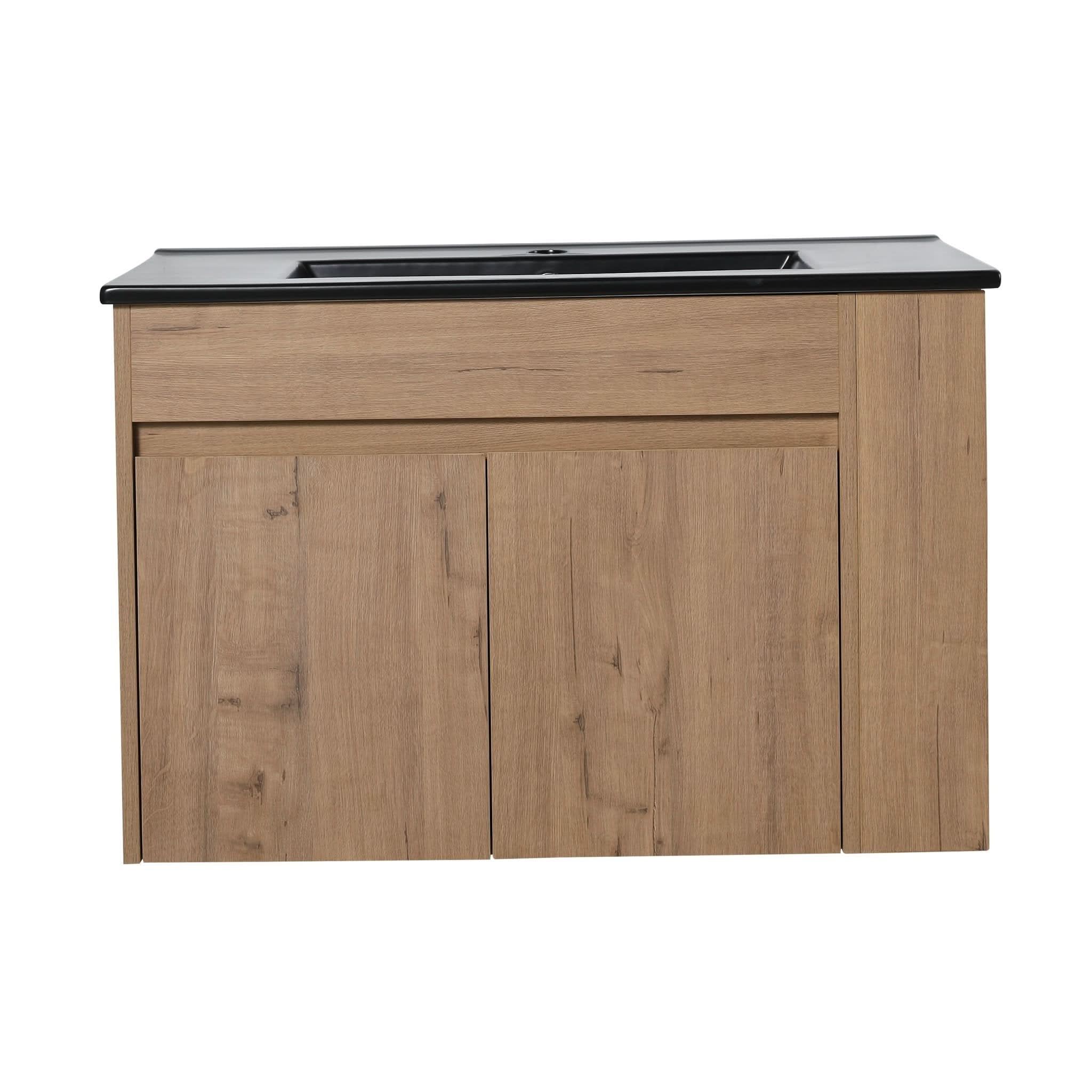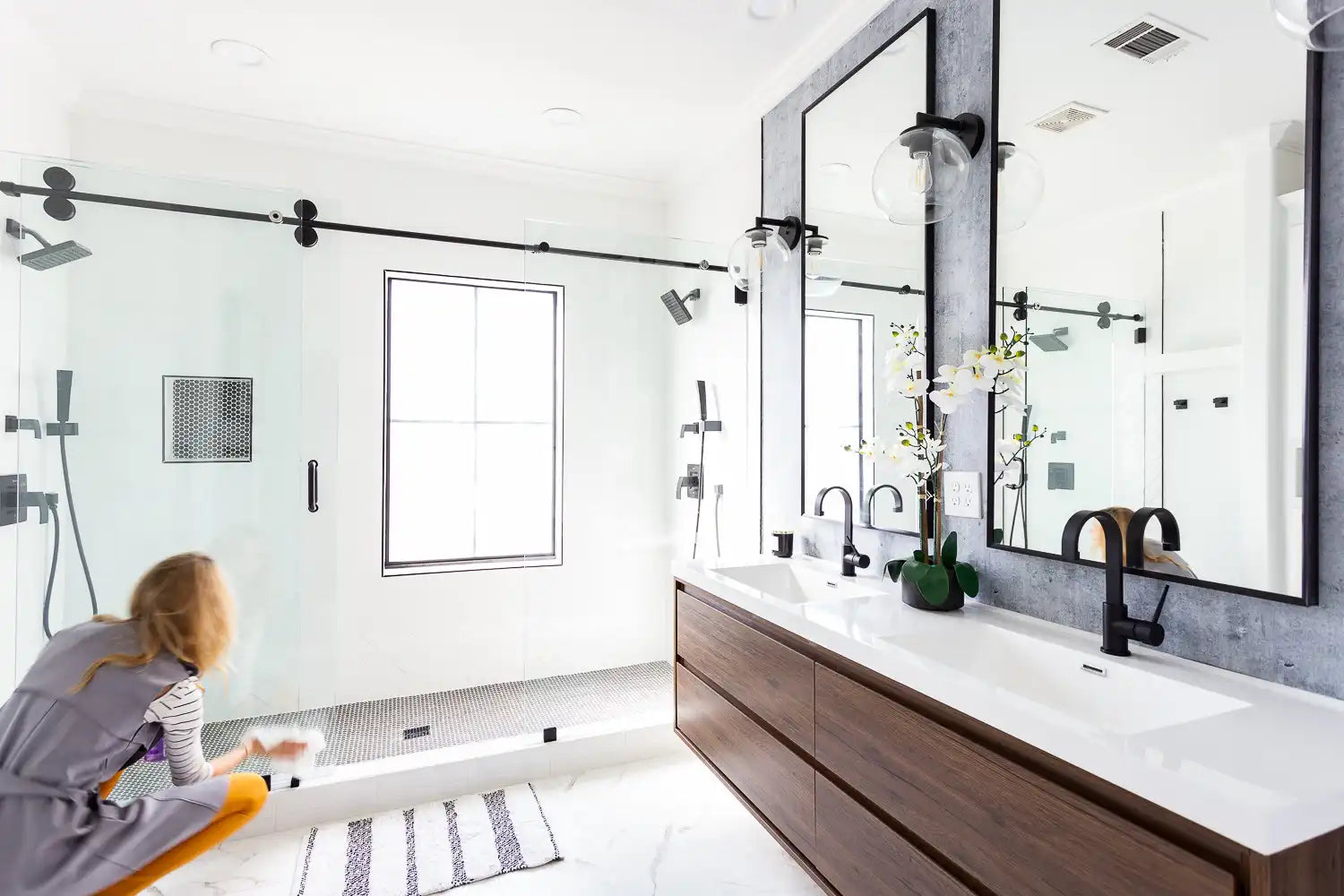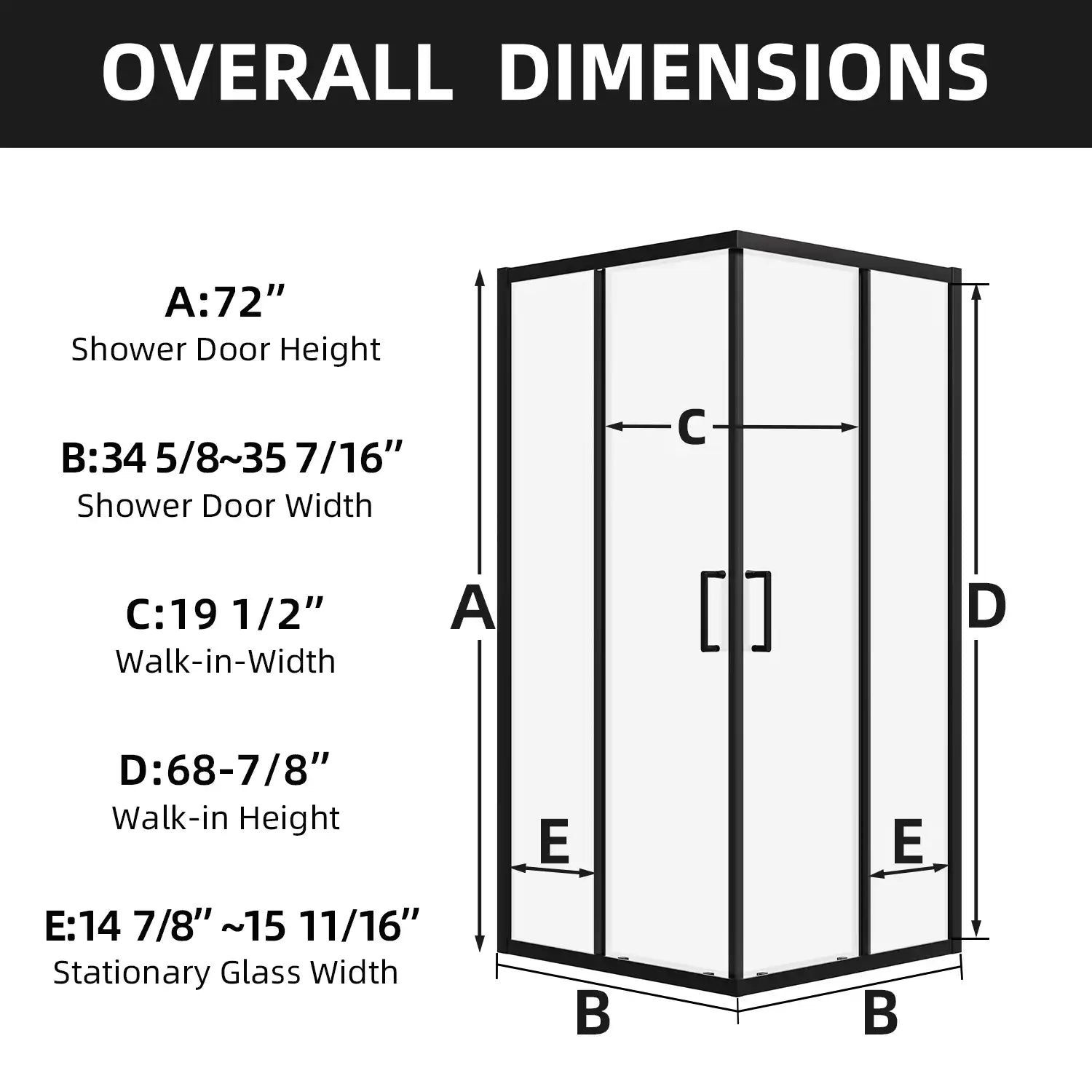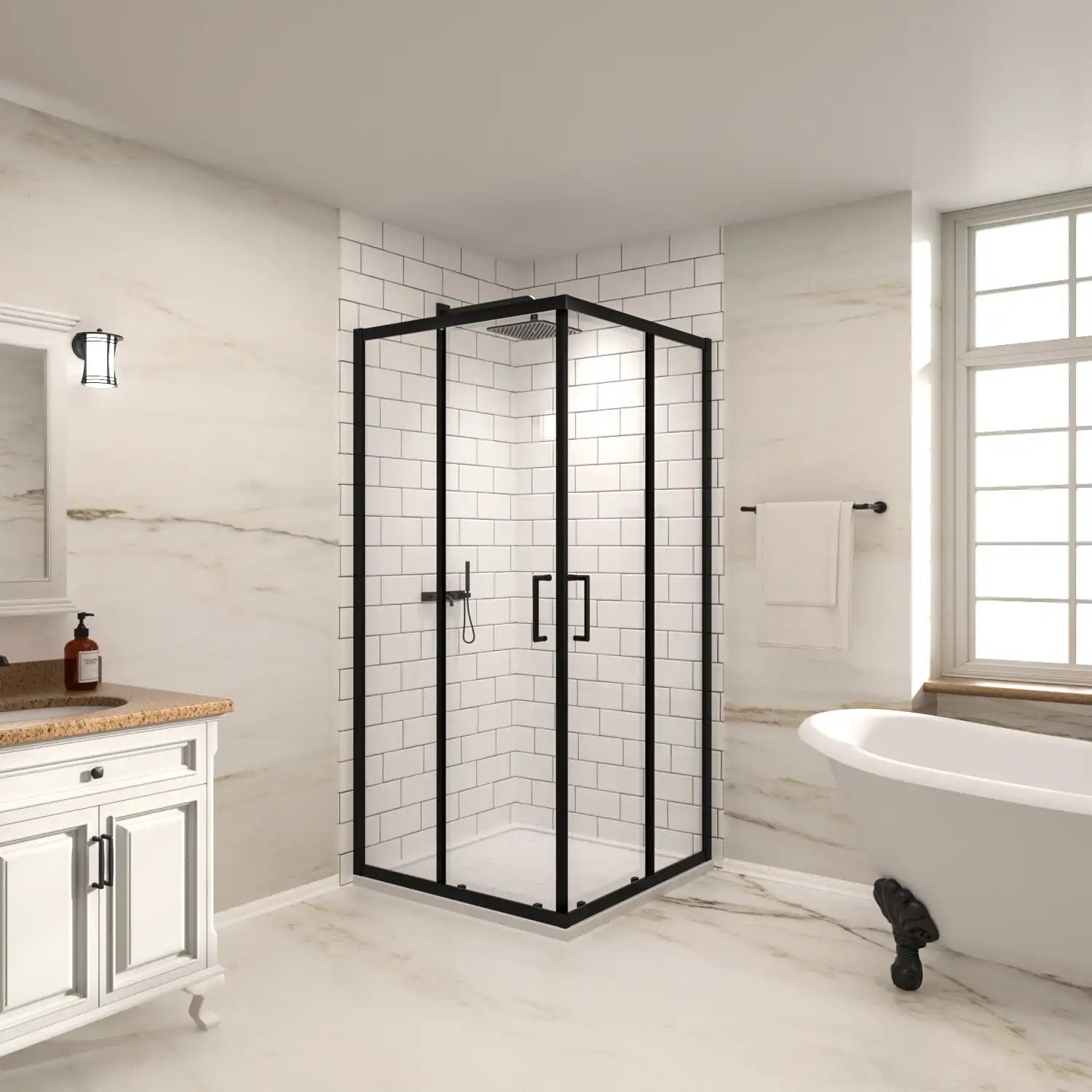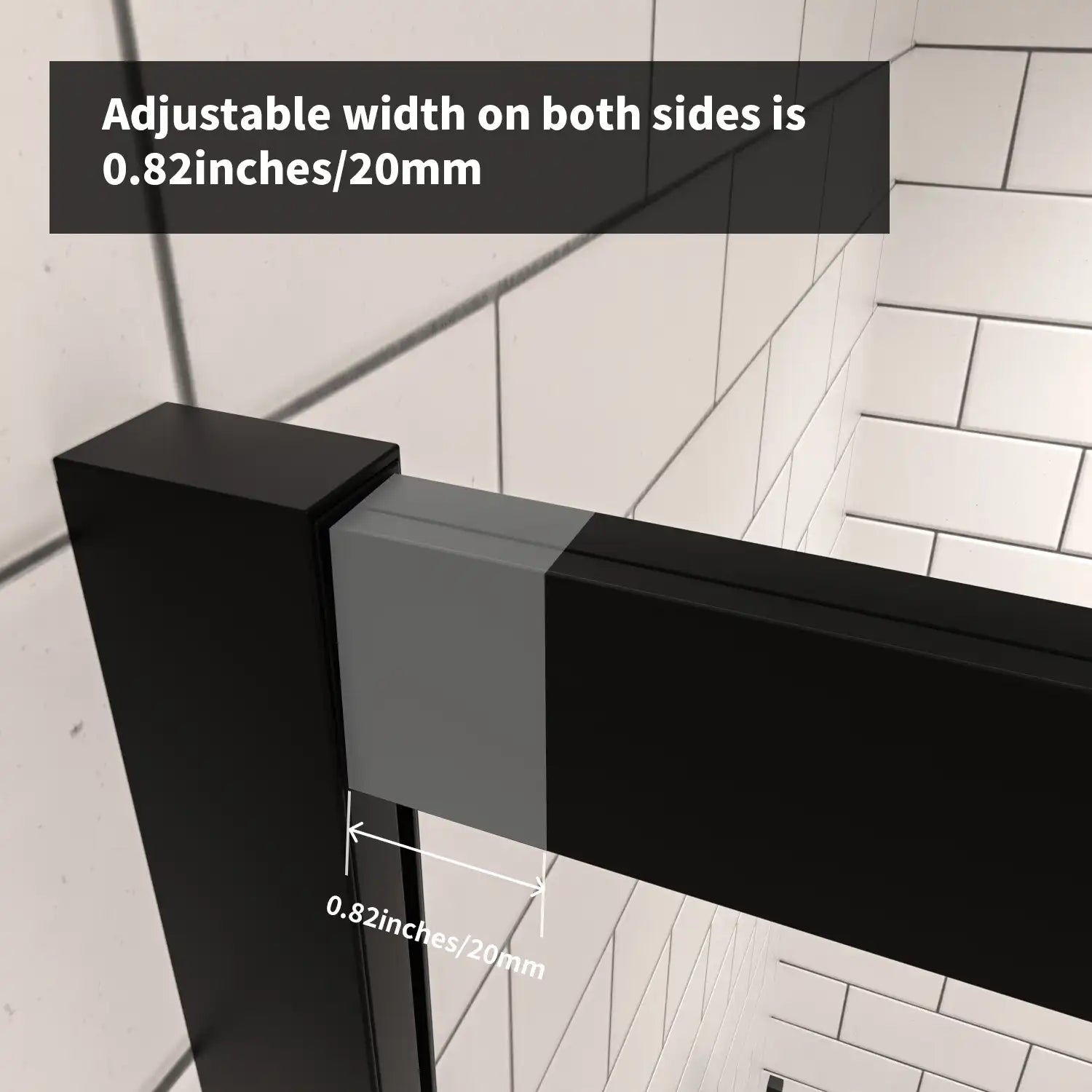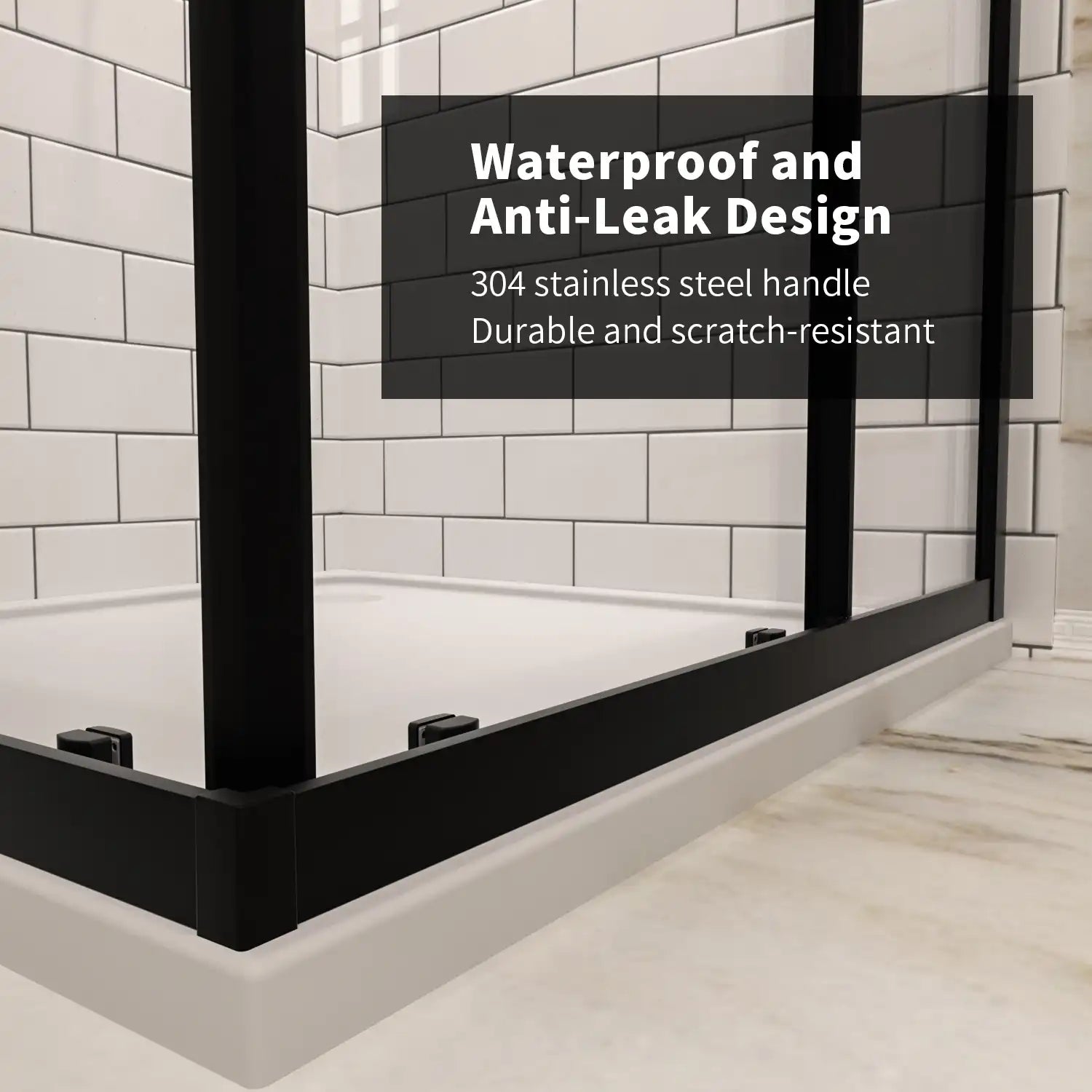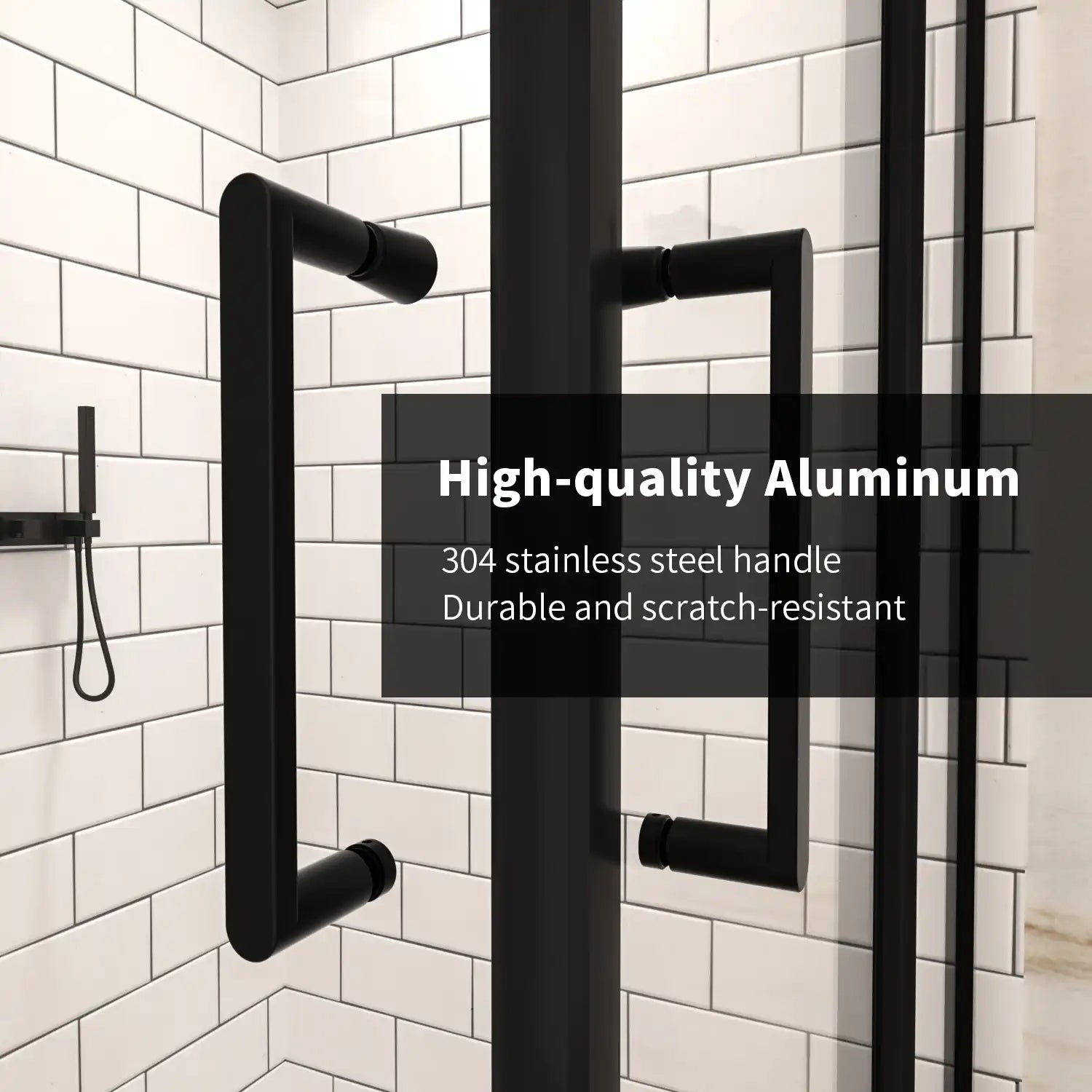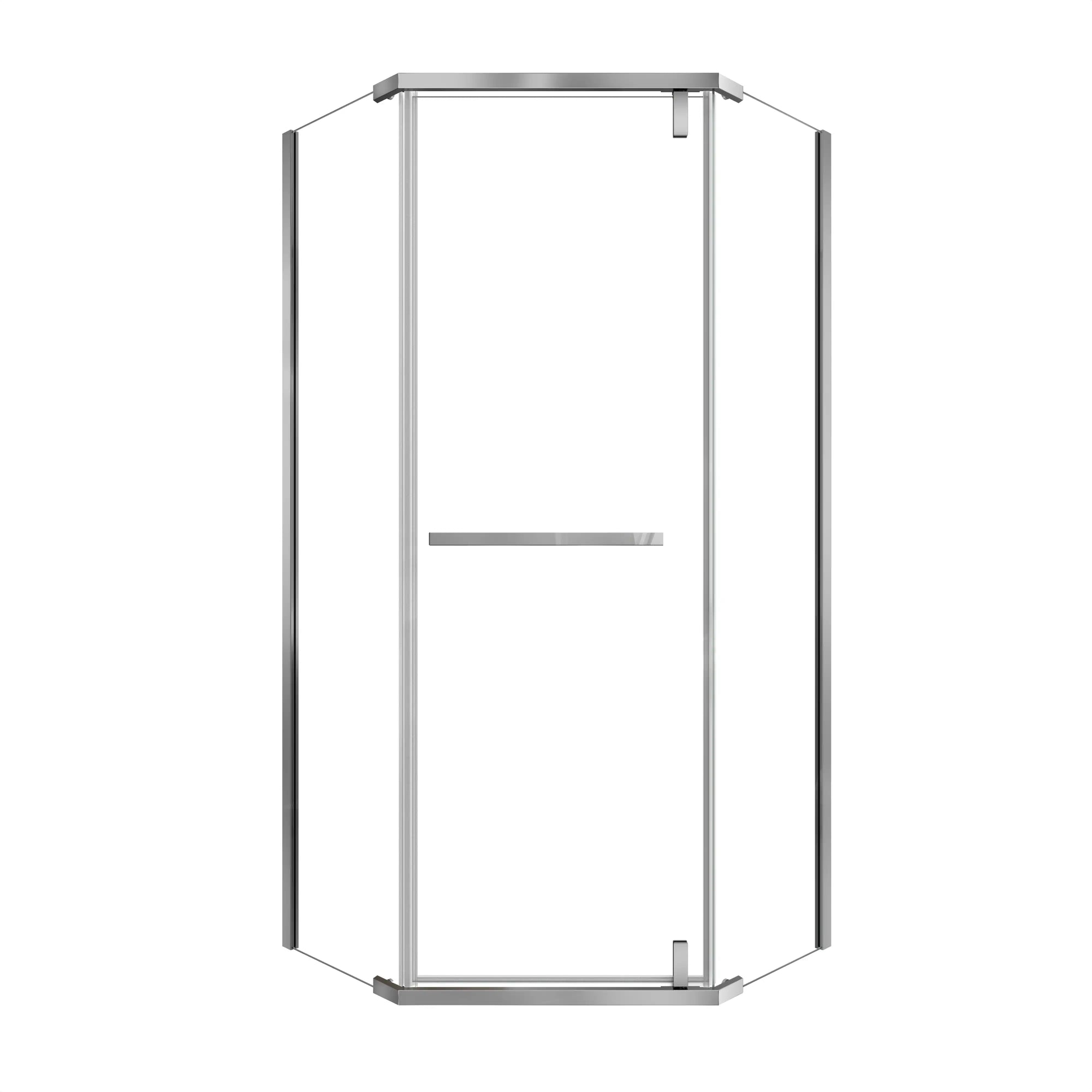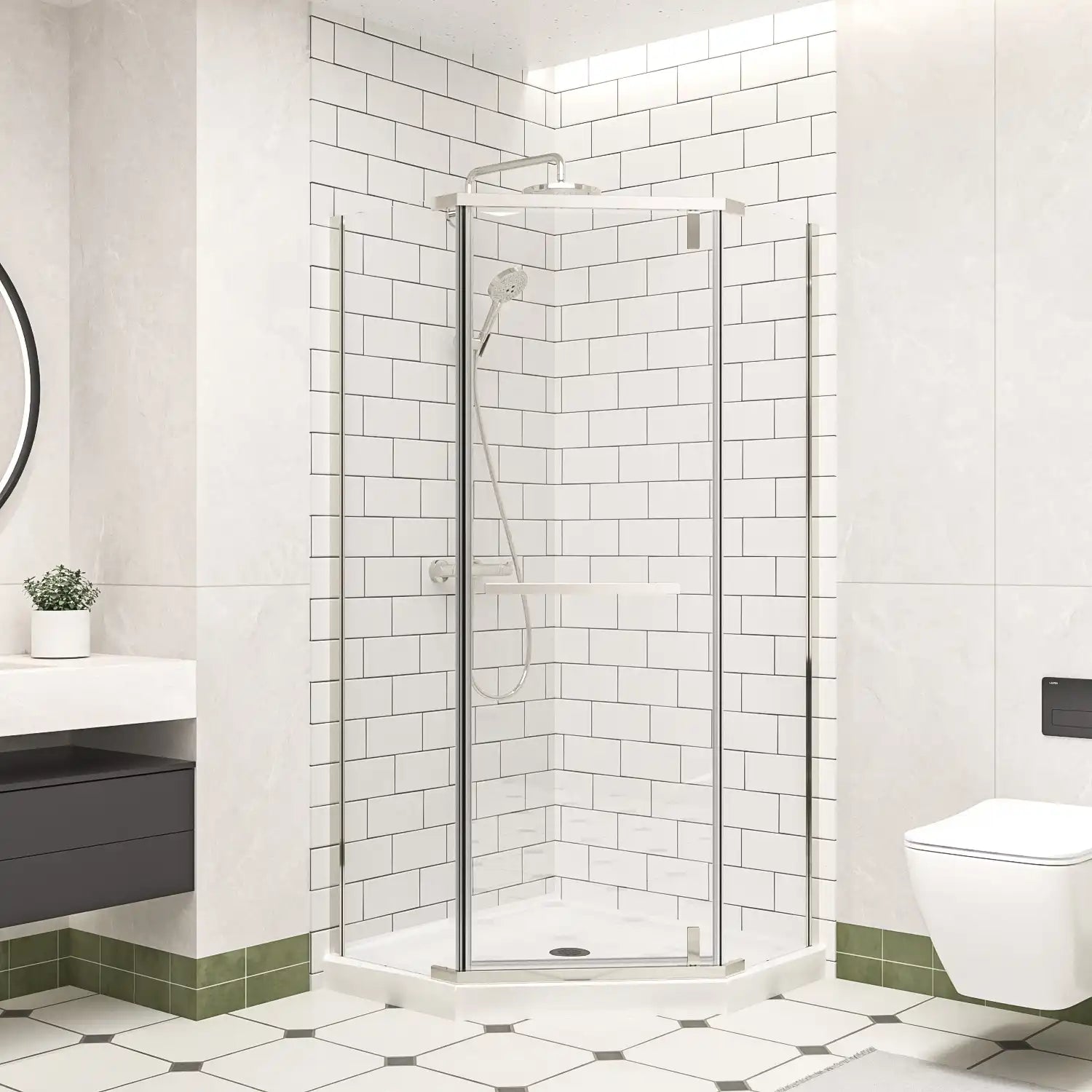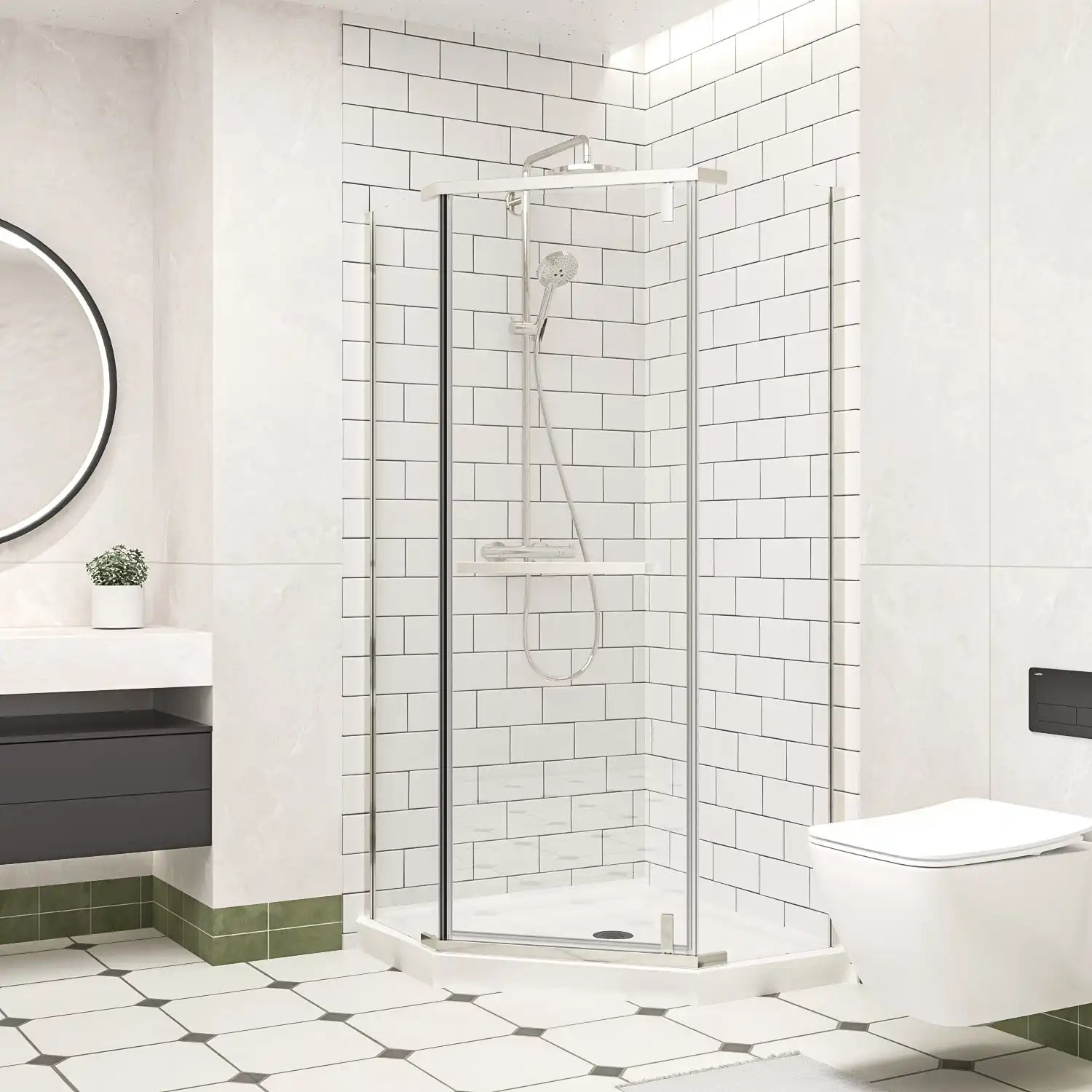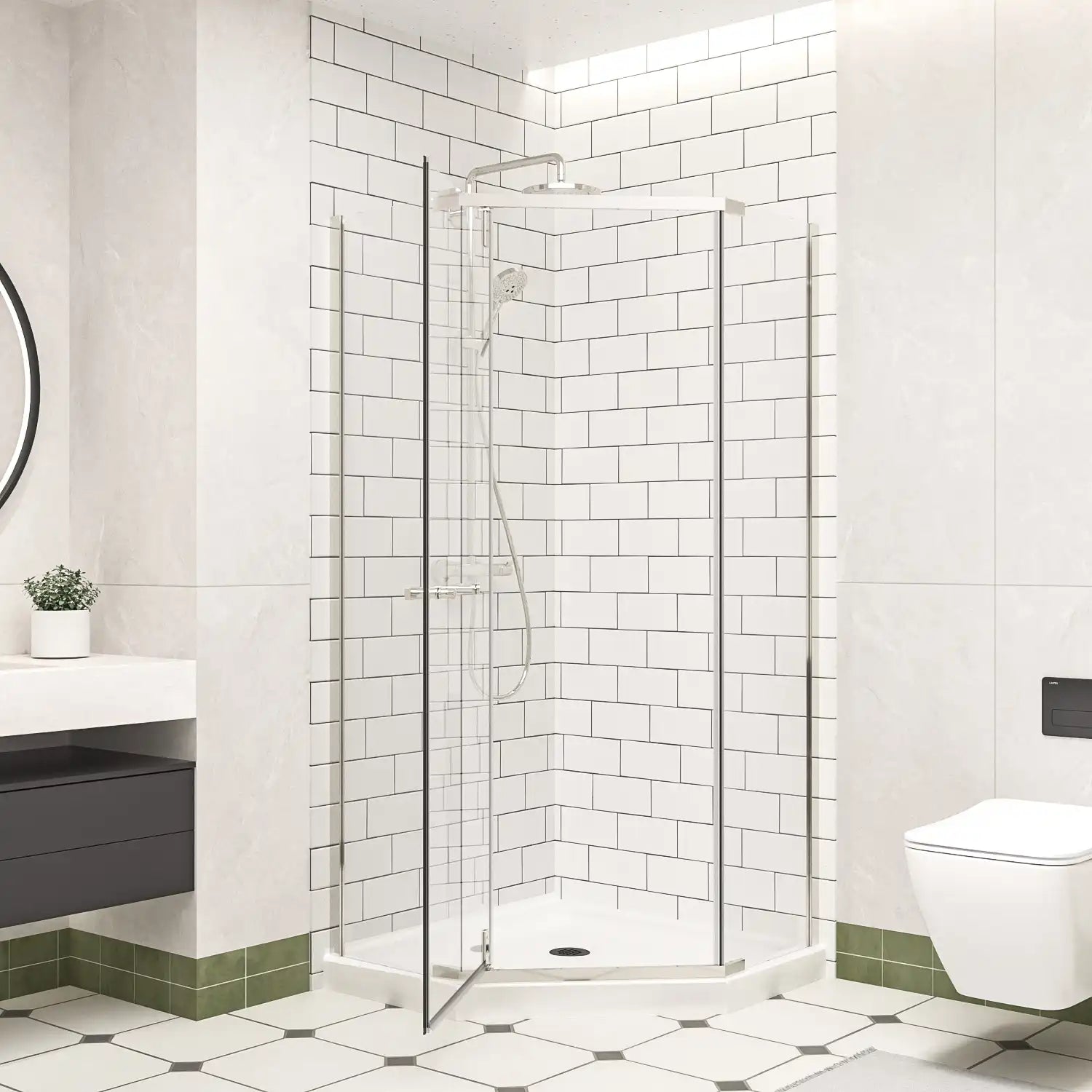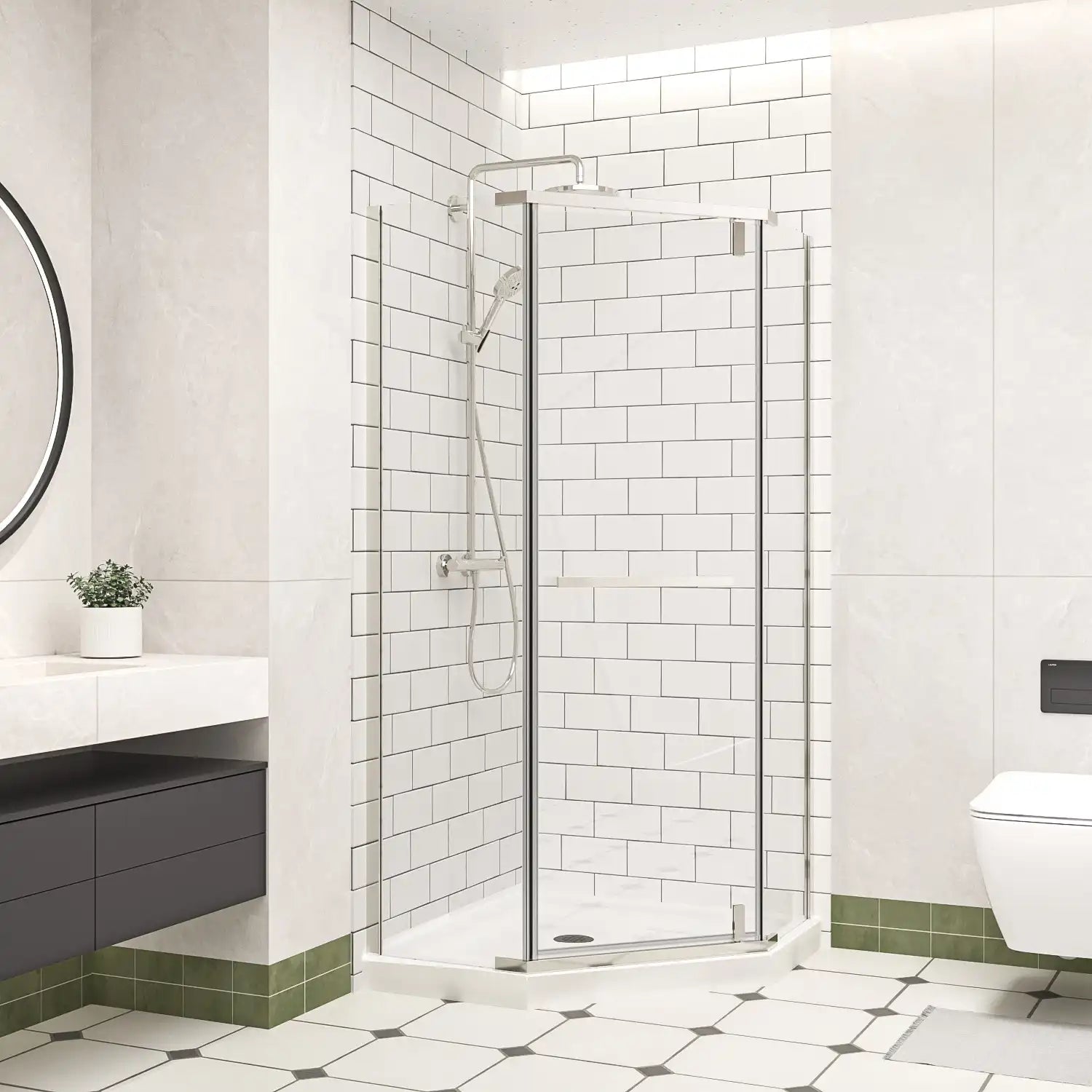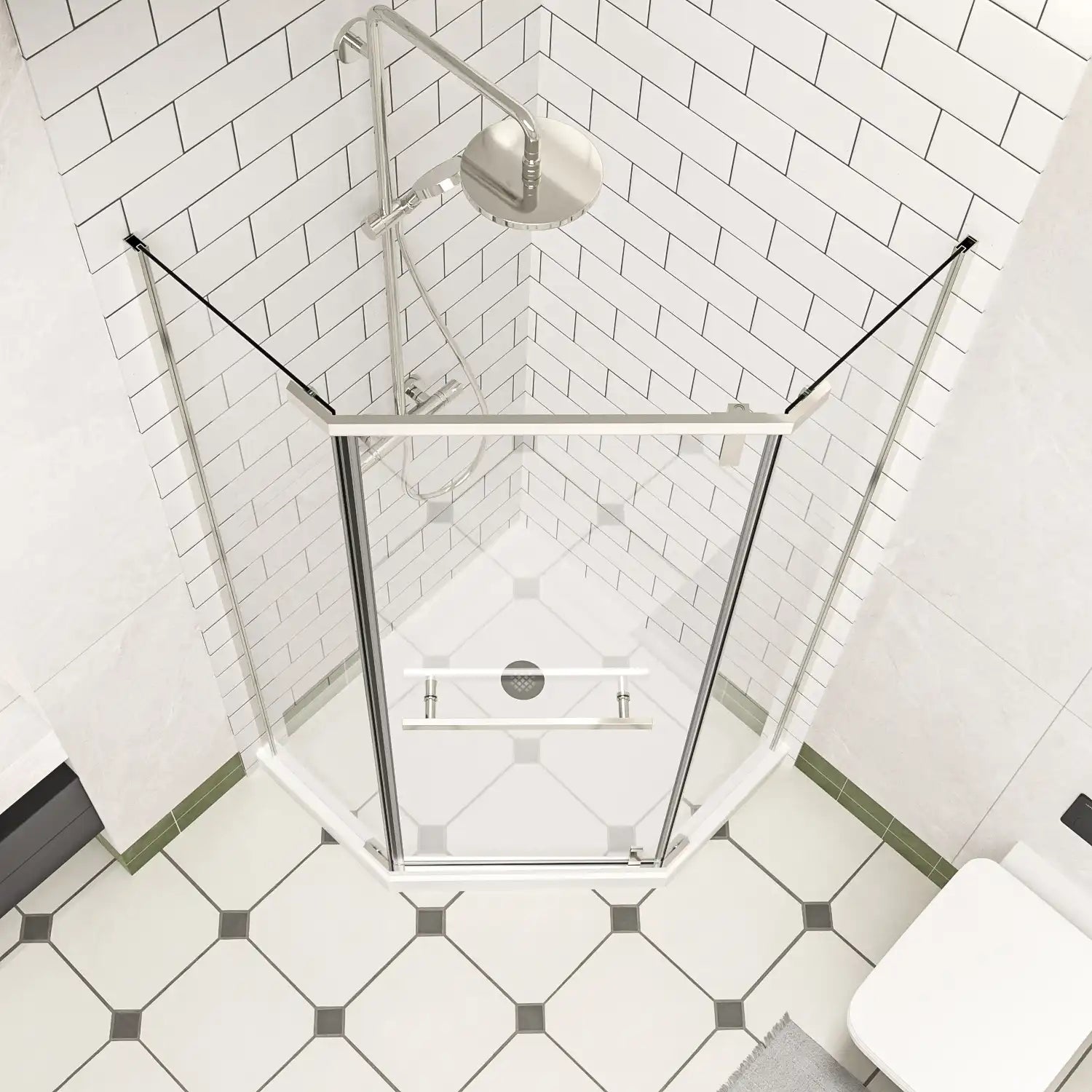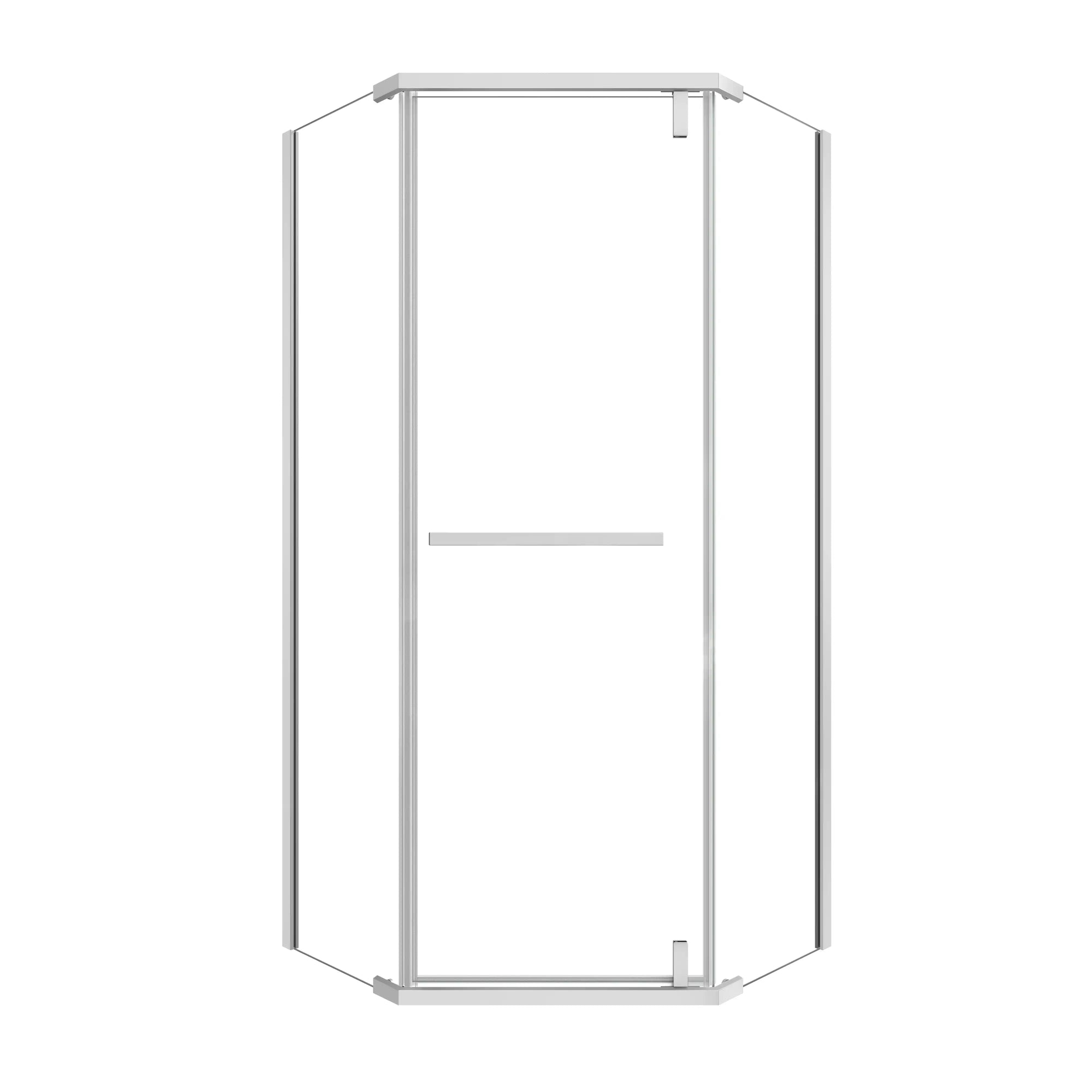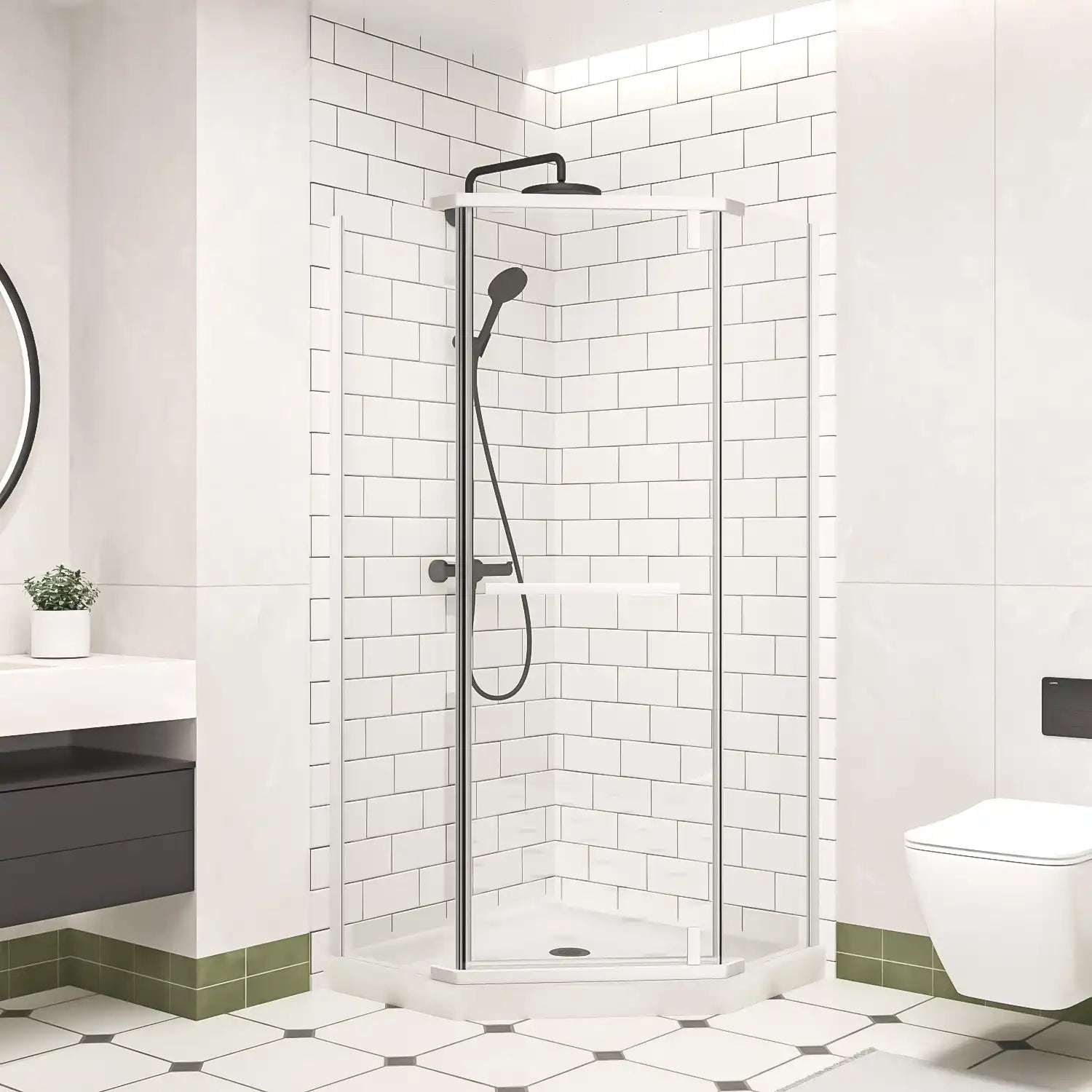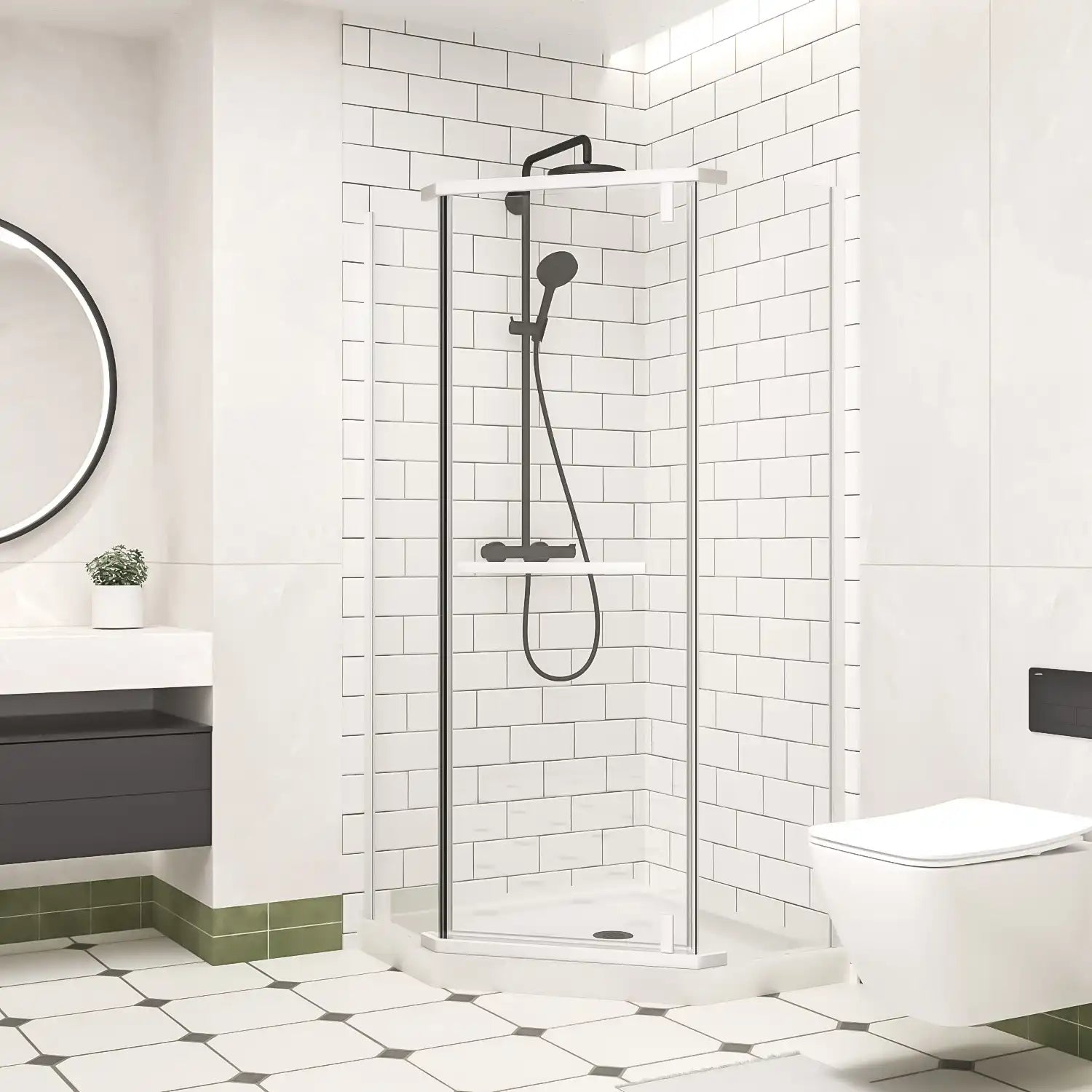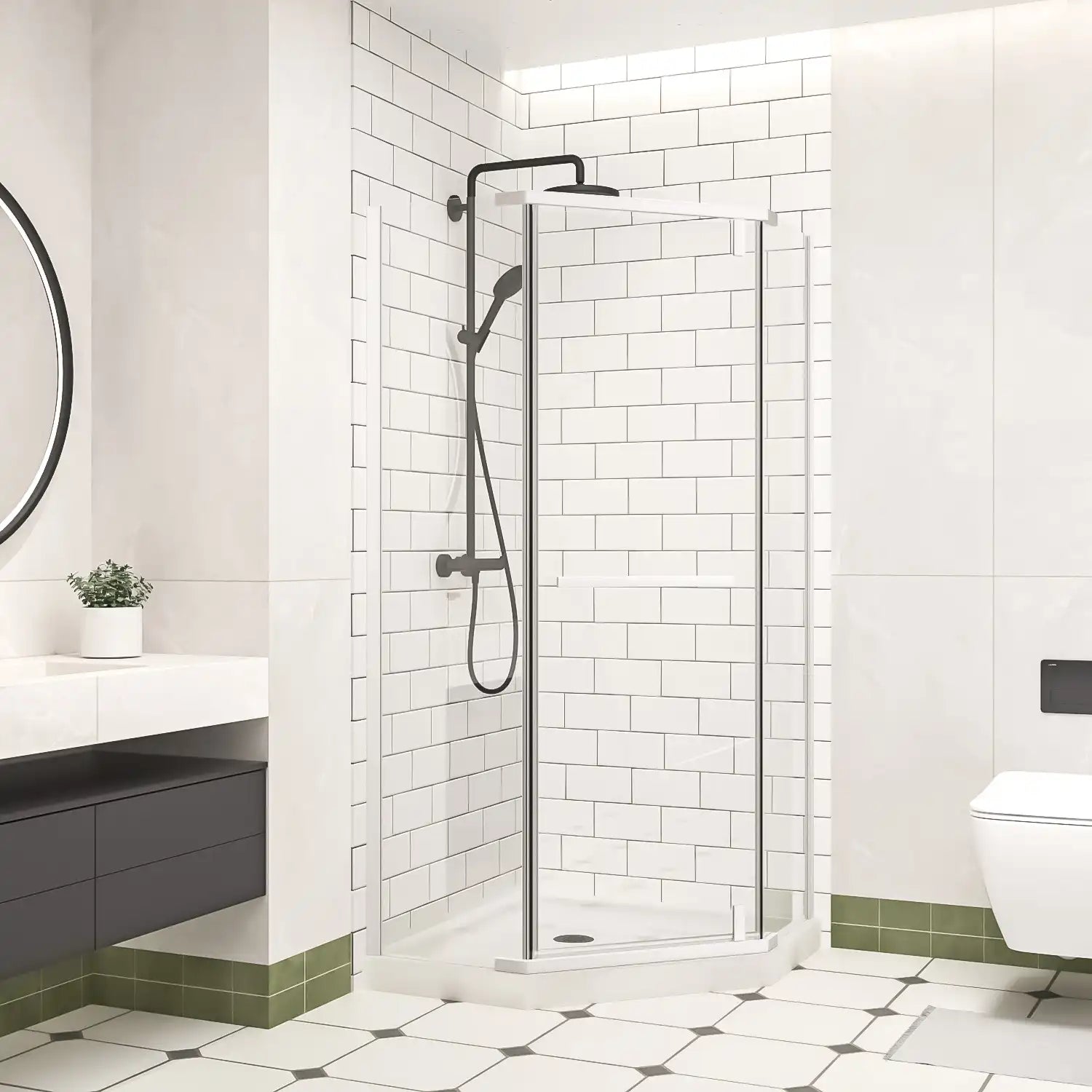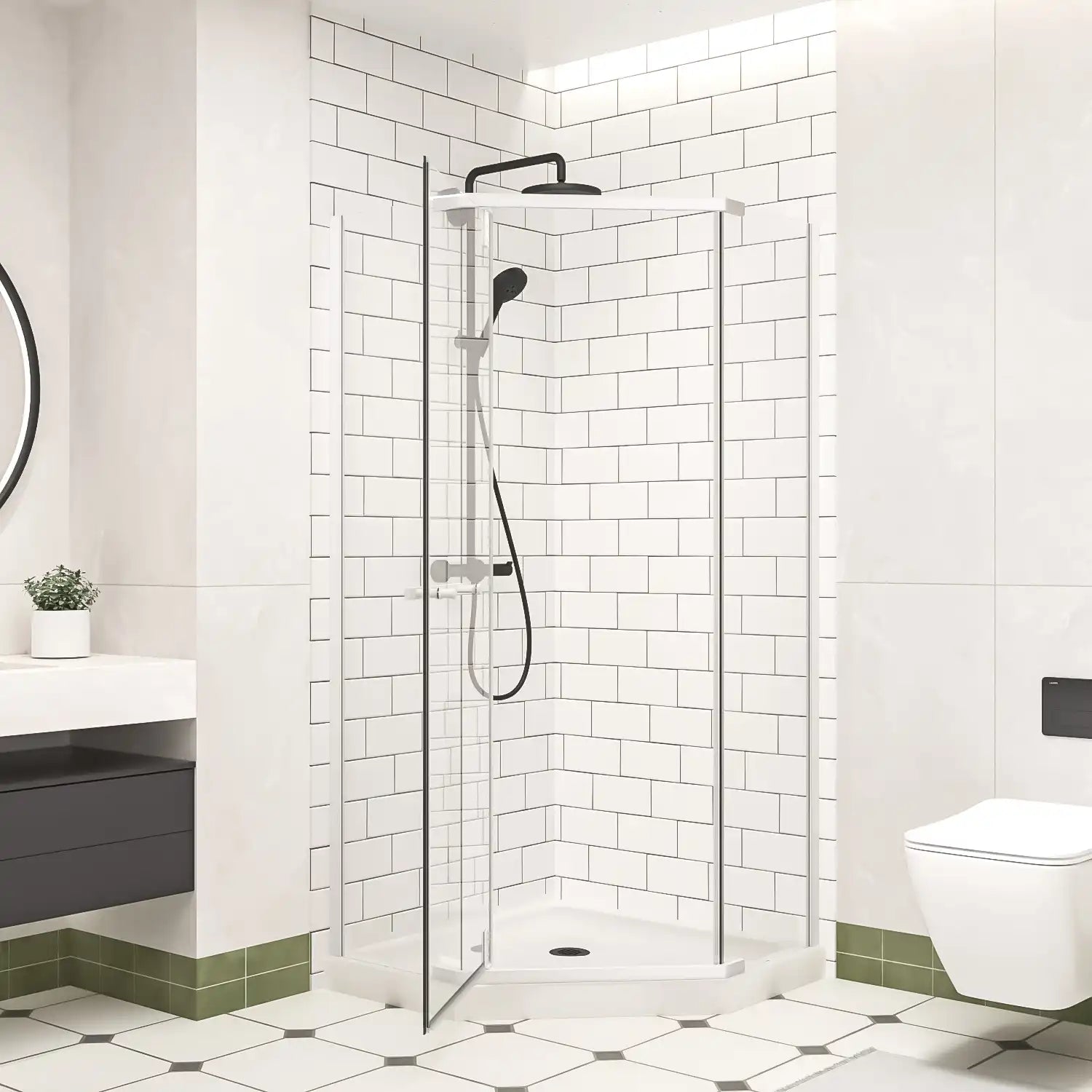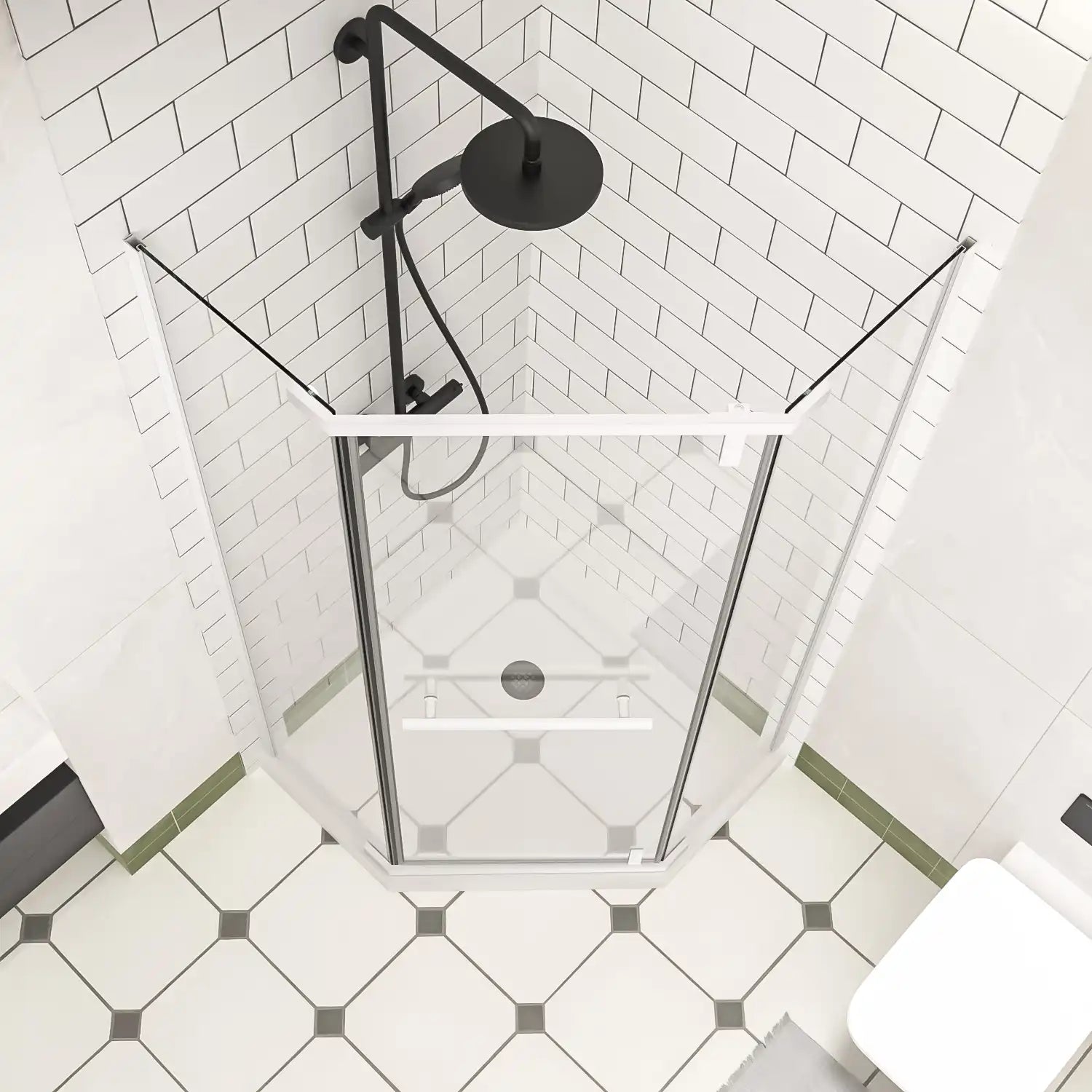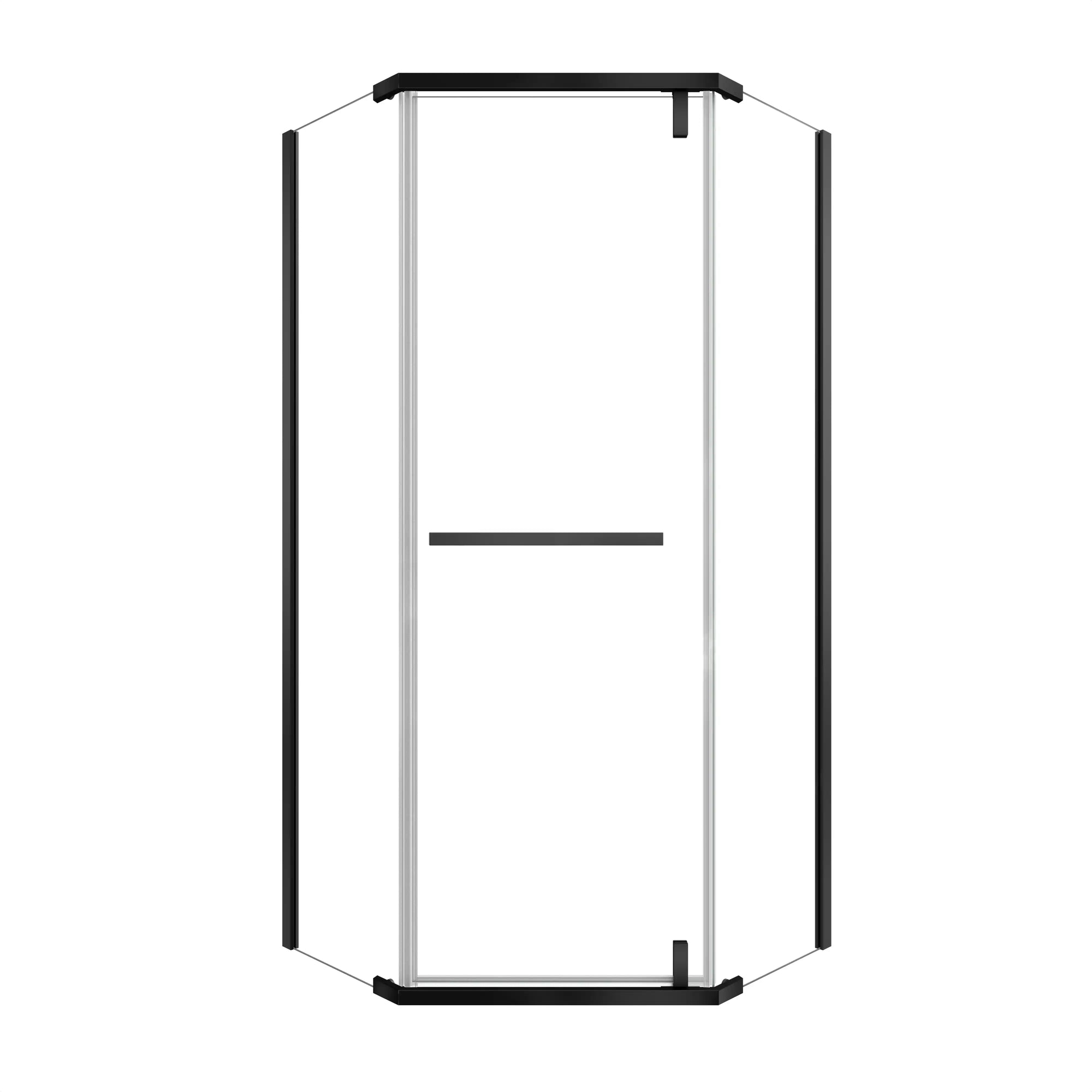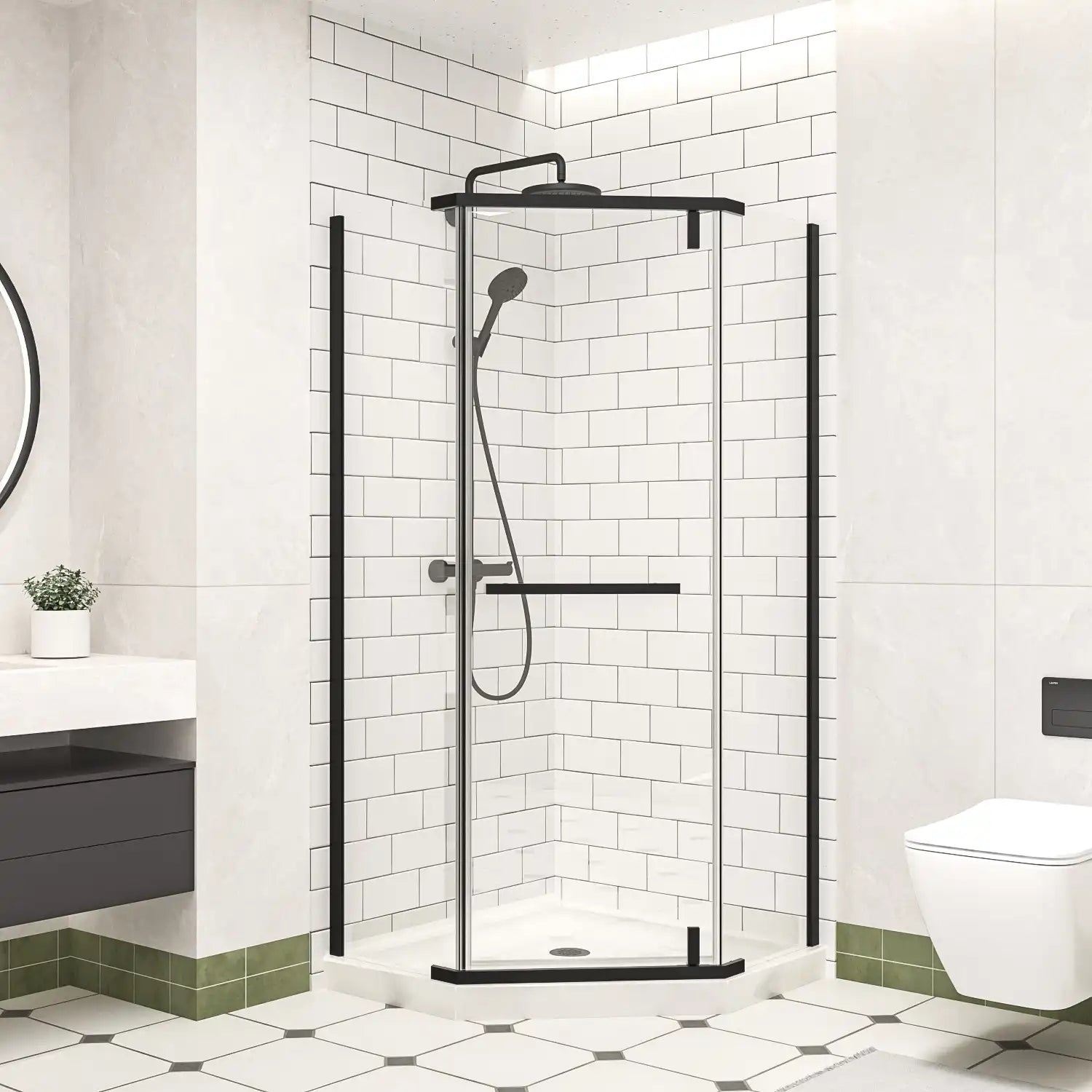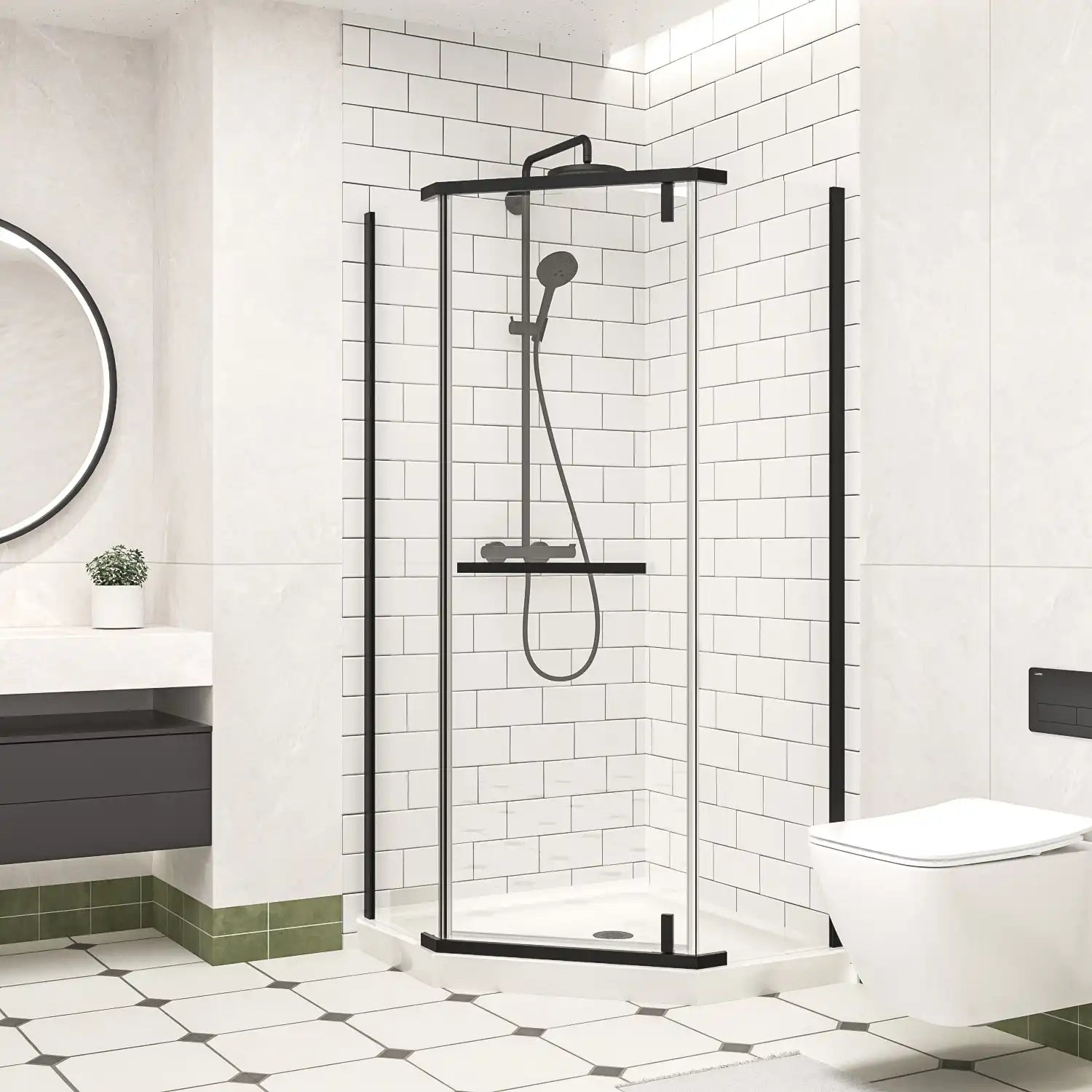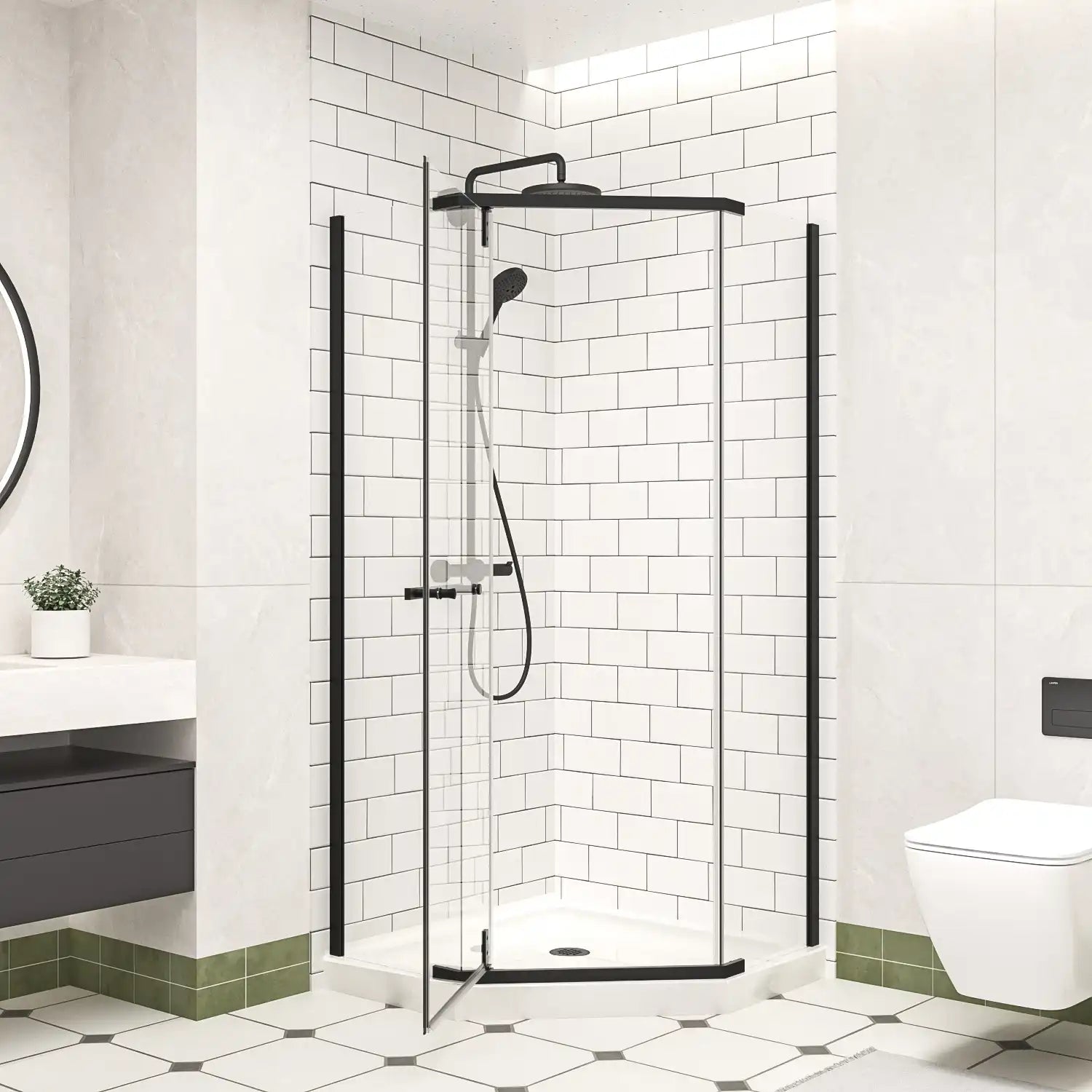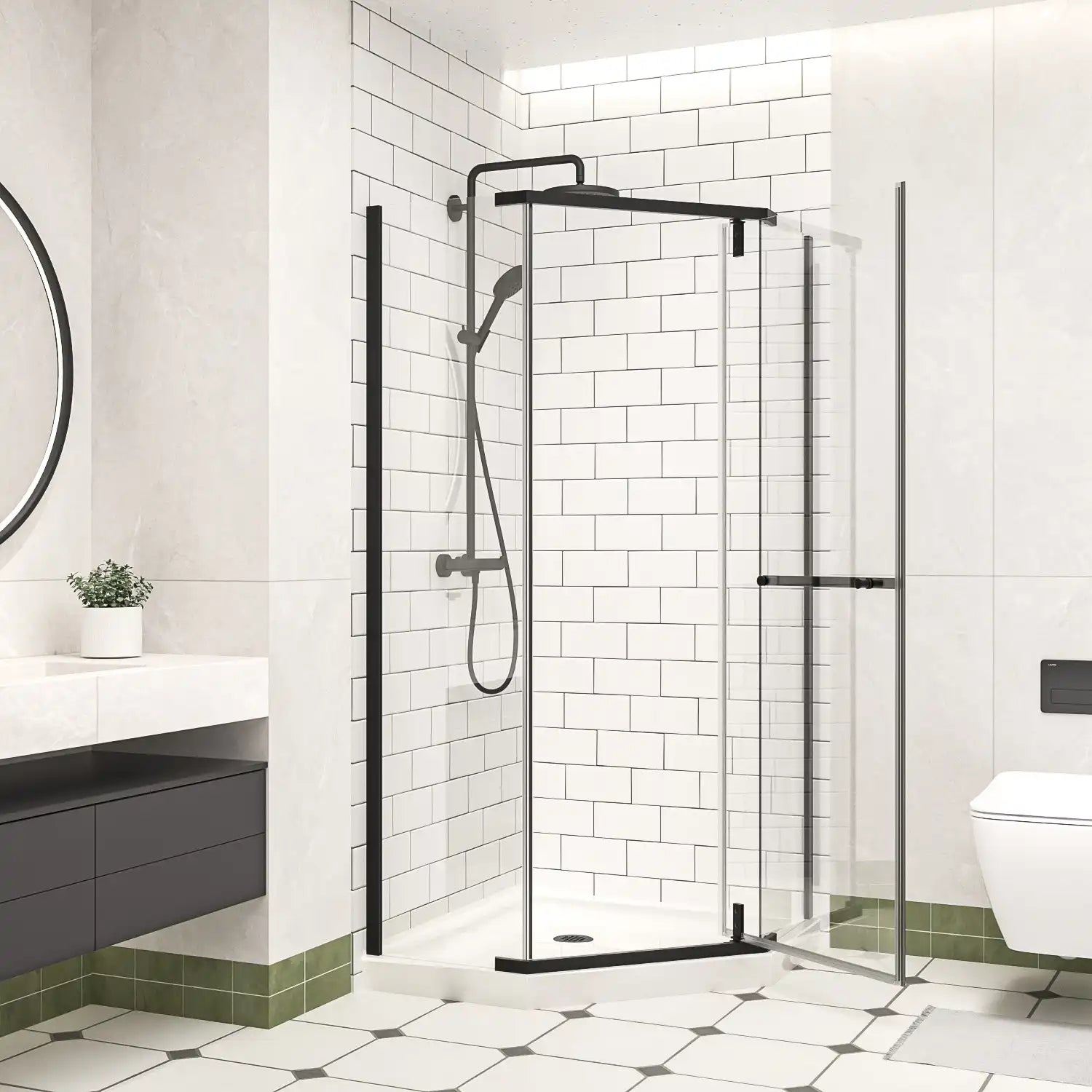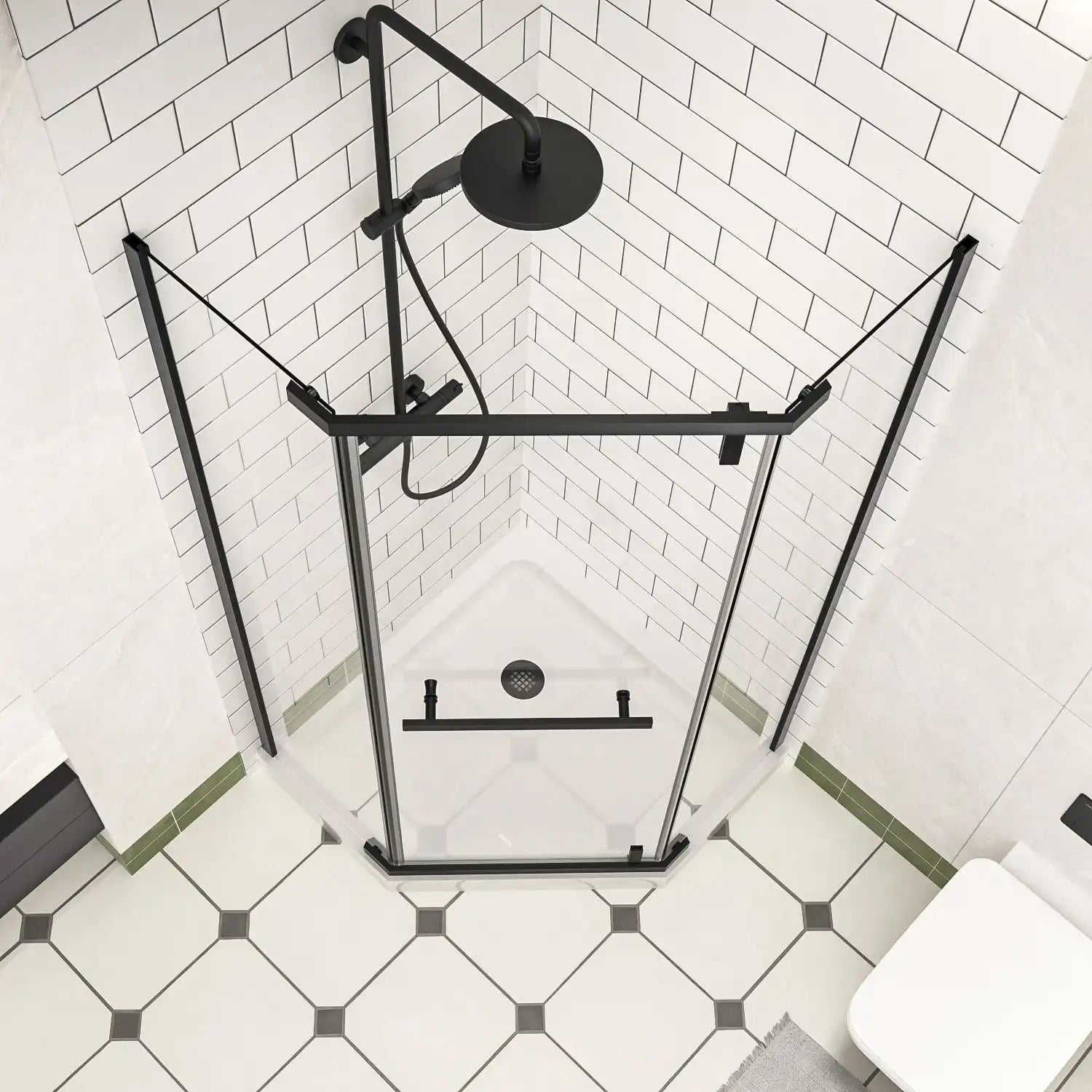Table of Contents
- What Are Acrylic Shower Enclosures?
- Pros of Acrylic Shower Enclosures
- Cons of Acrylic Shower Enclosures
- Acrylic Shower Enclosures vs. Other Options
- Installation & Maintenance Tips
- Frequently Asked Questions
- Final Thoughts
- Related Articles
When you're planning a bathroom upgrade, it's easy to get overwhelmed by all the choices—tile showers, stone systems, glass doors, or full custom builds. Over the years, I've seen many homeowners in the suburbs choose acrylic shower enclosures because they strike a balance between practicality and style. They're durable enough for everyday family use, cost-effective compared to tile or stone, and can be installed with far less disruption to your routine.
If you're like most homeowners I talk to—juggling budget, long-term durability, and a preference for clean, modern design—you may be wondering how acrylic compares to other shower options. In this guide, I'll share what I've learned from working with families just like yours, so you can decide whether an acrylic shower enclosure is the right fit for your bathroom renovation.
What Are Acrylic Shower Enclosures?
In simple terms, acrylic shower enclosures are shower spaces built with lightweight, durable acrylic panels that fit together to create a watertight barrier. Instead of laying tile one by one or cutting heavy stone slabs, these enclosures come as pre-formed panels—usually three or four—that lock into place. From my experience, this design is one of the reasons families appreciate them: installation is faster, cleaner, and often less expensive.
Acrylic itself is a non-porous material, which means it naturally resists mold and mildew, two issues that can become major headaches in busy bathrooms. The surface is smooth, easy to wipe down, and doesn't require the constant resealing that tile grout lines often demand. For homeowners who don't want their weekend swallowed by scrubbing showers, that convenience makes a real difference.
What I've also noticed is how versatile acrylic shower enclosures can be. They're available in a wide range of standard sizes, and many manufacturers offer custom fits for unique layouts—whether you're converting an old bathtub alcove into a walk-in shower or updating a compact guest bath. Paired with glass doors and modern fixtures, they can look just as sleek and contemporary as more expensive materials, while keeping the project well within budget.

Pros of Acrylic Shower Enclosures
Over the years, I've helped many homeowners weigh their bathroom remodeling options, and I've noticed that acrylic shower enclosures consistently come up as one of the smartest compromises between budget, durability, and design. Let's break down the advantages in more detail:
1. Quick and Low-Stress Installation
One of the biggest reasons people choose acrylic is how quickly it can transform a bathroom. While a custom tile shower might leave your bathroom unusable for a week or longer, acrylic panels are pre-formed and designed to snap into place. In most cases, the entire installation is done within one to two days—even if you're converting a bathtub into a walk-in shower. For families who rely heavily on a single bathroom, that shorter downtime can be a lifesaver.
🔰 Tips
If you want the smoothest experience, clear out the bathroom and prep the space in advance. This makes the installation team more efficient and minimizes dust or debris in the rest of your home.
2. Budget-Friendly Without Looking Cheap
Cost is often the deciding factor in any remodel. Acrylic shower enclosures are significantly more affordable than tile or stone systems, which can cost several thousand dollars more when you add in labor. What surprises many homeowners is that, when paired with sleek glass doors and brushed nickel or matte black fixtures, acrylic can deliver a contemporary look that rivals more expensive materials. You get a fresh, modern bathroom without draining your renovation budget.
3. Durable and Family-Proof
While acrylic may be lightweight, it’s tougher than it looks. High-quality acrylic won’t warp, crack, or peel even after years of exposure to steam and hot water. I’ve seen families with children, pets, and frequent guests enjoy their enclosures for well over a decade with minimal issues. Because acrylic is a solid surface, minor scratches are less noticeable than on shiny porcelain, and the panels maintain their color over time.
🔰 Tips
If you want your enclosure to last as long as possible, choose a model with reinforced backing. This adds stability and makes the panels feel more solid under everyday use.
4. Easy to Clean and Maintain
One of the most overlooked advantages is how simple acrylic is to keep clean. Unlike tile showers that require constant scrubbing of grout lines, acrylic surfaces are non-porous and resist mold and mildew. A weekly wipe-down with a mild cleaner is usually enough to keep it looking spotless. For homeowners who would rather enjoy their weekends than spend them scrubbing, this convenience is a major plus.
5. Flexible Sizing and Styles
Acrylic enclosures aren’t limited to one standard shape. They’re available in alcove, corner, and neo-angle configurations, with a wide range of dimensions to suit everything from compact guest baths to spacious master suites. Many manufacturers also offer custom sizing to fit unique layouts or to replace an old tub perfectly. This flexibility allows you to get the most out of your bathroom’s footprint without sacrificing style.
🔰 Tips
When planning your upgrade, take precise measurements of your space—including ceiling height and plumbing placement. This ensures your chosen acrylic enclosure will fit seamlessly, saving time and frustration during installation.
Cons of Acrylic Shower Enclosures
As much as I appreciate the advantages of acrylic shower enclosures, it's important to look at the other side of the equation. Over the years, I've noticed that homeowners who understand these potential drawbacks upfront are much more satisfied with their final choice. Here are the main downsides to consider:
1. Limited Design Variety
Acrylic simply doesn't offer the same design flexibility as tile or natural stone. Most options come in basic colors—white, beige, or light gray—with smooth or lightly textured finishes. If your vision for a bathroom remodel involves bold colors, intricate mosaics, or high-end natural textures, acrylic may not deliver that level of design freedom.
2. Soap Scum and Water Spots
Although acrylic's non-porous surface resists mold and mildew, it does tend to show soap scum and hard water marks more easily than porcelain or stone. If not cleaned regularly, these streaks can dull the overall look of your shower.
🔰 Tips
Keeping a small squeegee in the shower and giving the panels a quick wipe after each use can dramatically reduce buildup and make weekly cleaning much easier.
3. Installation May Require Wall Adjustments
Because acrylic panels are pre-formed, they don’t always align perfectly with older bathrooms where walls aren’t square or dimensions don’t match standard sizes. In these cases, contractors may need to adjust the drywall or add shims to ensure a snug, watertight fit. While not a dealbreaker, this can add extra labor and cost.
4. Susceptible to Scratches and Dents
Acrylic is durable in day-to-day use, but it’s softer than porcelain or stone. That means dropping a sharp object, using an abrasive scrubber, or even dragging a metal shower caddy against the wall could leave scratches. These blemishes don’t usually affect performance, but they can impact the appearance.
🔰 Tips
Minor scratches can often be buffed out with a simple acrylic repair kit, which is inexpensive and easy to use. Keeping one on hand can extend the life of your enclosure.
5. Perception of Being “Lower-End”
Some homeowners (and even some buyers in the real estate market) still view acrylic as a budget material compared to tile or natural stone. Even though modern acrylic looks sleek and performs well, this perception may matter if you're upgrading with resale value in mind.
Acrylic Shower Enclosures vs. Other Options
When deciding whether acrylic shower enclosures are right for your home, it helps to see how they stack up against the other popular choices: tile, stone, and full-glass systems. Each has its strengths, but the "best" option really depends on your priorities—budget, style, or long-term durability.
Quick Comparison at a Glance
| Feature | Acrylic Shower Enclosures | Tile Showers | Stone/Engineered Stone Systems | Frameless Glass Enclosures |
|---|---|---|---|---|
| Cost | $700 – $2,000 Affordable, budget-friendly | $4,000 – $8,000+ Higher, due to labor & materials | $5,000 – $10,000+ Premium pricing | $3,000 – $7,000 High, especially with custom glass |
| Installation Time | 1–2 days (fast) | 1–2 weeks (slow) | 3–5 days | 3–4 days |
| Durability | 10–15 years with proper care | 20+ years if well-maintained | 25+ years, extremely durable | 15–20 years, but hinges & seals may need upkeep |
| Design Options | Limited colors & textures | Unlimited patterns & layouts | Luxury textures & finishes | Sleek, minimal look, but less variety |
| Maintenance | Very easy, wipe clean | Moderate, grout needs scrubbing | Easy, resists stains | High upkeep, water spots & streaks show easily |
My Take from Working with Homeowners
- Acrylic vs. Tile: Tile undeniably offers more design freedom, but the grout maintenance alone is a dealbreaker for many families. I've met plenty of homeowners who started out loving their tile showers and later wished for something easier to clean. Acrylic is less "custom,” but it's much more practical for everyday life.
- Acrylic vs. Stone Systems: Stone (or engineered stone) delivers a premium look and impressive durability, but the cost is significantly higher. For master bath remodels where budget isn't the main concern, stone shines. But in guest baths or secondary bathrooms, acrylic often makes more sense.
- Acrylic vs. Frameless Glass: Frameless glass enclosures look sleek and modern, but they require constant cleaning to avoid water spots. Acrylic walls paired with glass doors strike a good middle ground—you get style without the constant upkeep.
If your goal is to achieve a stylish, durable, and low-maintenance shower without overspending, acrylic is one of the smartest choices you can make.

Installation & Maintenance Tips
One reason many families choose acrylic shower enclosures is that they're simple to install and easy to maintain. Still, from my own experience, a few practical steps can make the difference between a shower that lasts 5 years and one that stays reliable for 15.
Professional Installation Is Worth It
Technically, acrylic panels can be installed by handy DIYers, but I've seen far fewer problems down the road when homeowners bring in a professional. Proper alignment and sealing are critical to avoid leaks. A good installer will also know how to handle walls that aren't perfectly square—something surprisingly common in older homes.
Pick the Right Panel Thickness
Not all acrylic is the same. Thicker panels (¼ inch or more) feel sturdier, resist flexing, and hold up better over time. Thinner panels may save money upfront, but they're more prone to cracking or warping after years of heat and moisture.
Keep Cleaning Simple and Gentle
One of the best features of acrylic is how easy it is to clean. A soft cloth or sponge with mild bathroom cleaner is usually enough. The non-porous surface naturally resists mold and mildew, so you won't be scrubbing grout lines like you would with tile.
Build Small Habits Into Your Routine
Homeowners who do a little upkeep after each shower almost never struggle with soap scum or hard water stains. It doesn't take much—just a quick wipe-down can keep the walls clear and shiny.
🔰 Tips
Keep a squeegee or microfiber cloth right in the shower. Spending 30 seconds after each use can save you hours of heavy scrubbing later.
Don’t Forget About the Seals
Even if the acrylic panels themselves hold up well, the caulking and seals around the edges need occasional attention. Inspect them once or twice a year. Replacing or resealing small gaps is inexpensive and can prevent costly water damage behind the walls.
Frequently Asked Questions
1. Are acrylic shower enclosures durable enough for family use?
2. How much do acrylic shower enclosures cost on average?
3. Do acrylic shower enclosures look cheap?
4. Are they easy to clean and maintain?
5. Can I install an acrylic shower enclosure myself?
6. Will installing acrylic affect my home’s resale value?
Final Thoughts
When it comes to bathroom upgrades, the "right" choice often depends on what matters most to you—budget, style, or long-term durability. After working with many families over the years, I've found that acrylic shower enclosures hit a sweet spot for homeowners who want a modern, practical solution without overspending.
They may not have the unlimited design options of tile or the luxury appeal of stone, but they make up for it with quick installation, easy maintenance, and a price point that leaves room in the budget for other upgrades. For guest baths, family bathrooms, or even a master bath refresh where convenience and value matter most, acrylic is often the smartest choice.
If you're considering a remodel and wondering how acrylic compares to other shower options, I'd say this: acrylic is not about chasing the most "premium" material—it's about making a smart investment that keeps your bathroom functional, stylish, and easy to live with for years to come.
Related Articles
Looking for more ideas to guide your bathroom upgrade? Here are a few helpful reads you can explore next.
- "Are Barn Door Style Shower Doors Right for Your Bathroom?"
- "Best Shower Doors 2025: Top Frameless, Sliding & Budget Picks"
- "15+ Types of Shower Doors Explained: Pros, Cons & Best Fit for Your Bathroom"
- "Semi Frameless vs Frameless Shower Doors: A Professional Guide to Choosing the Right Style for Your Bathroom"
- "The Ultimate Guide on How to Clean Shower Door Tracks: Methods, Tools & Tips for a Sparkling Bathroom"
- "Why Is This Sliding Shower Door Getting So Many 5-Star Reviews? We Found 4 Key Reasons"


